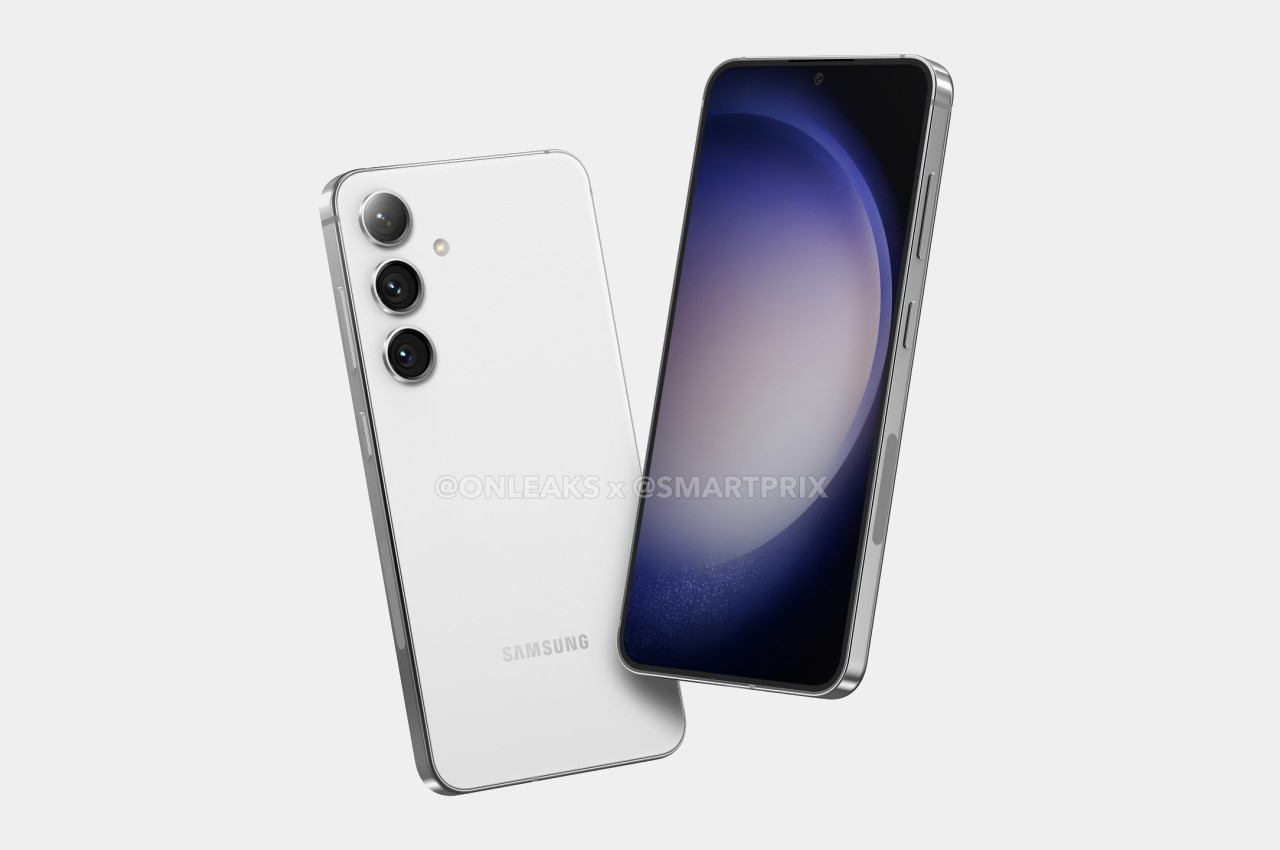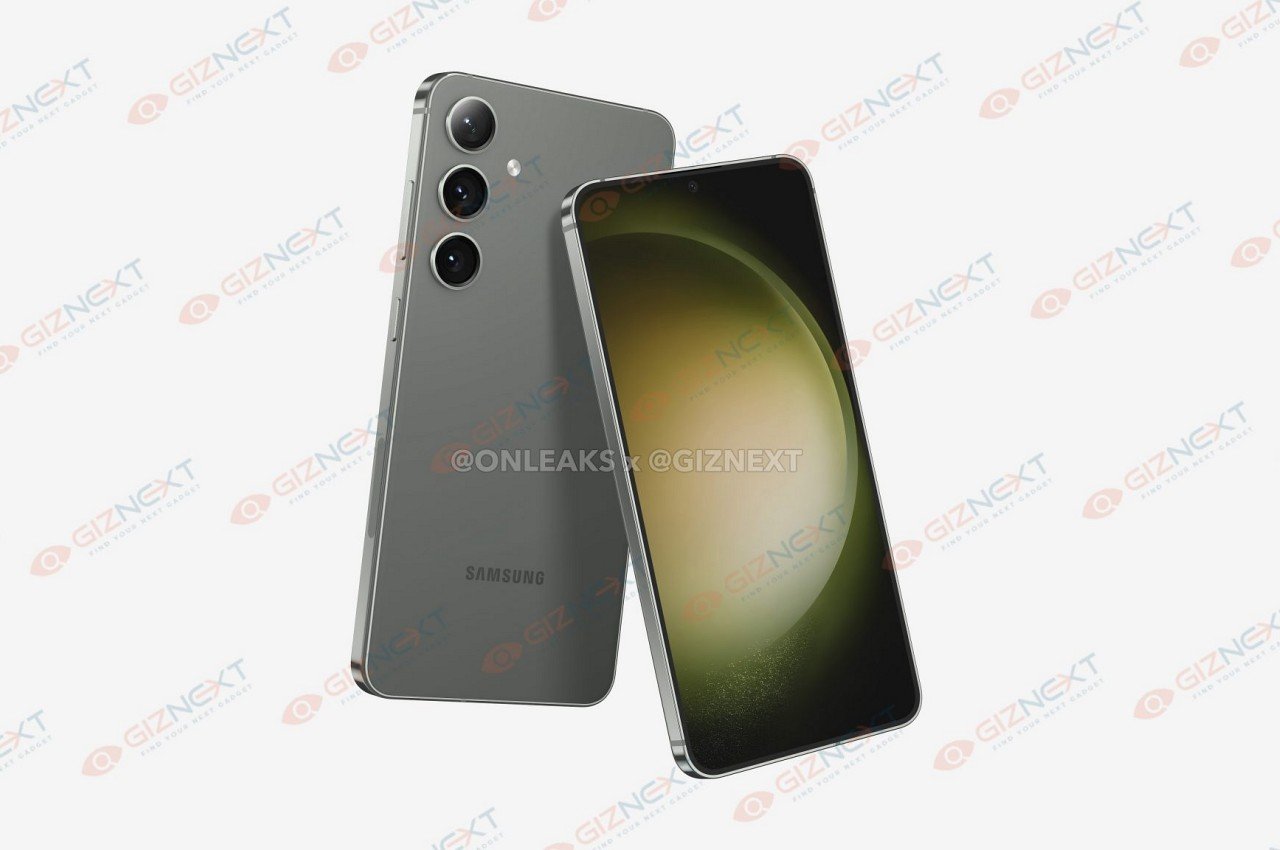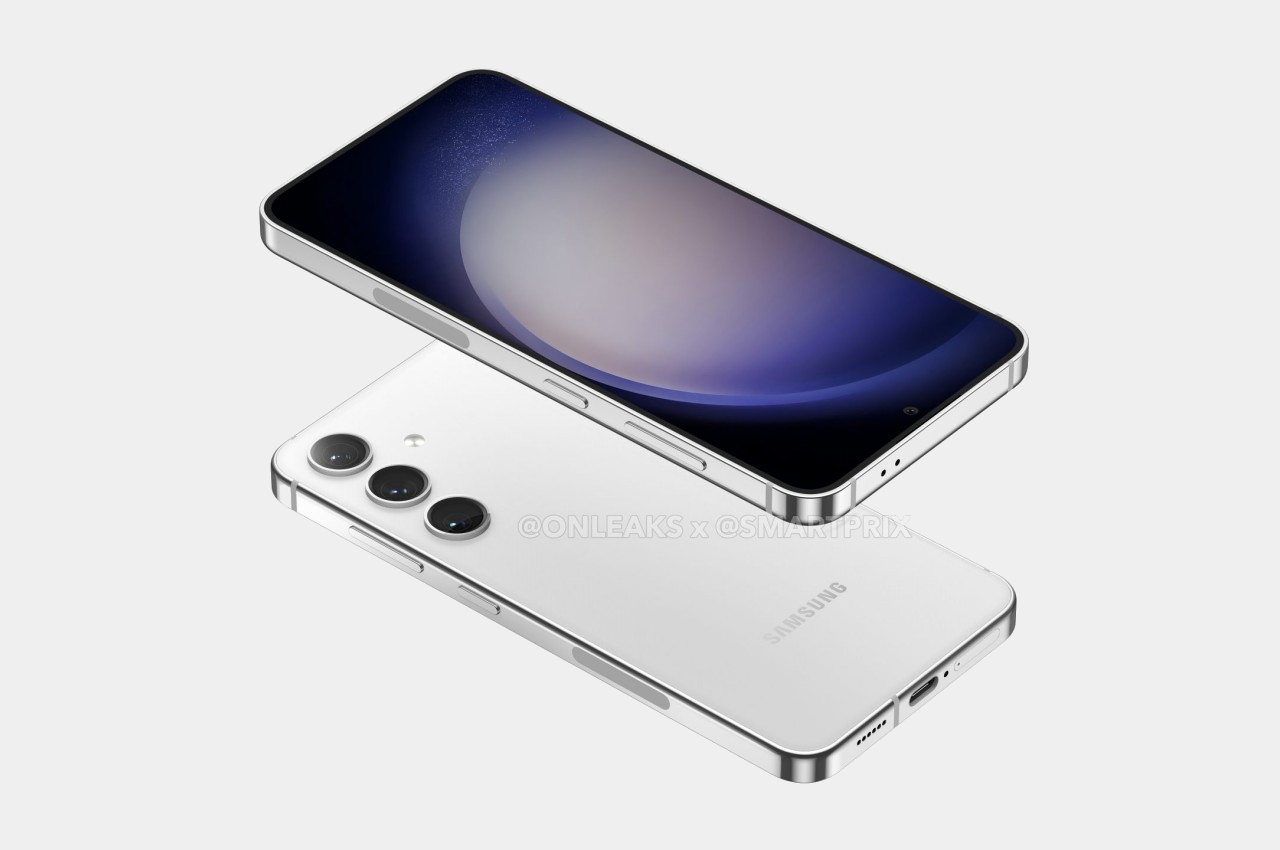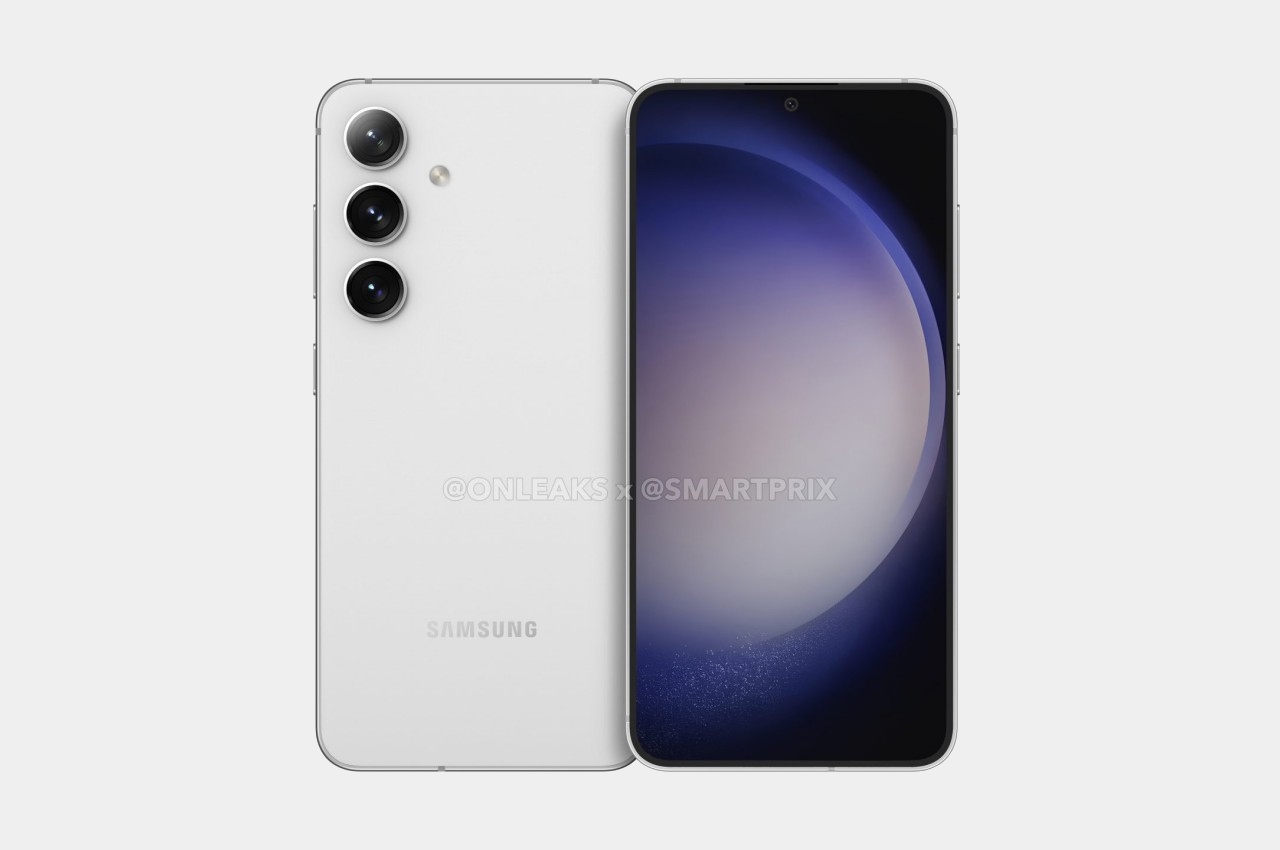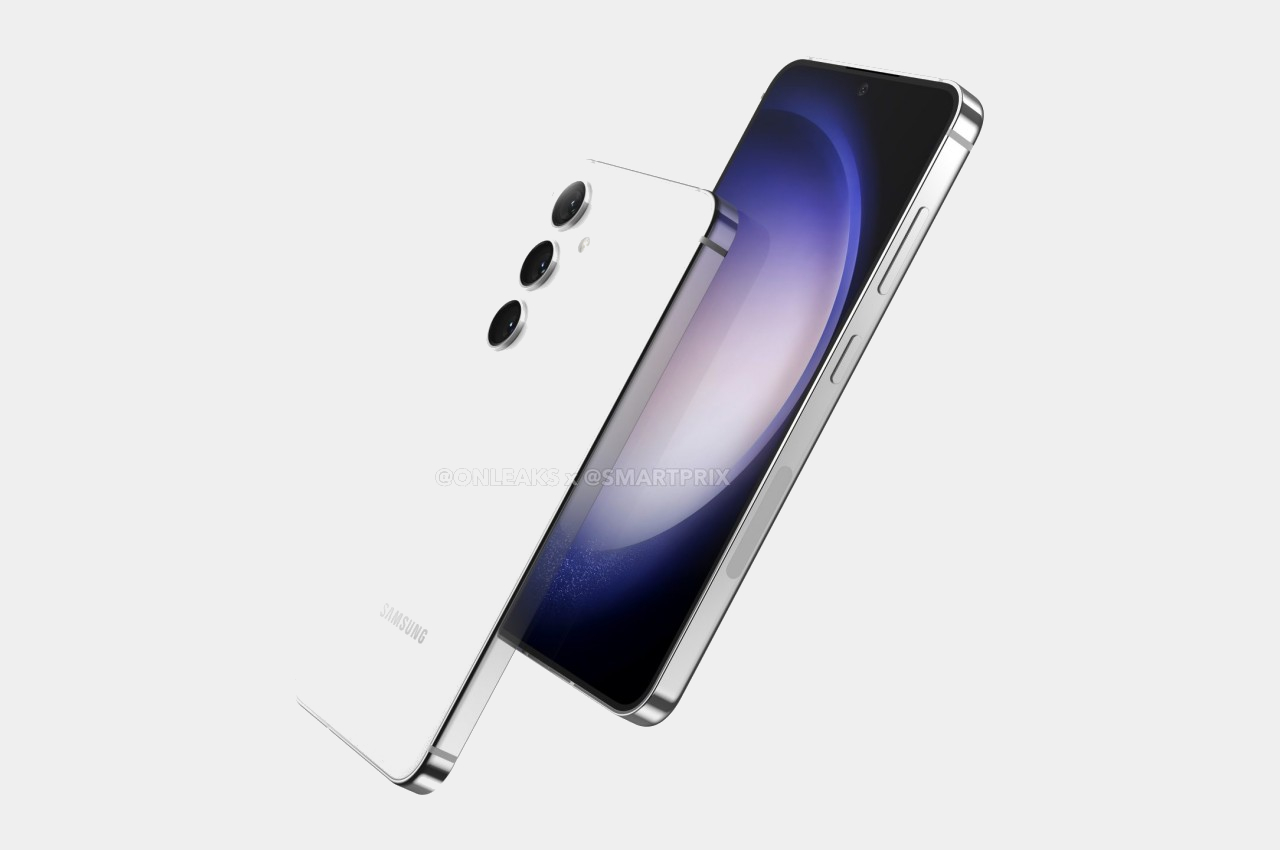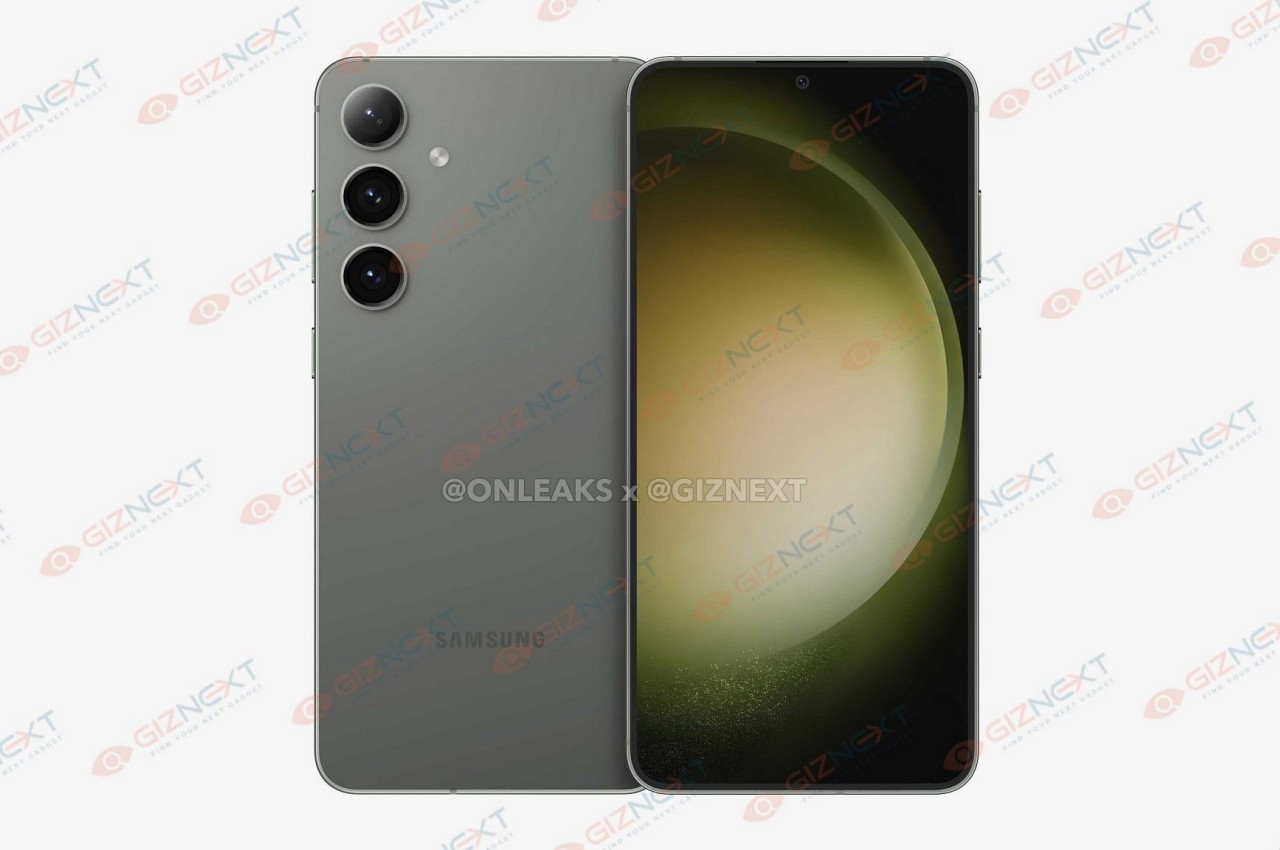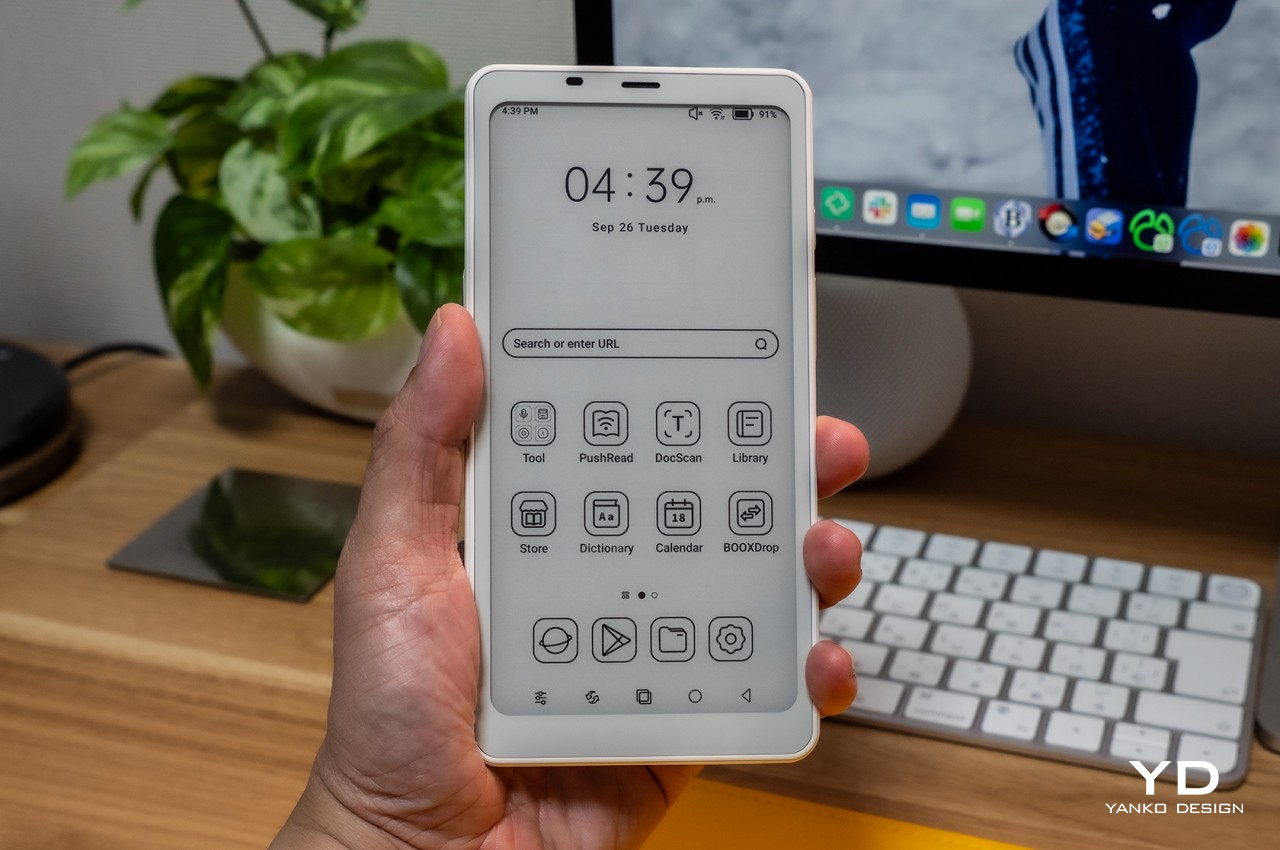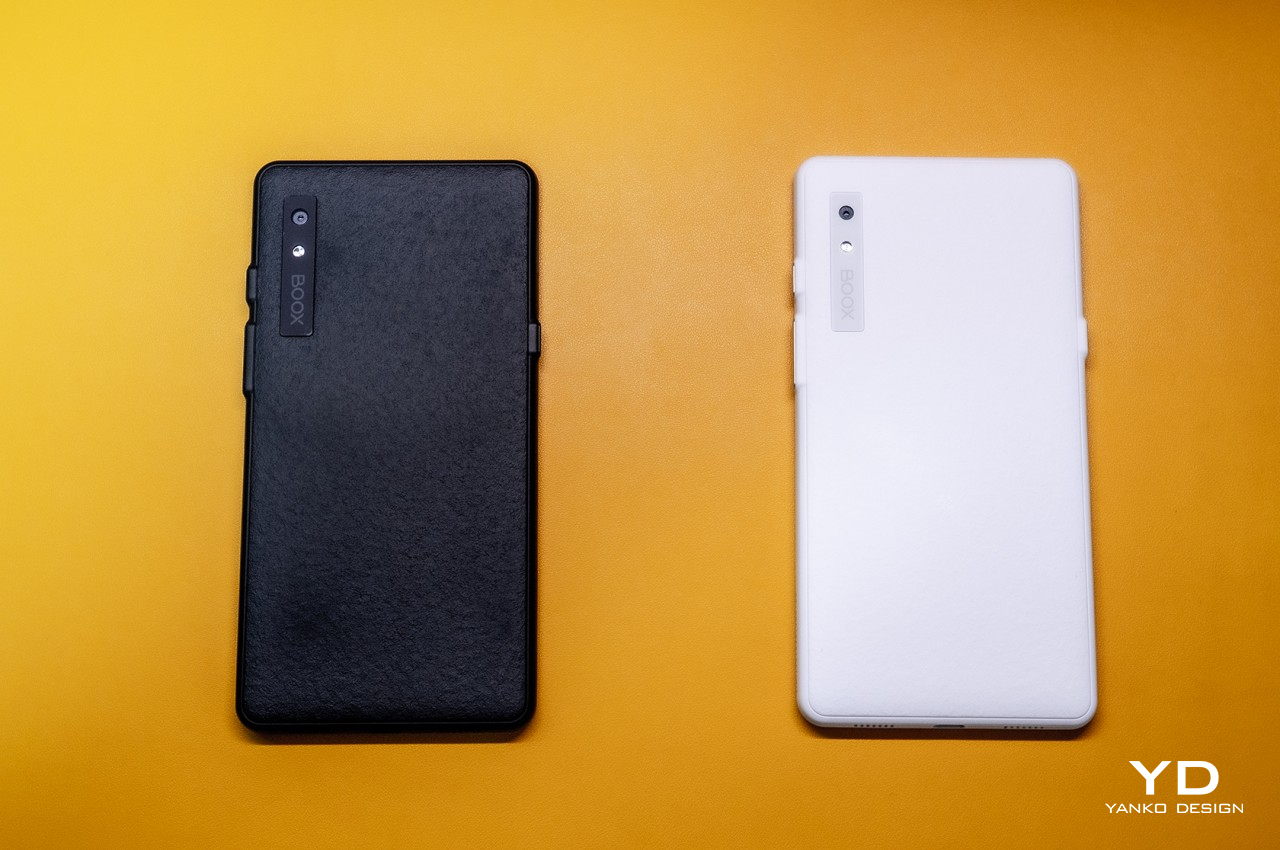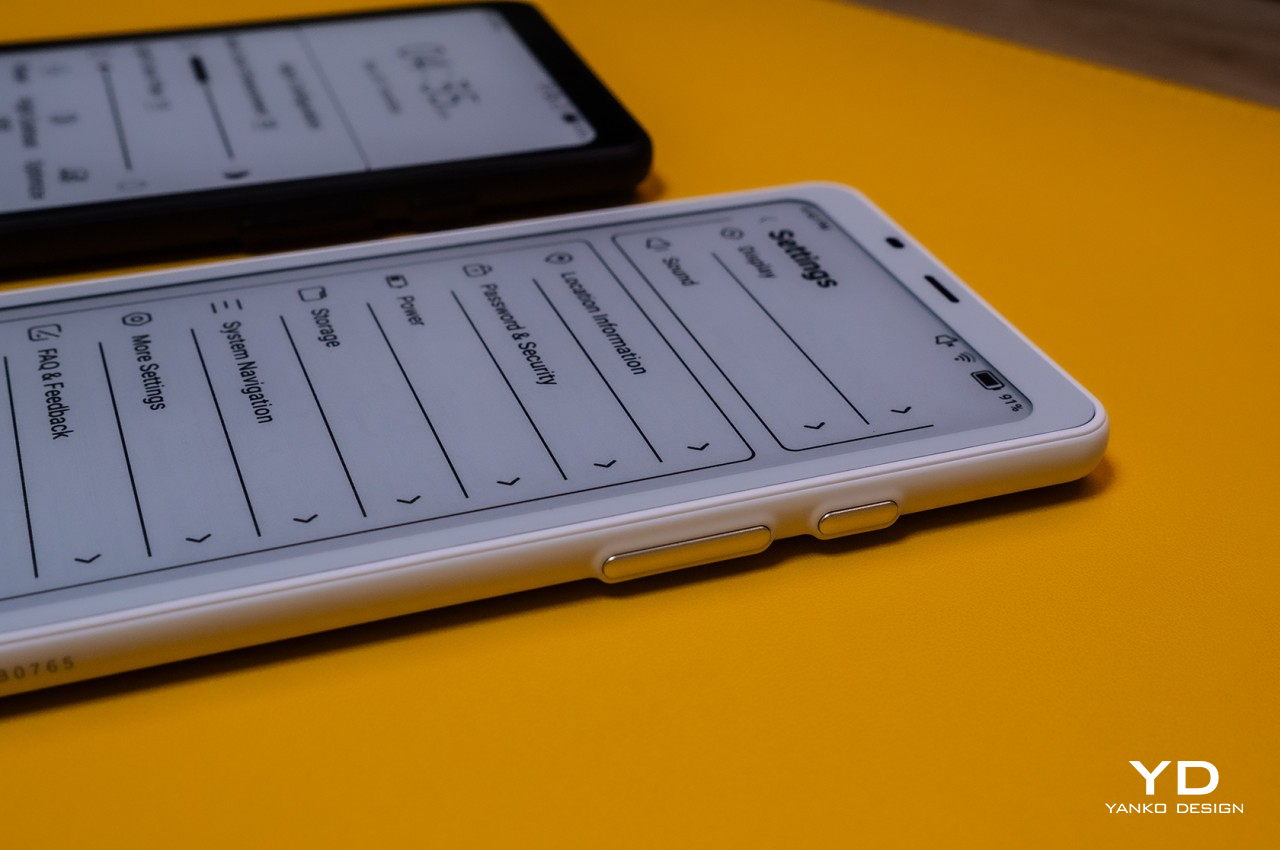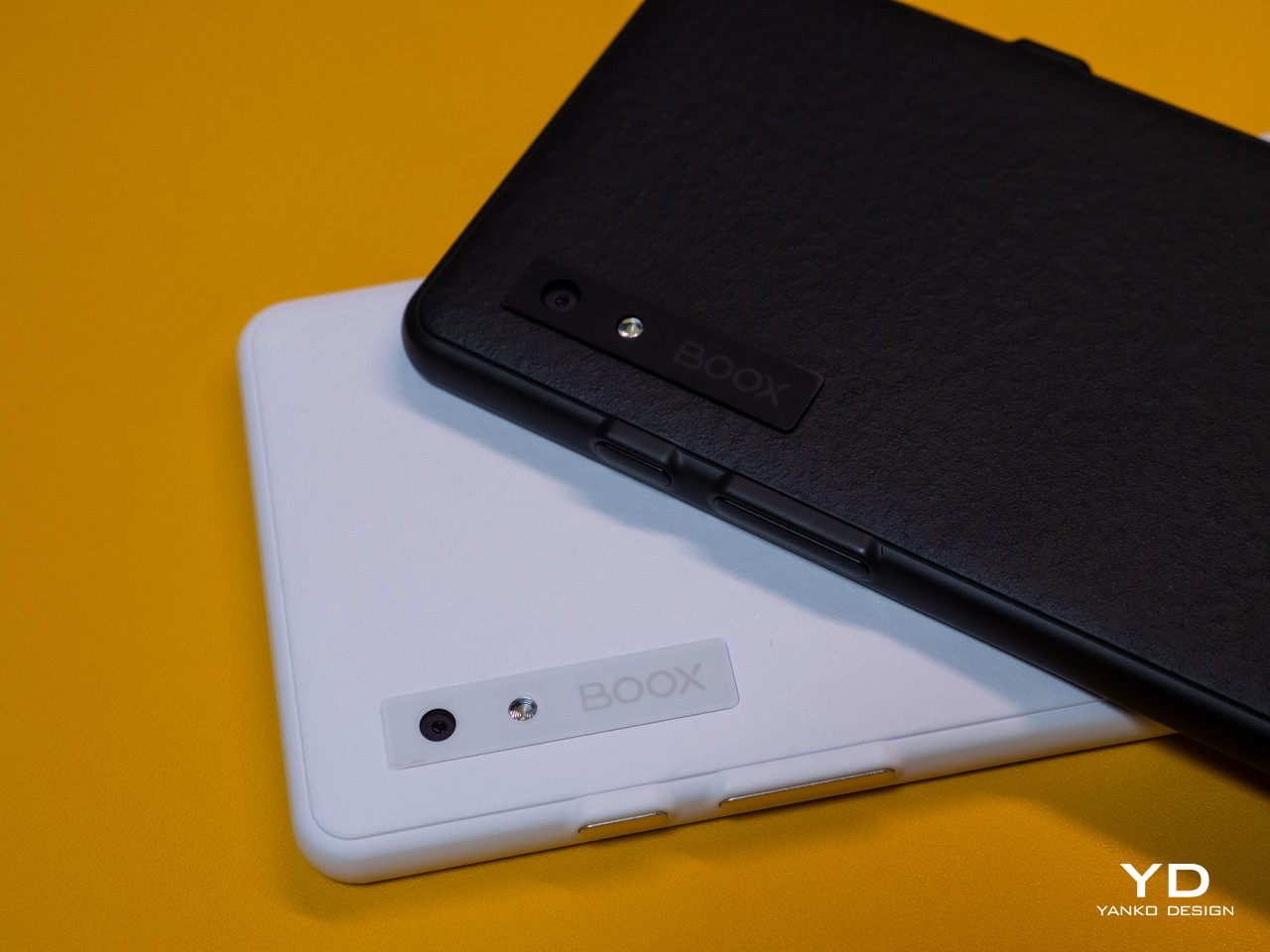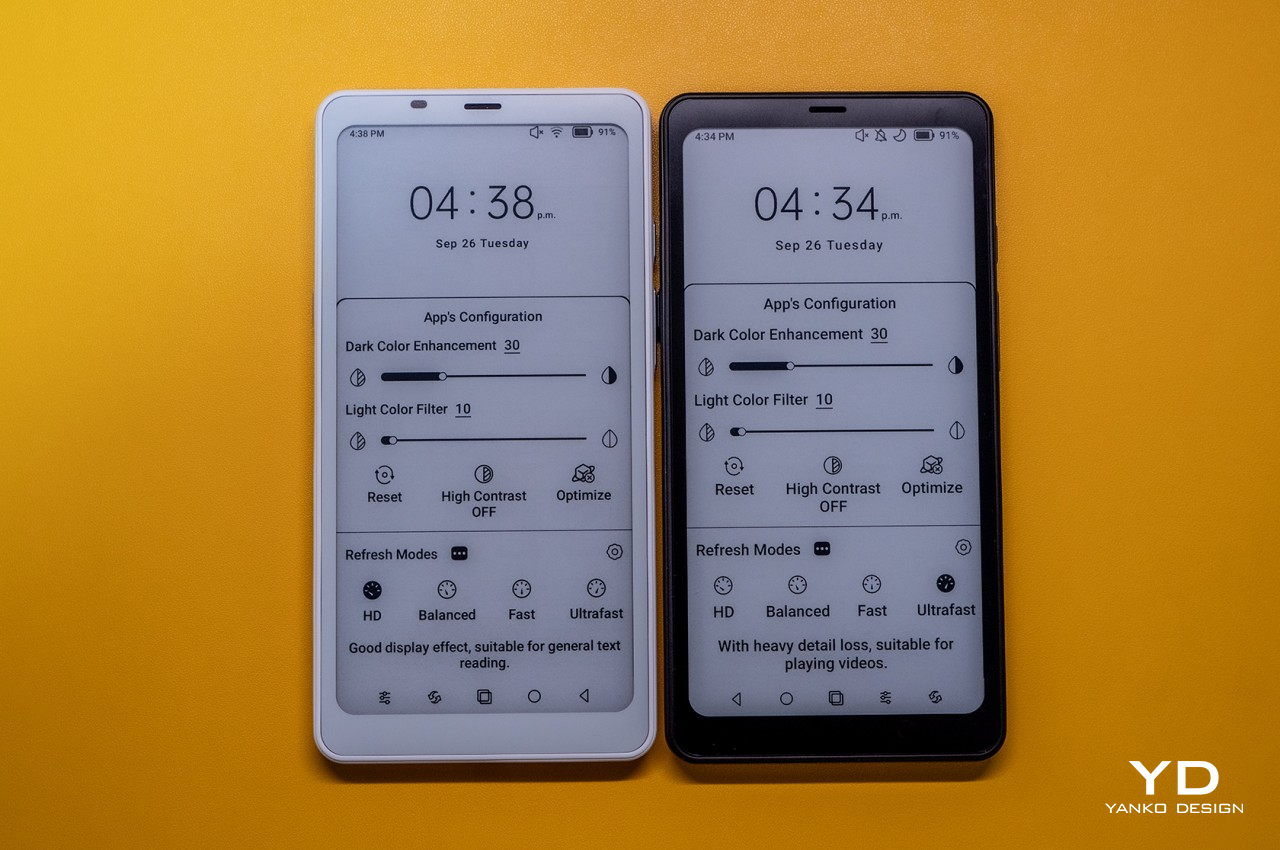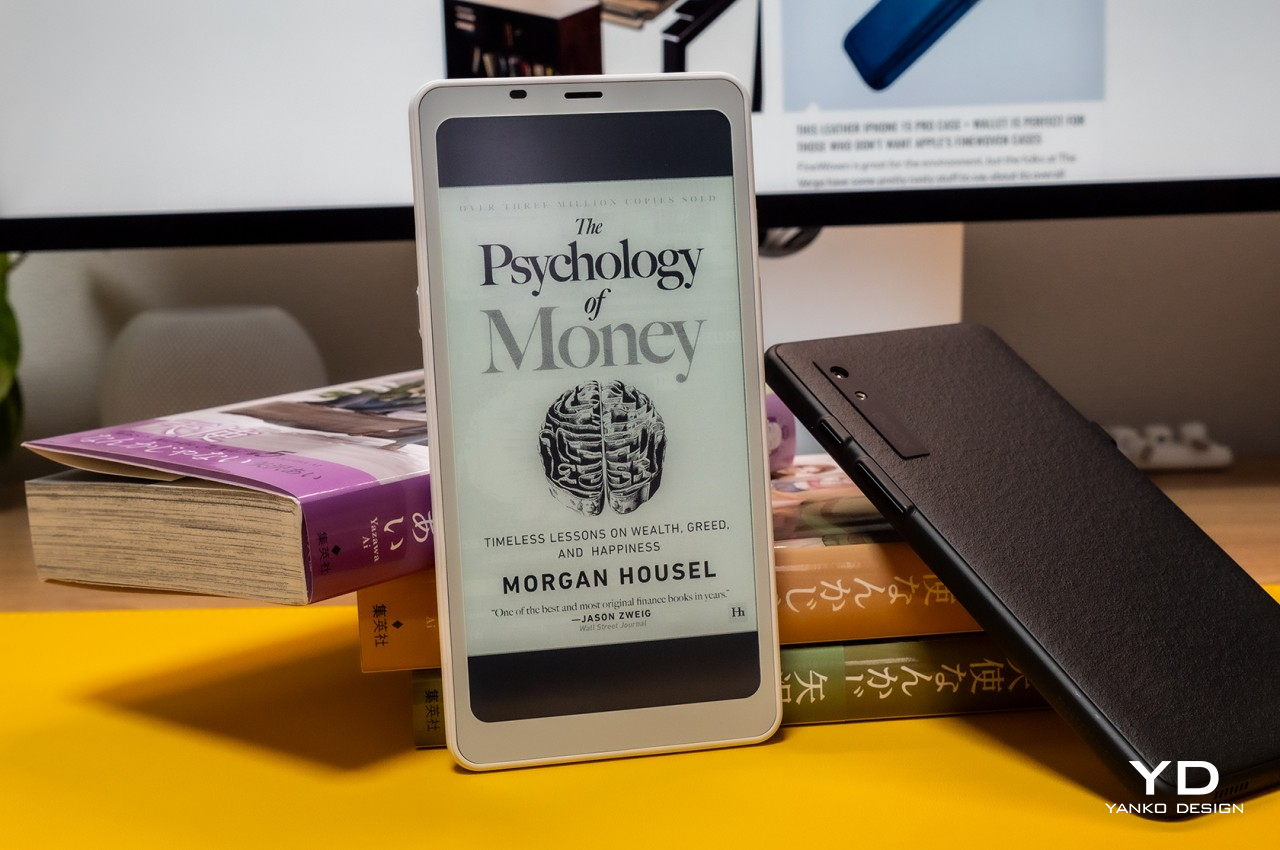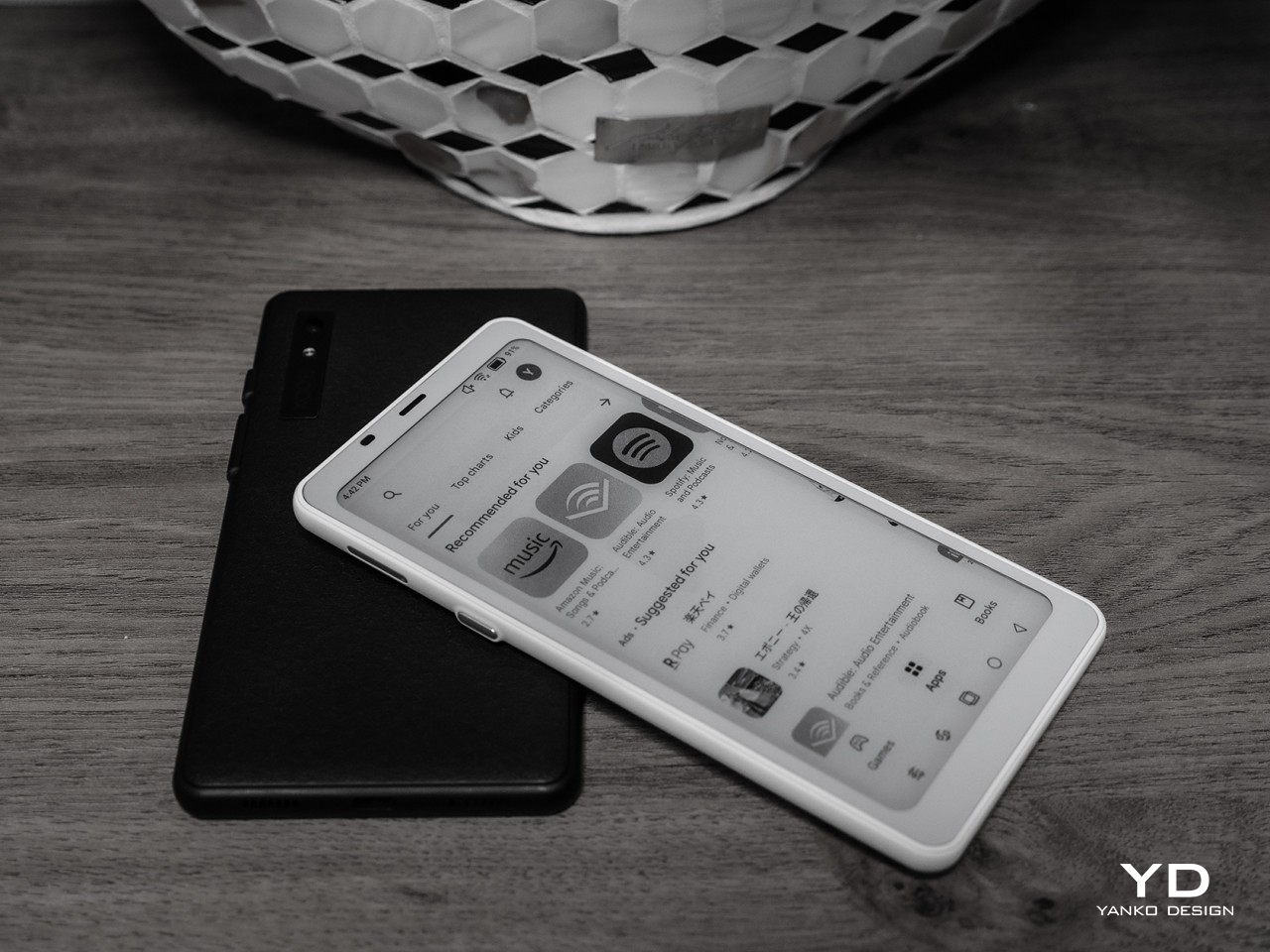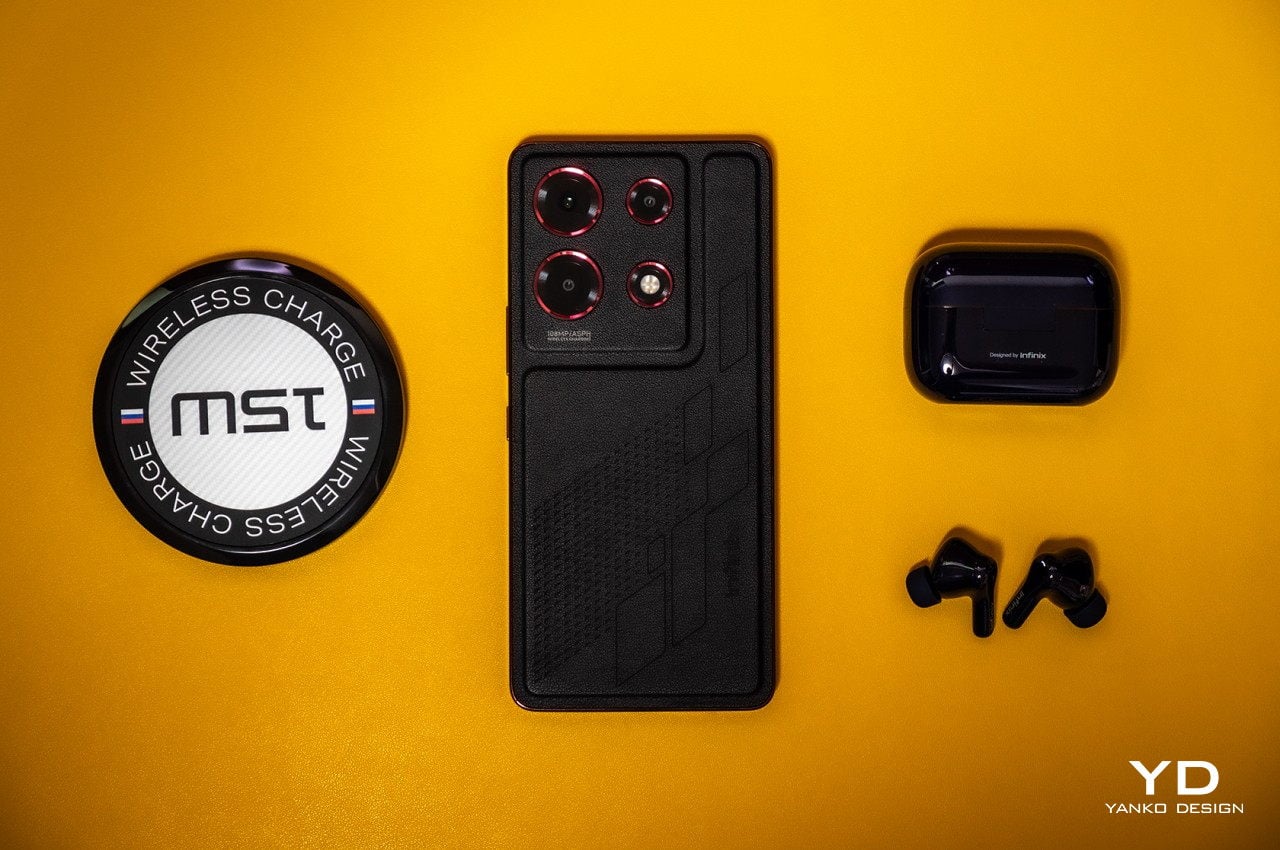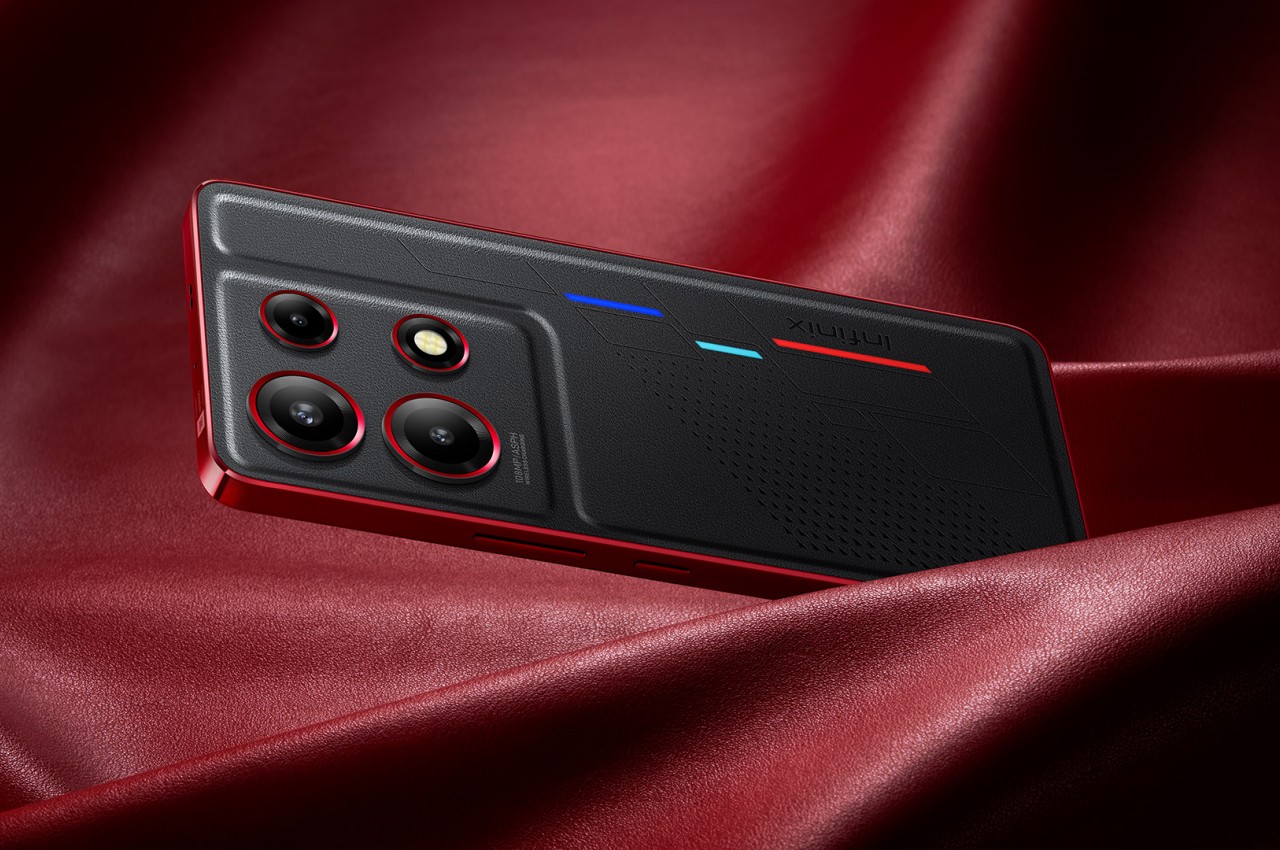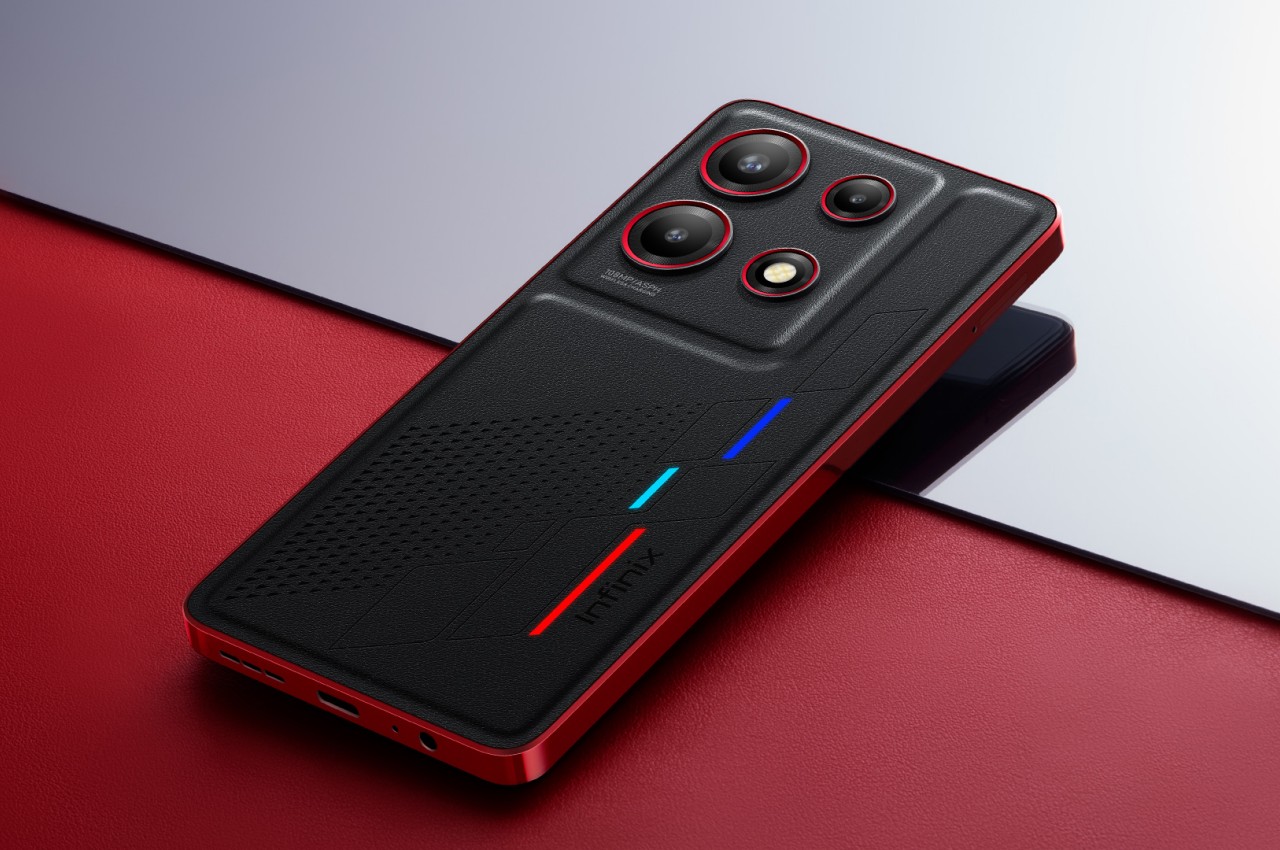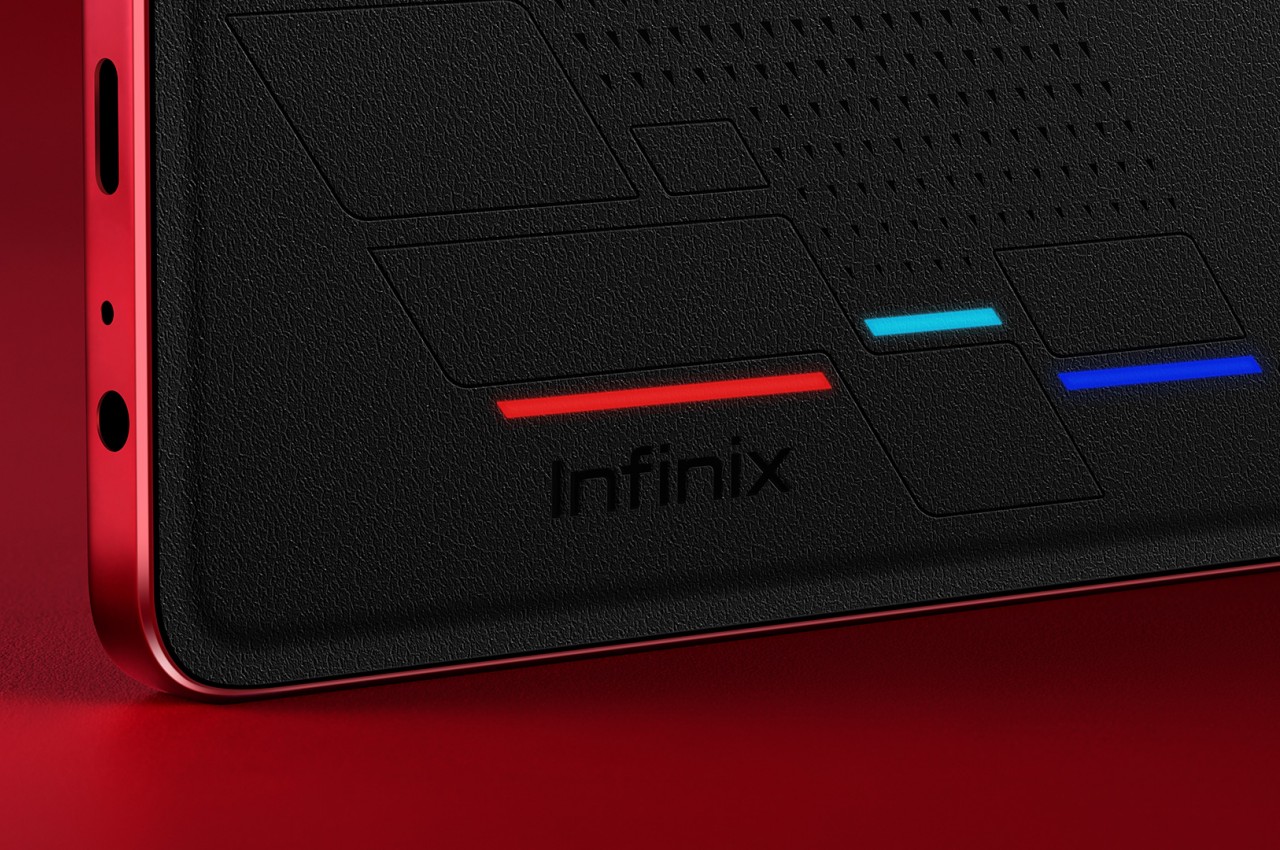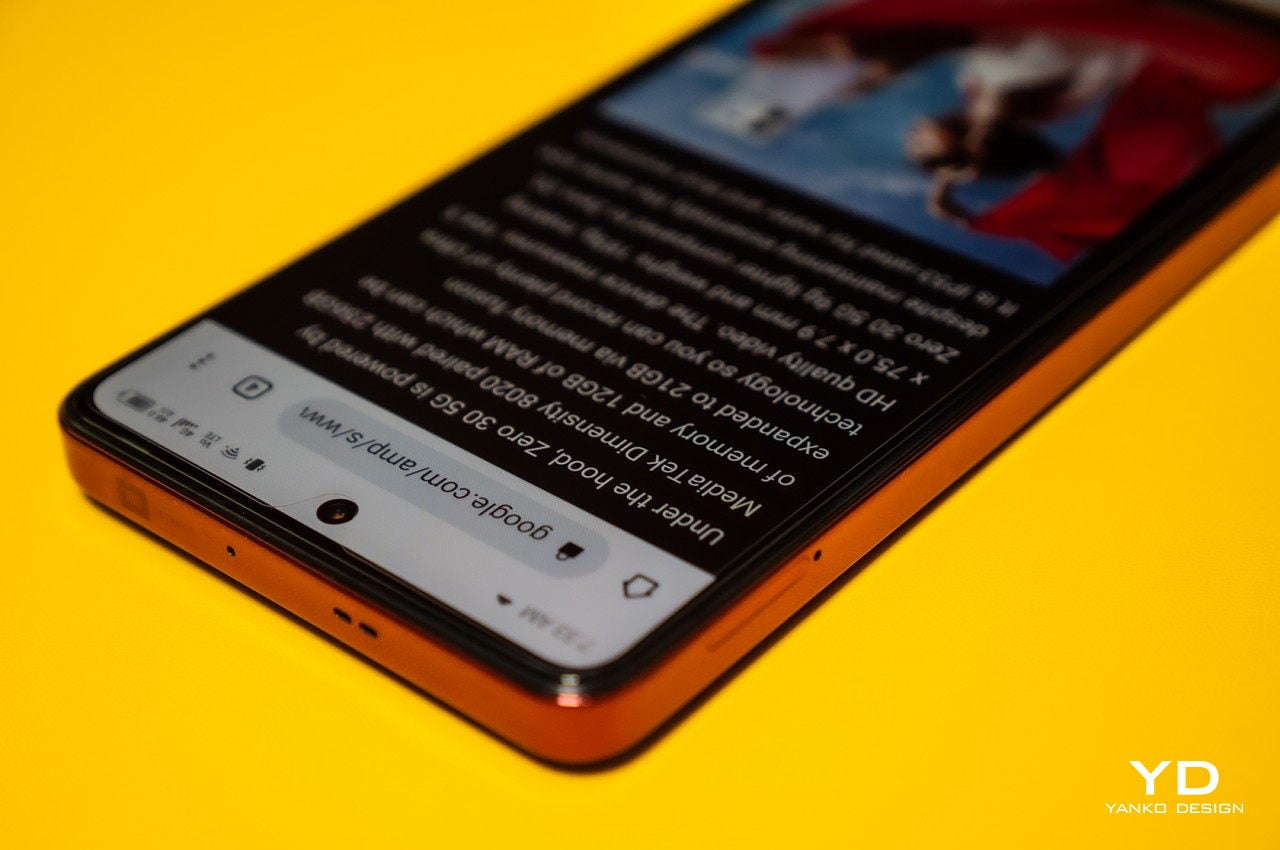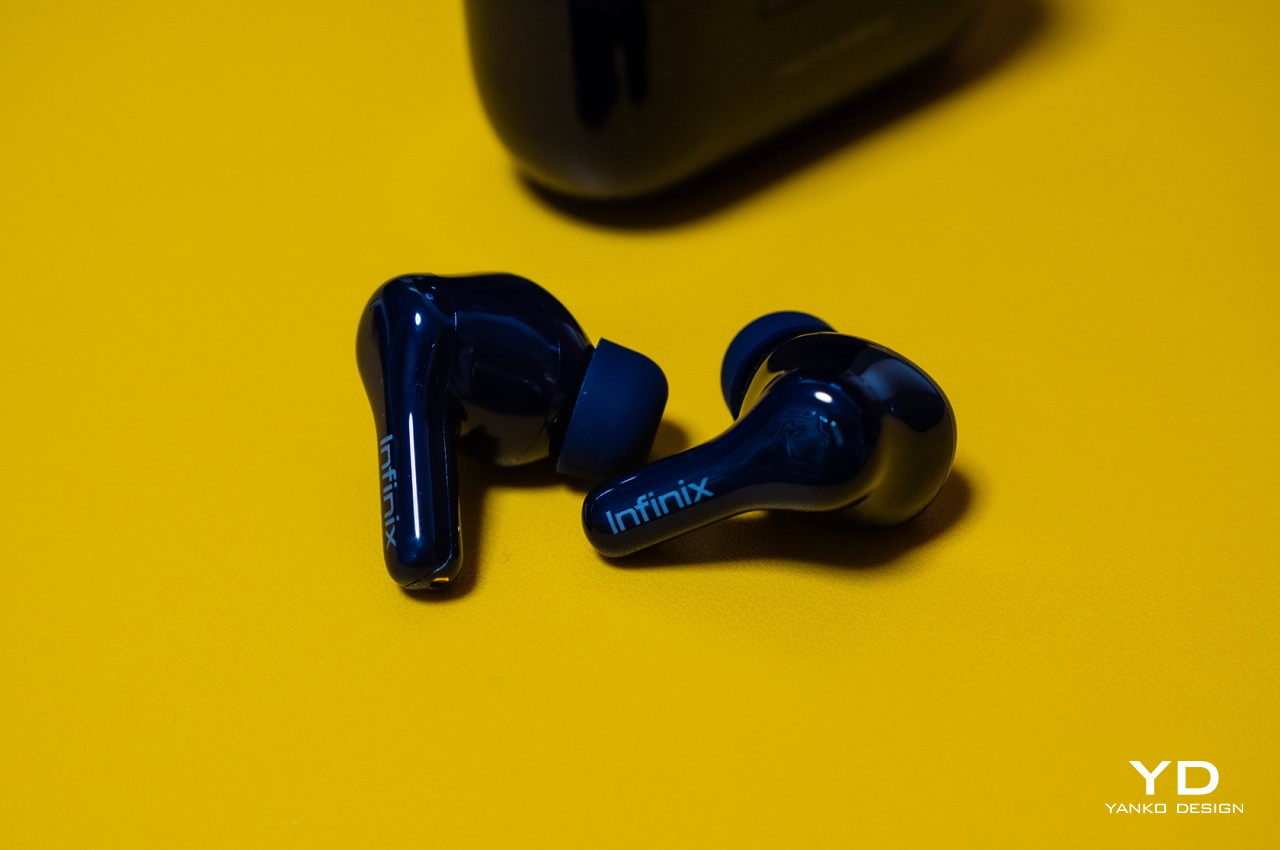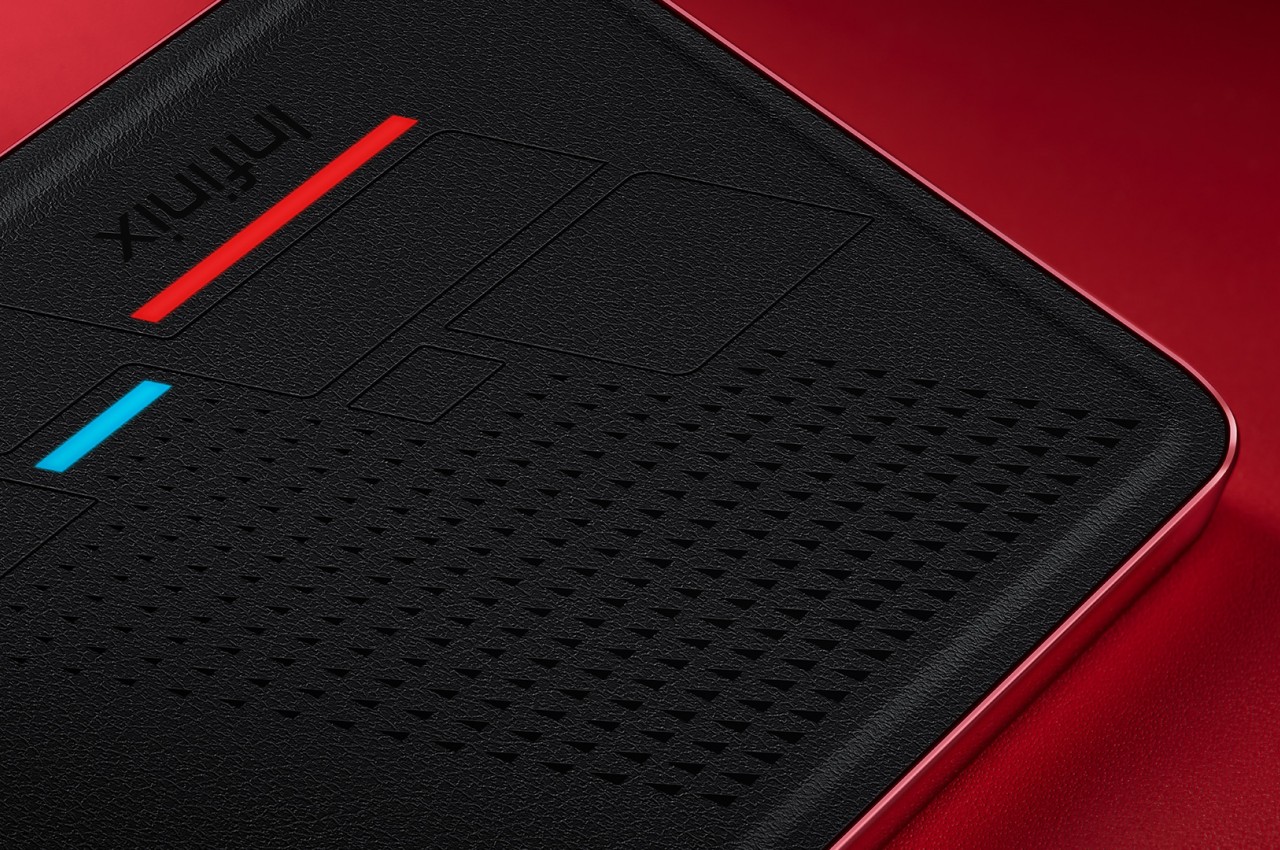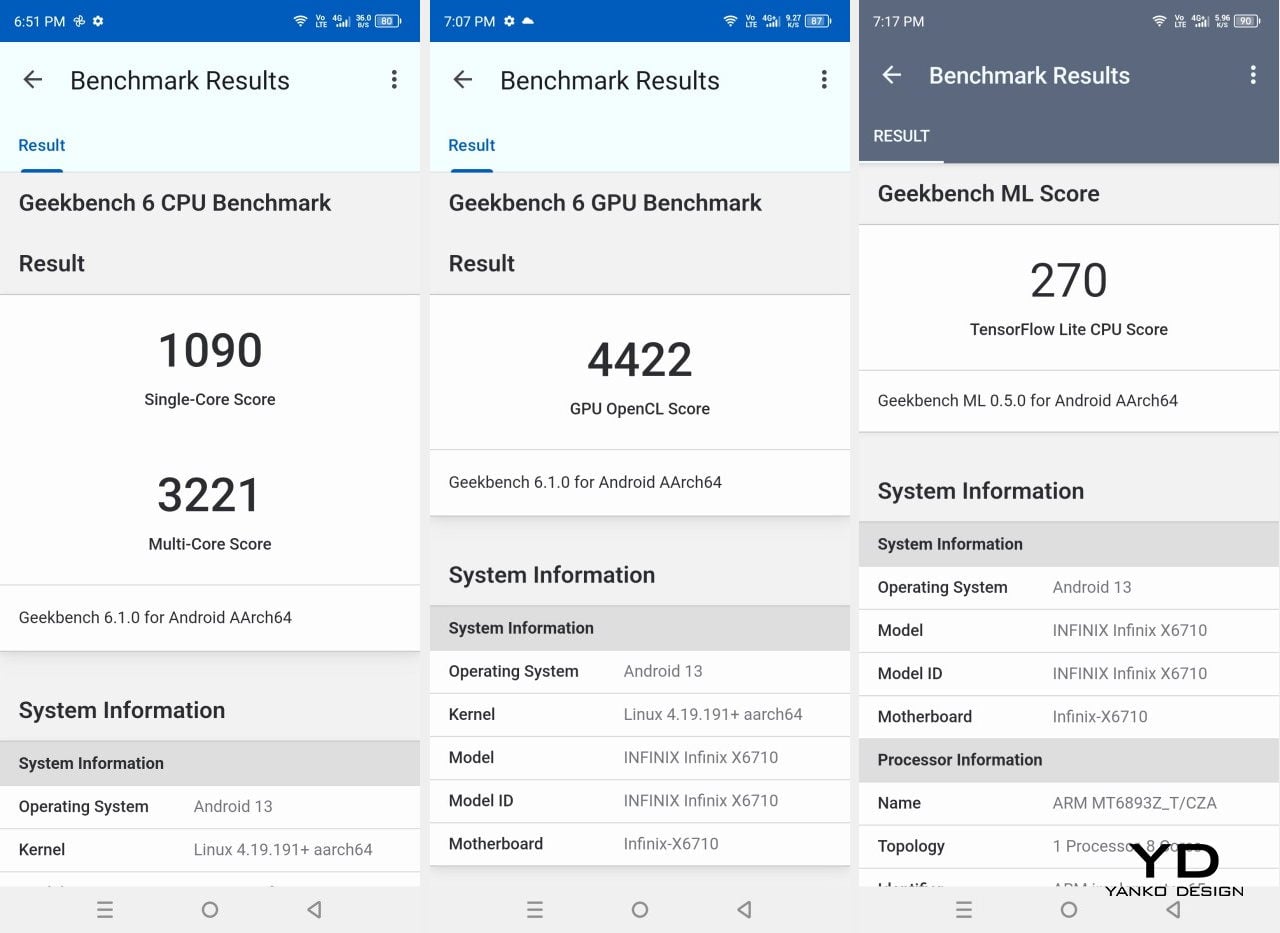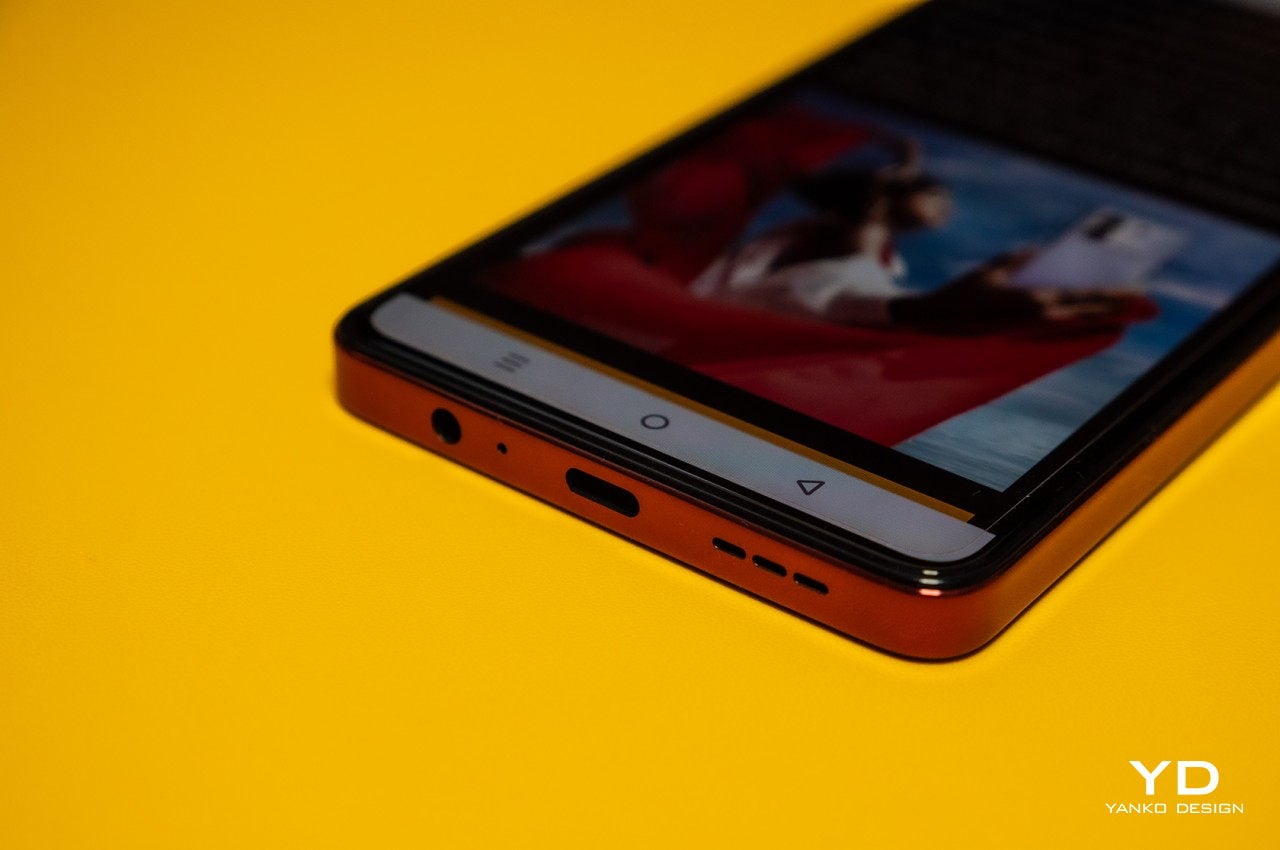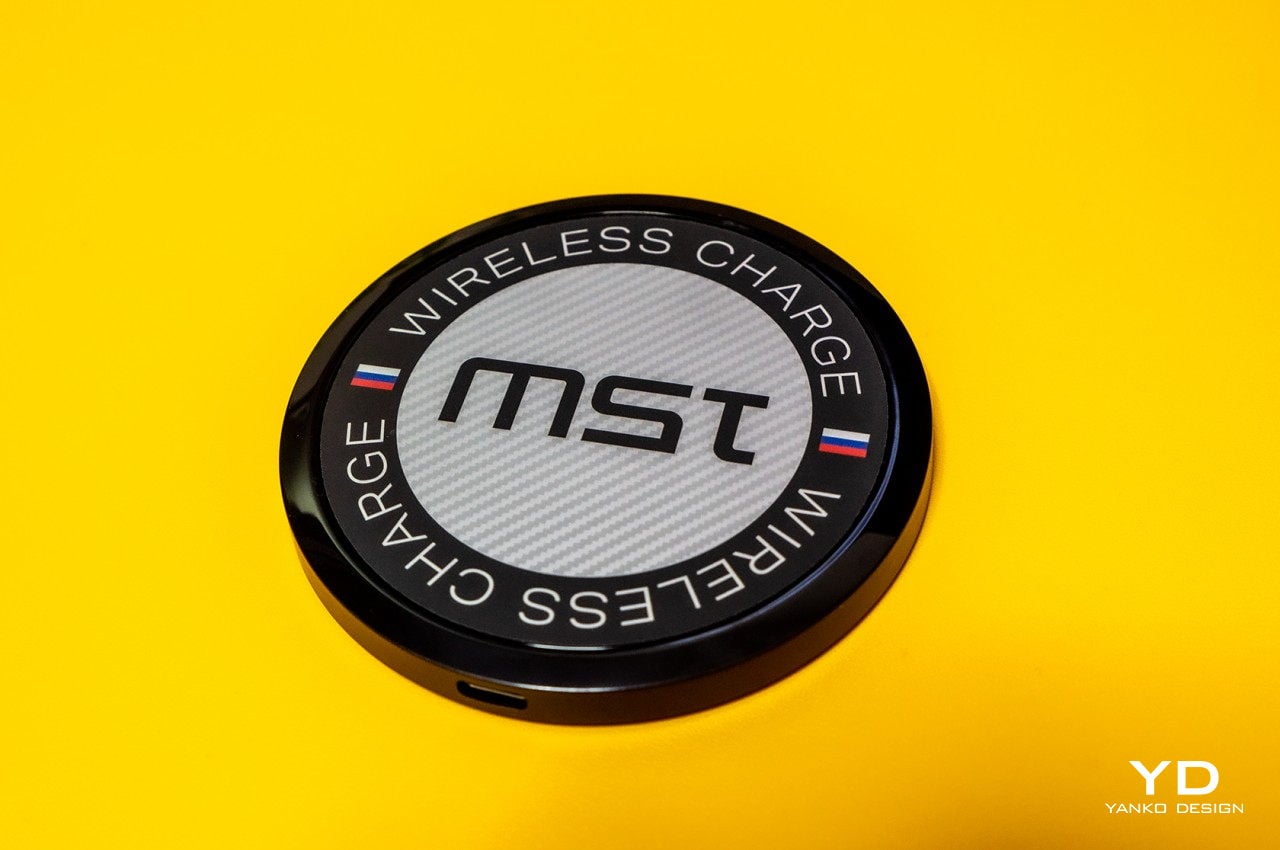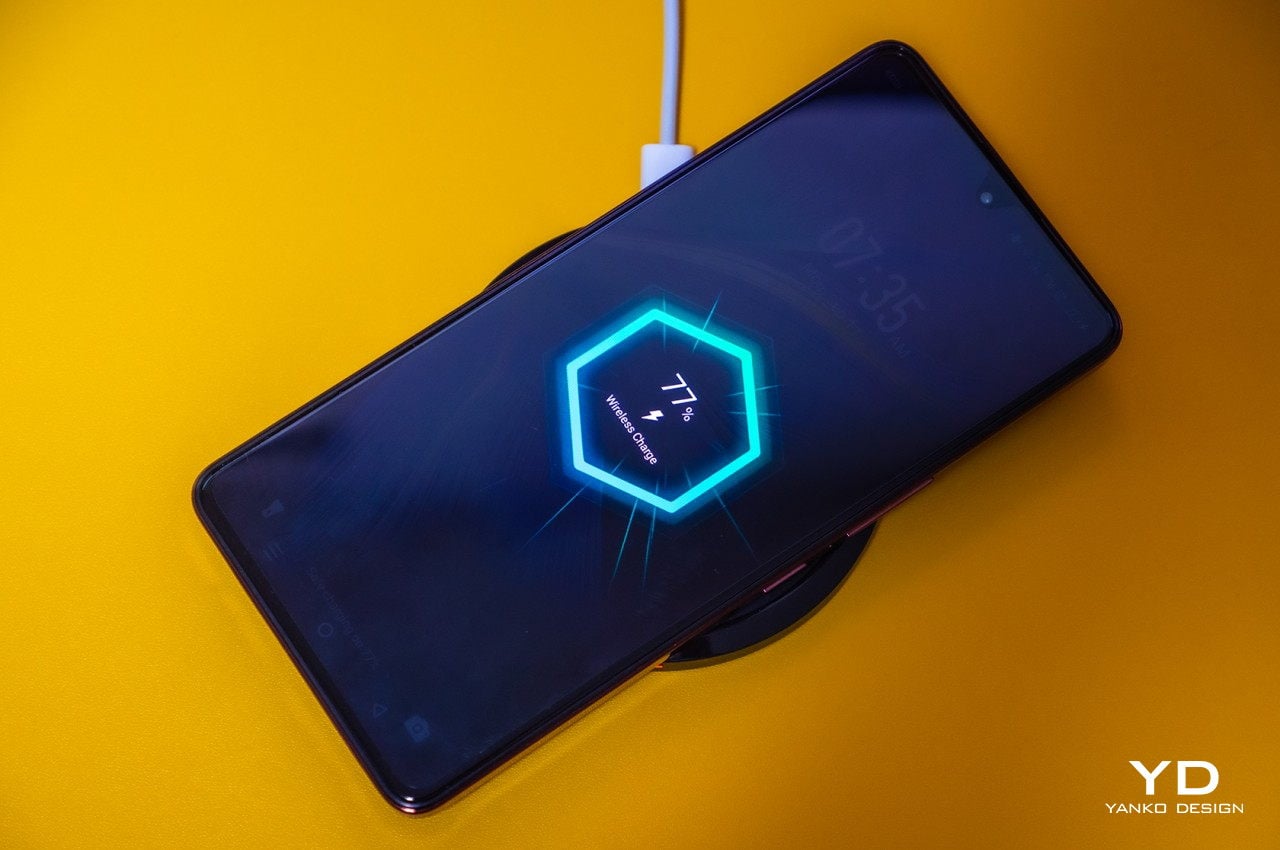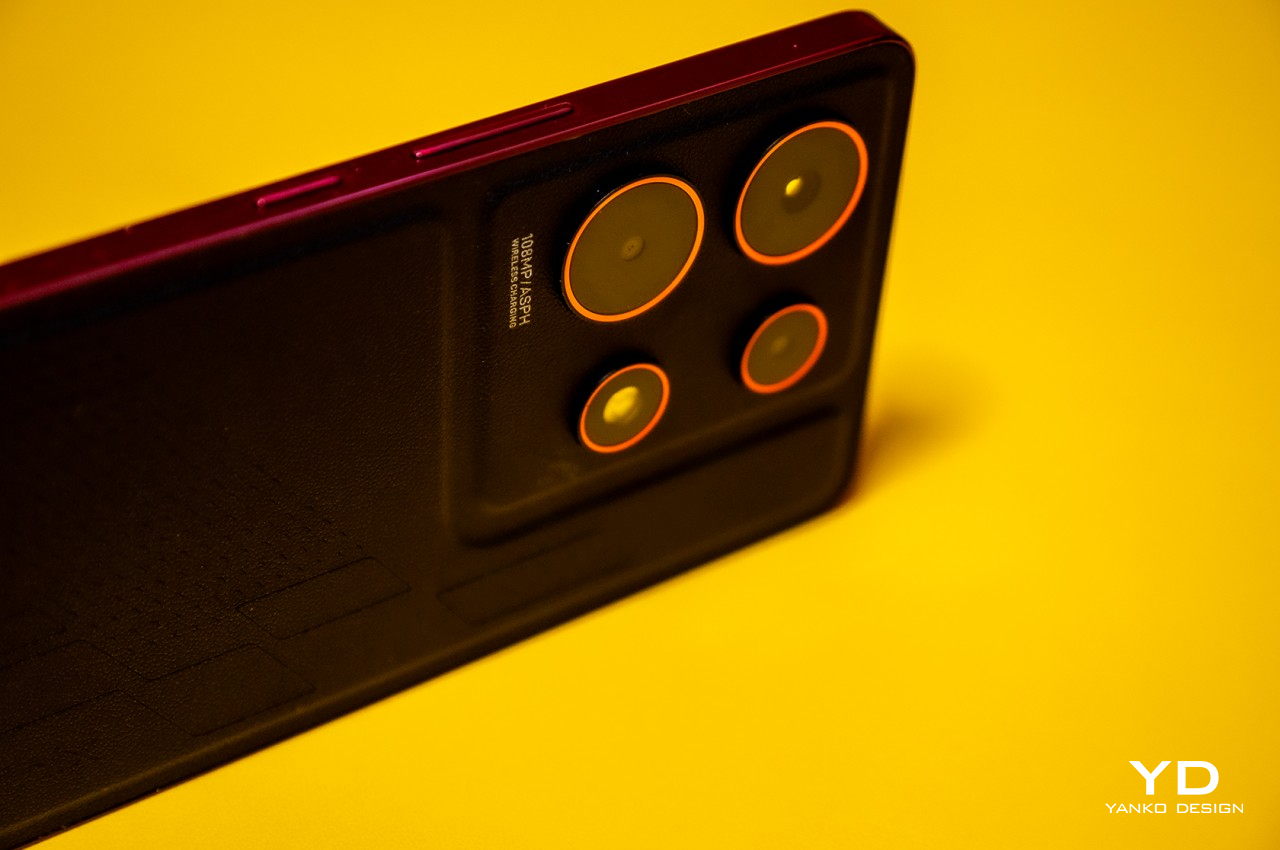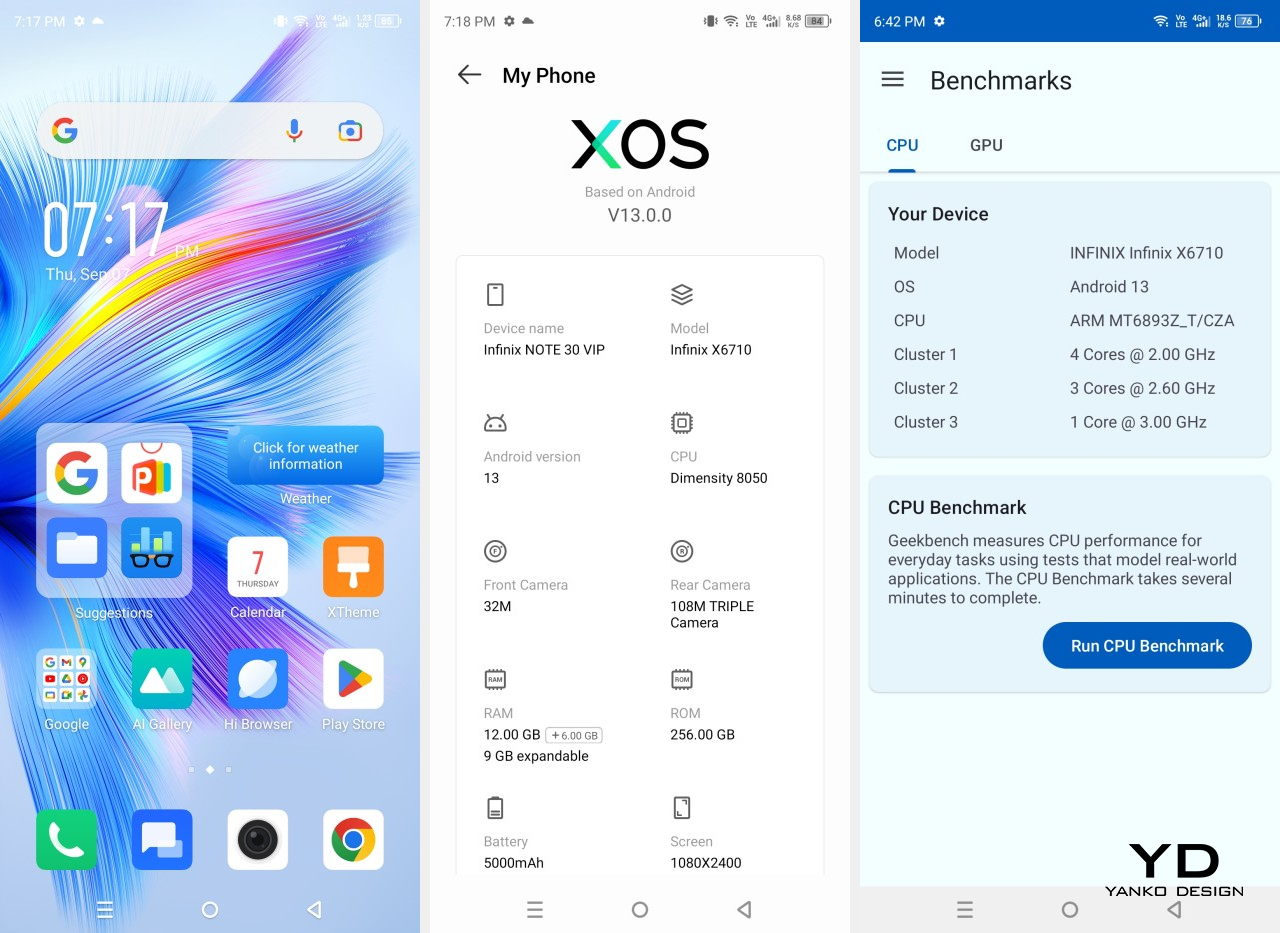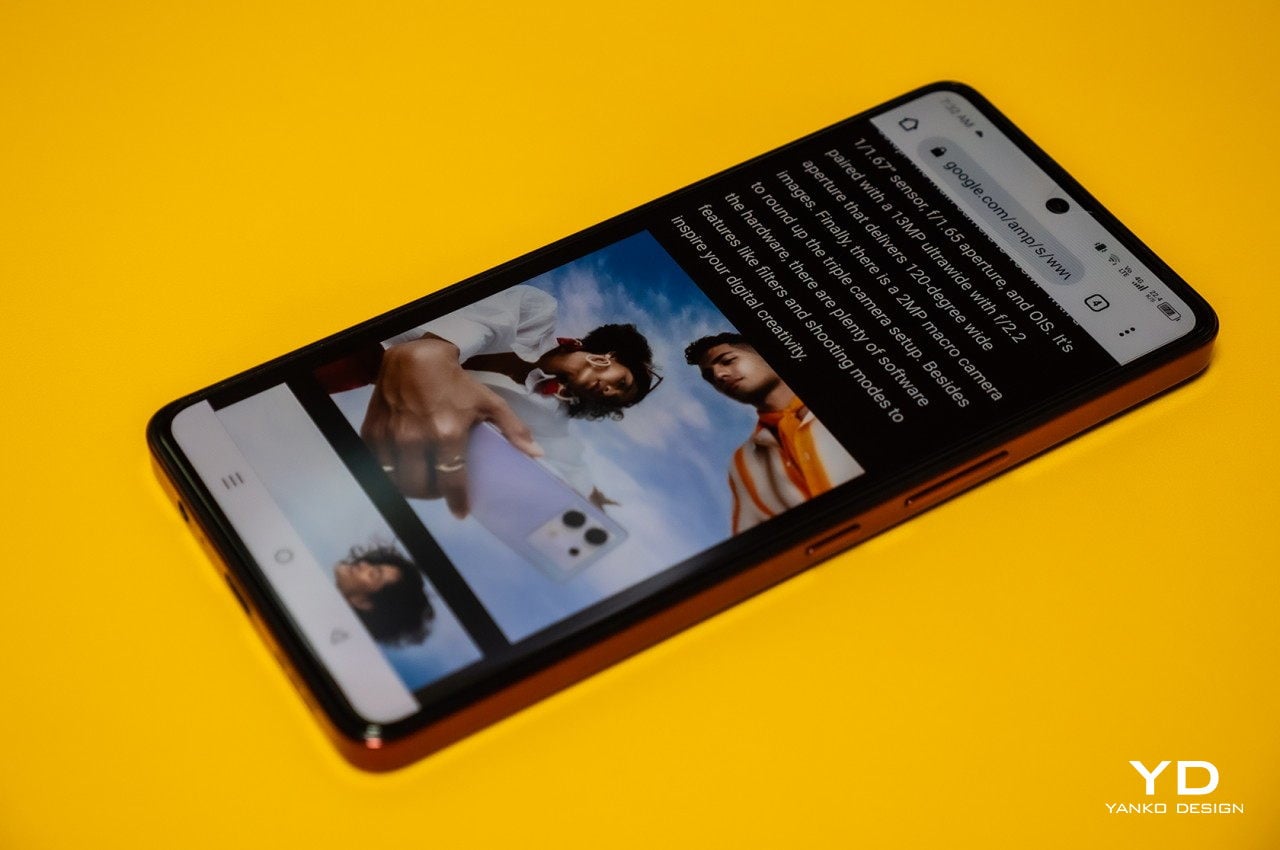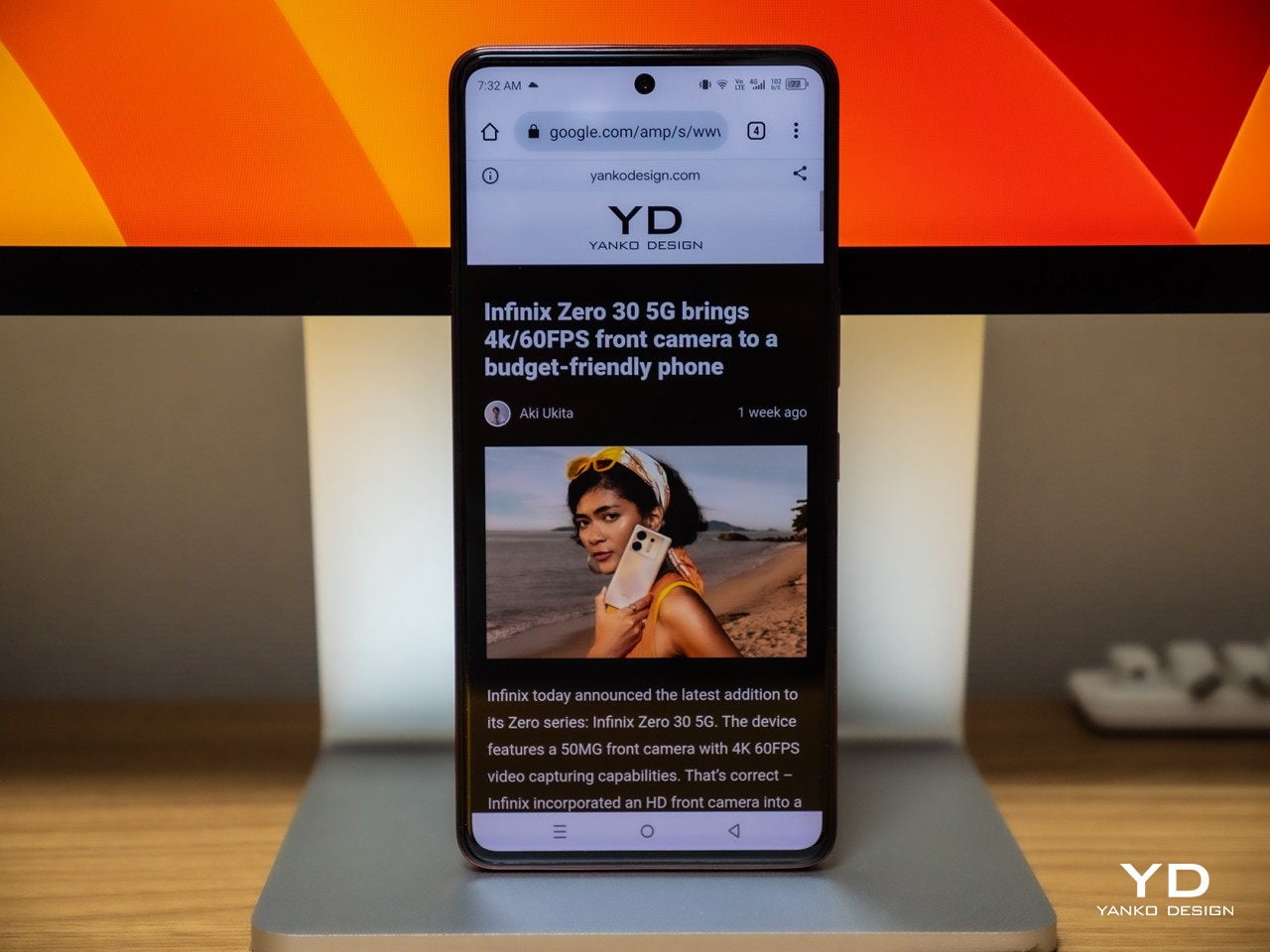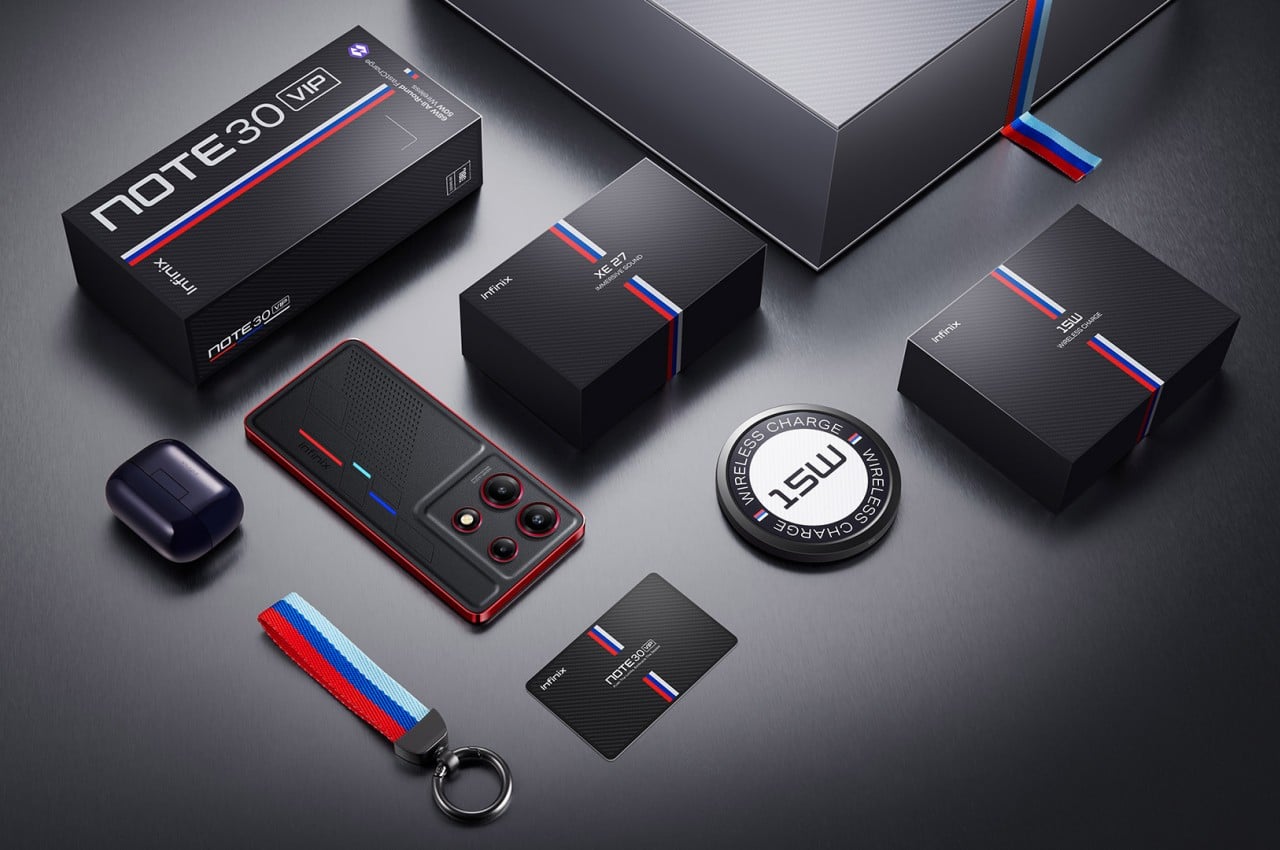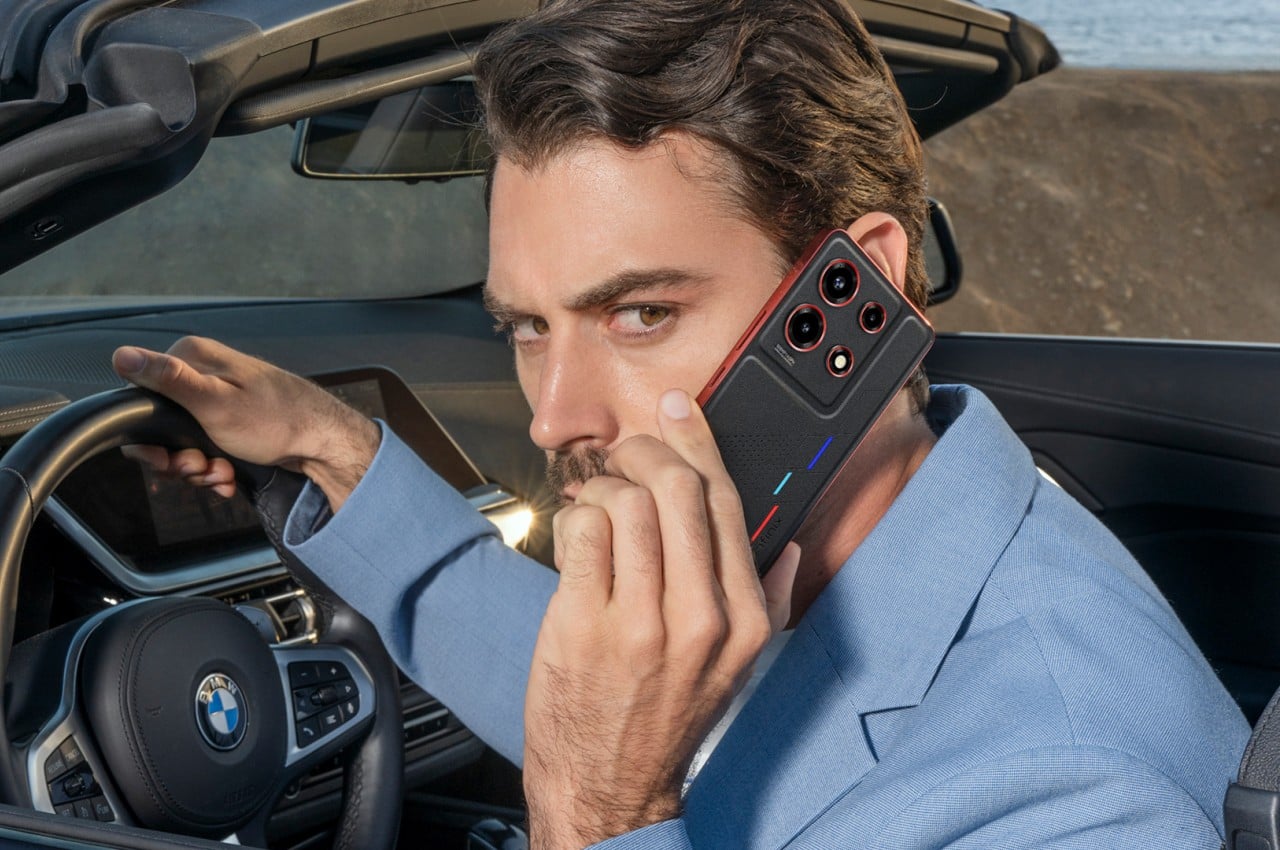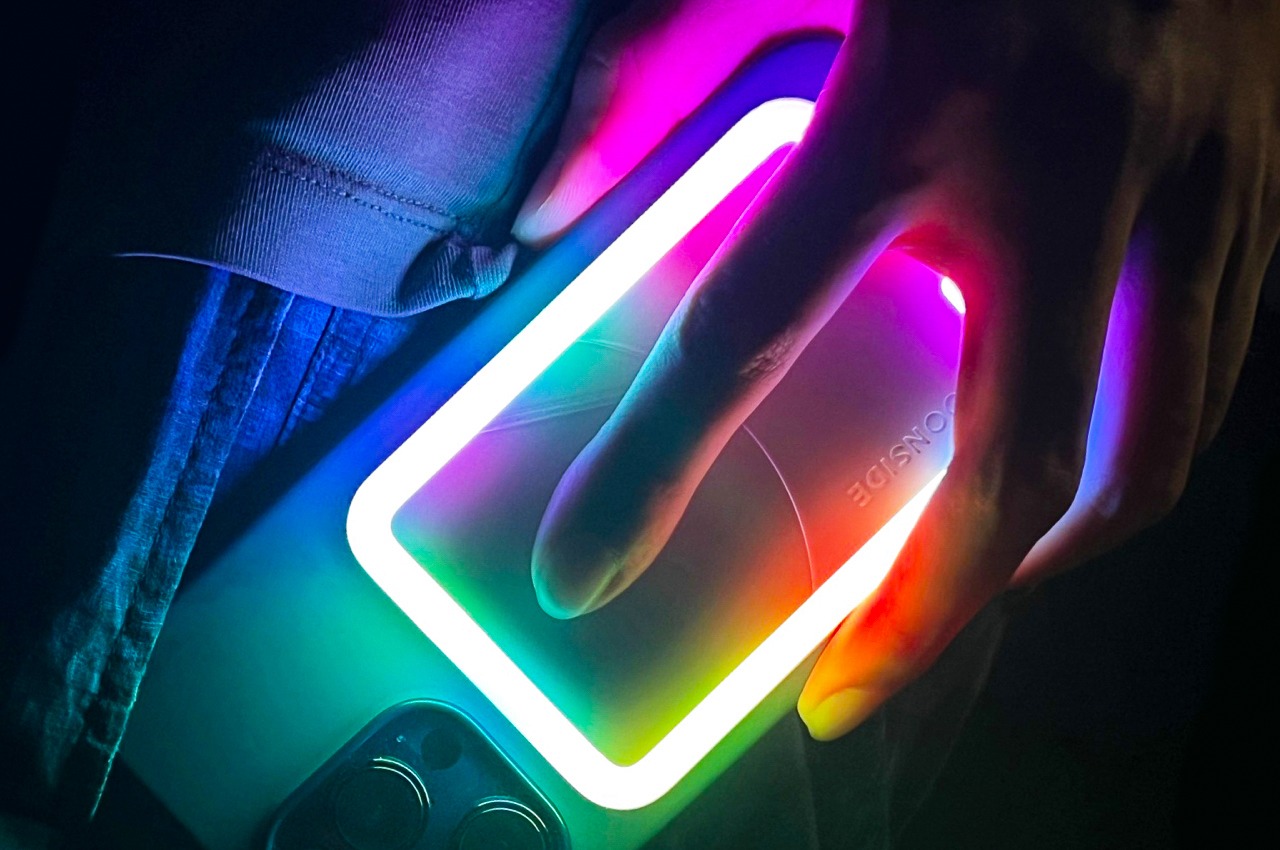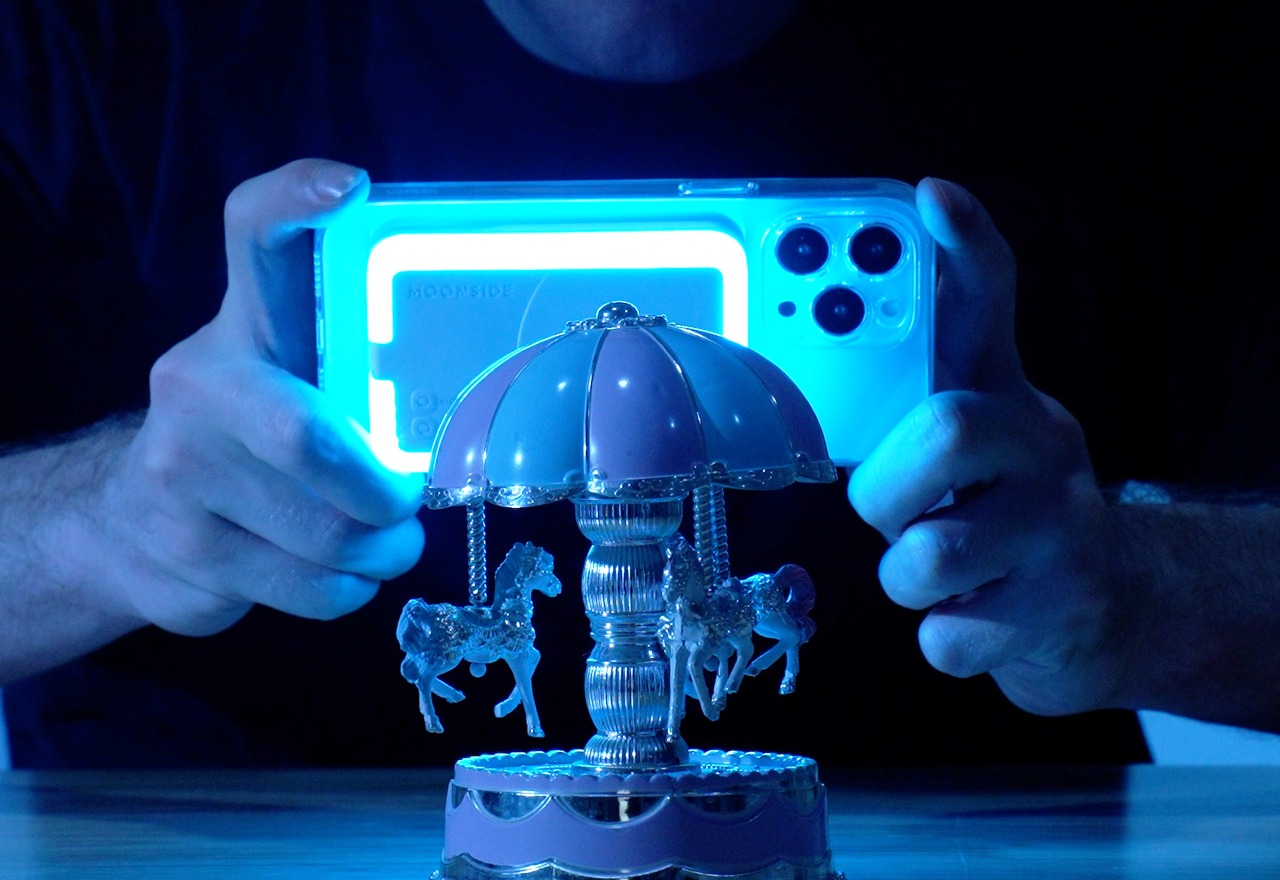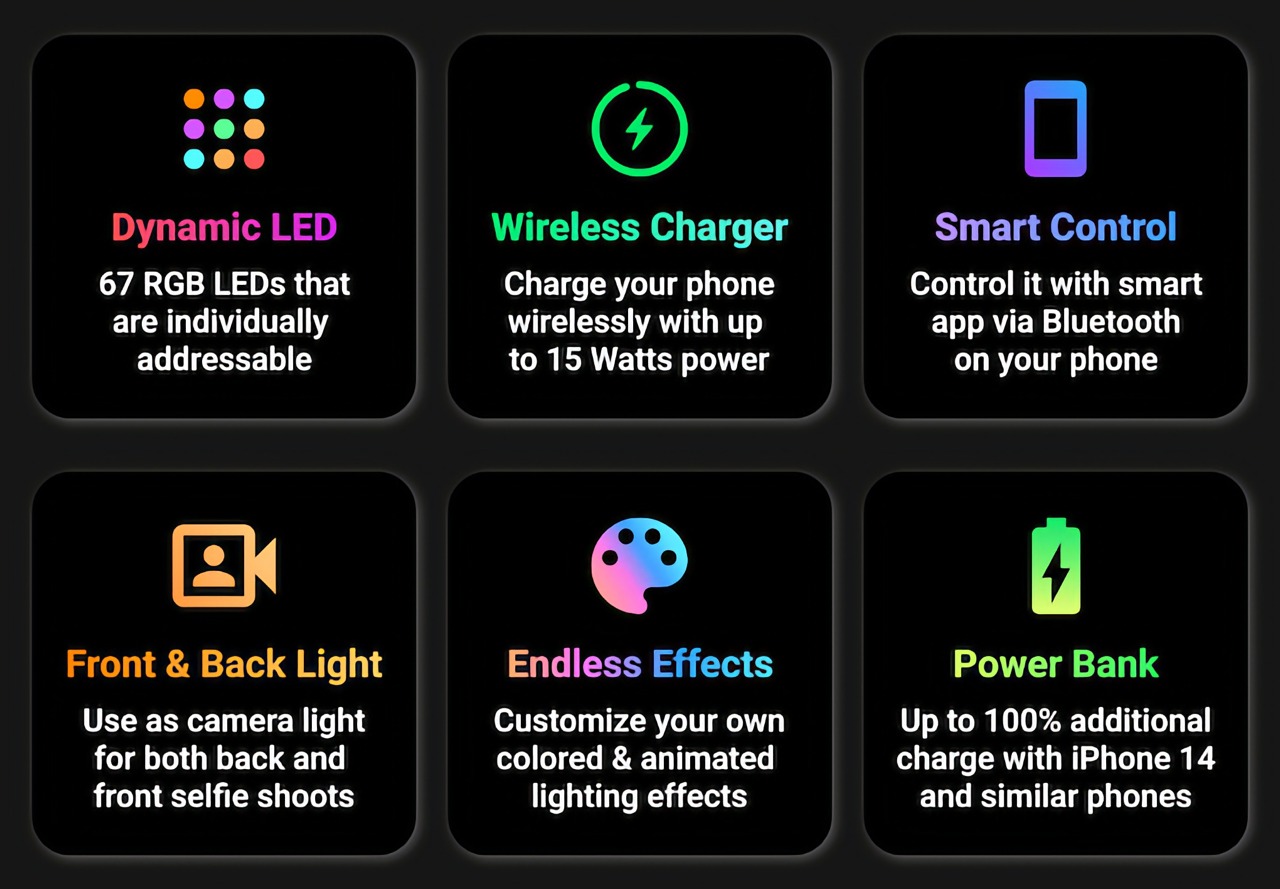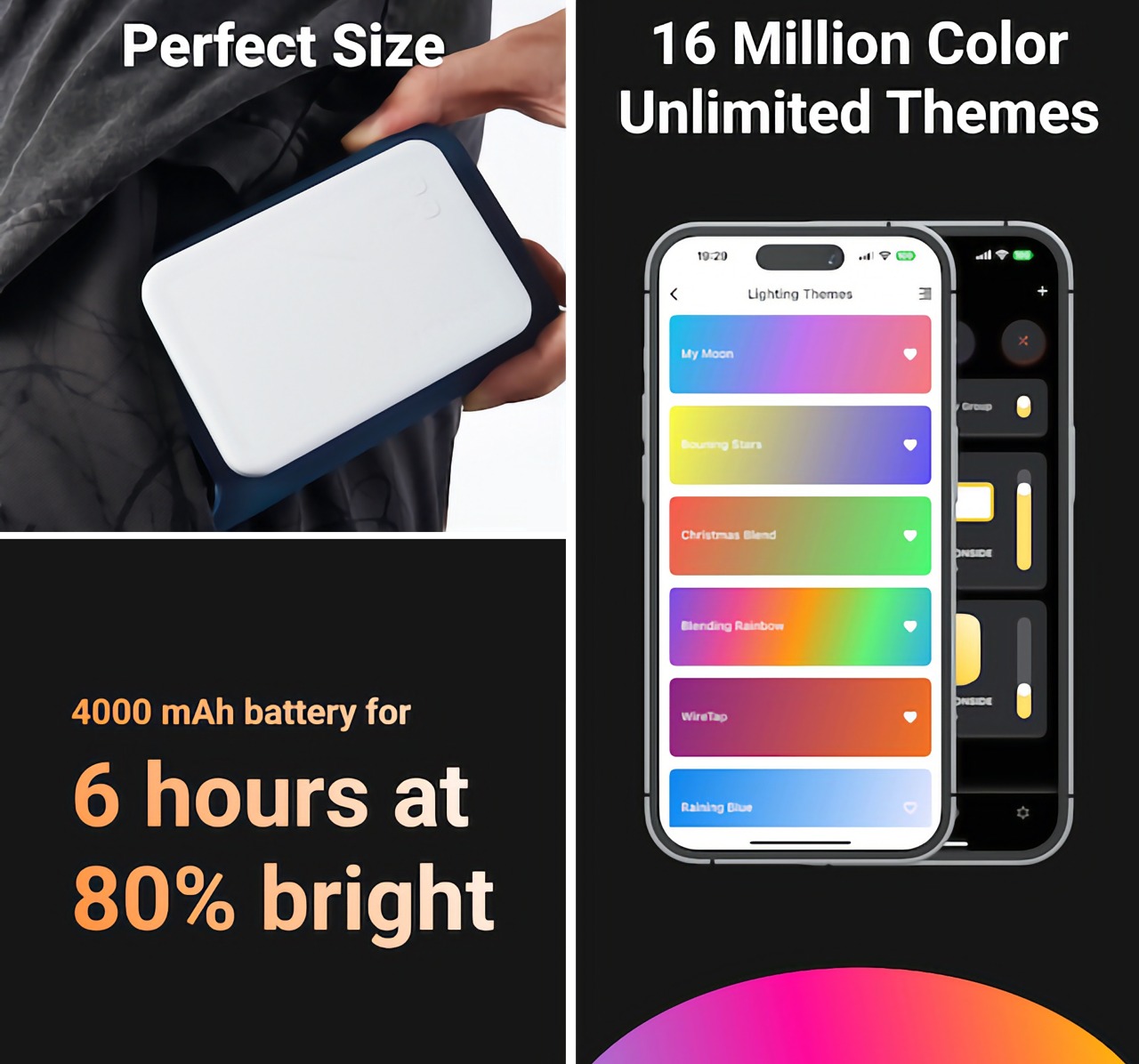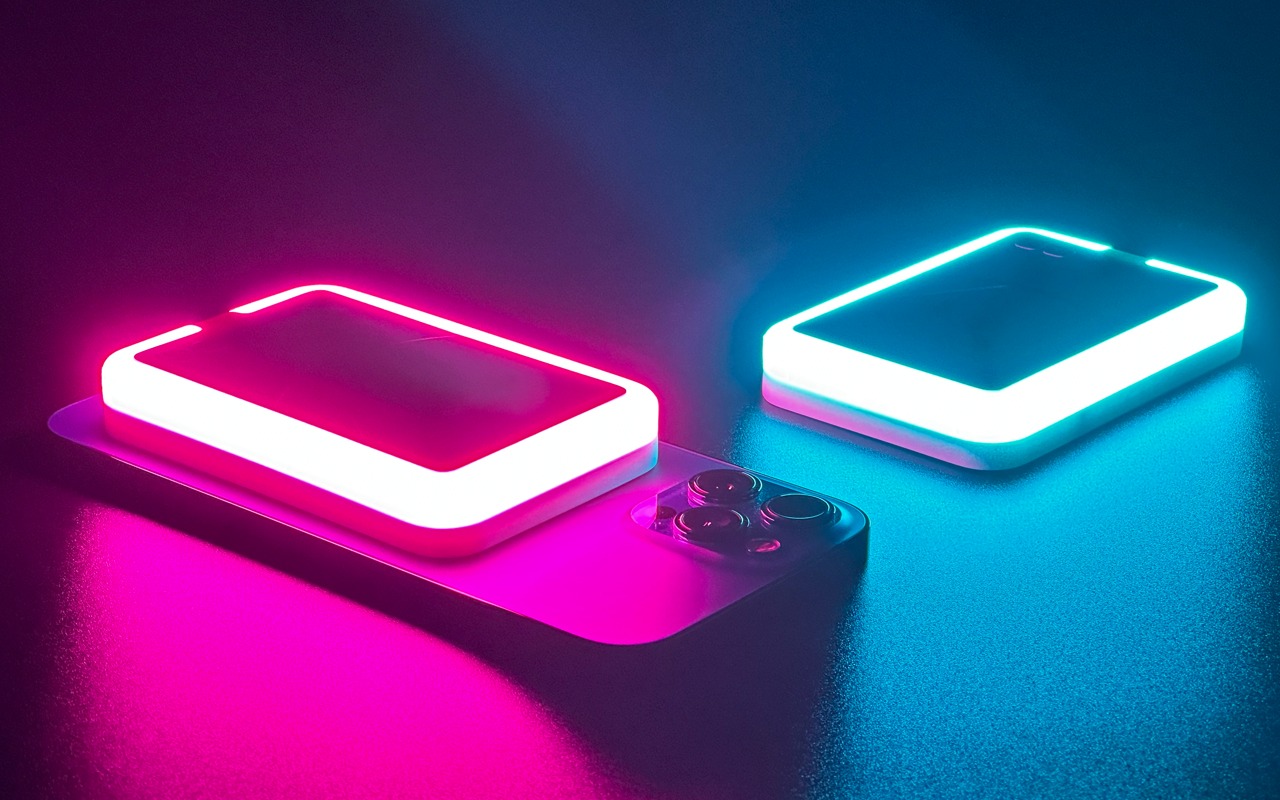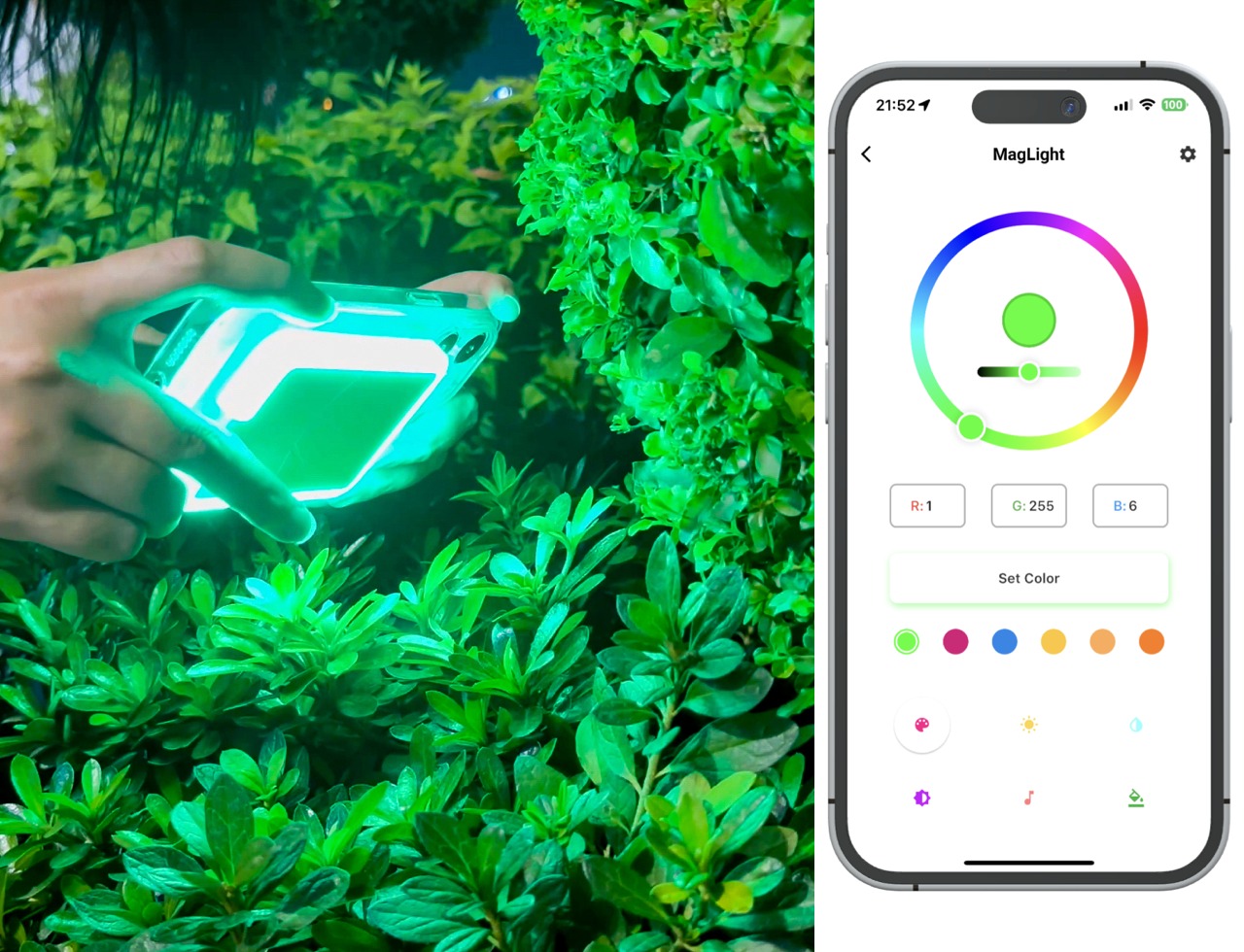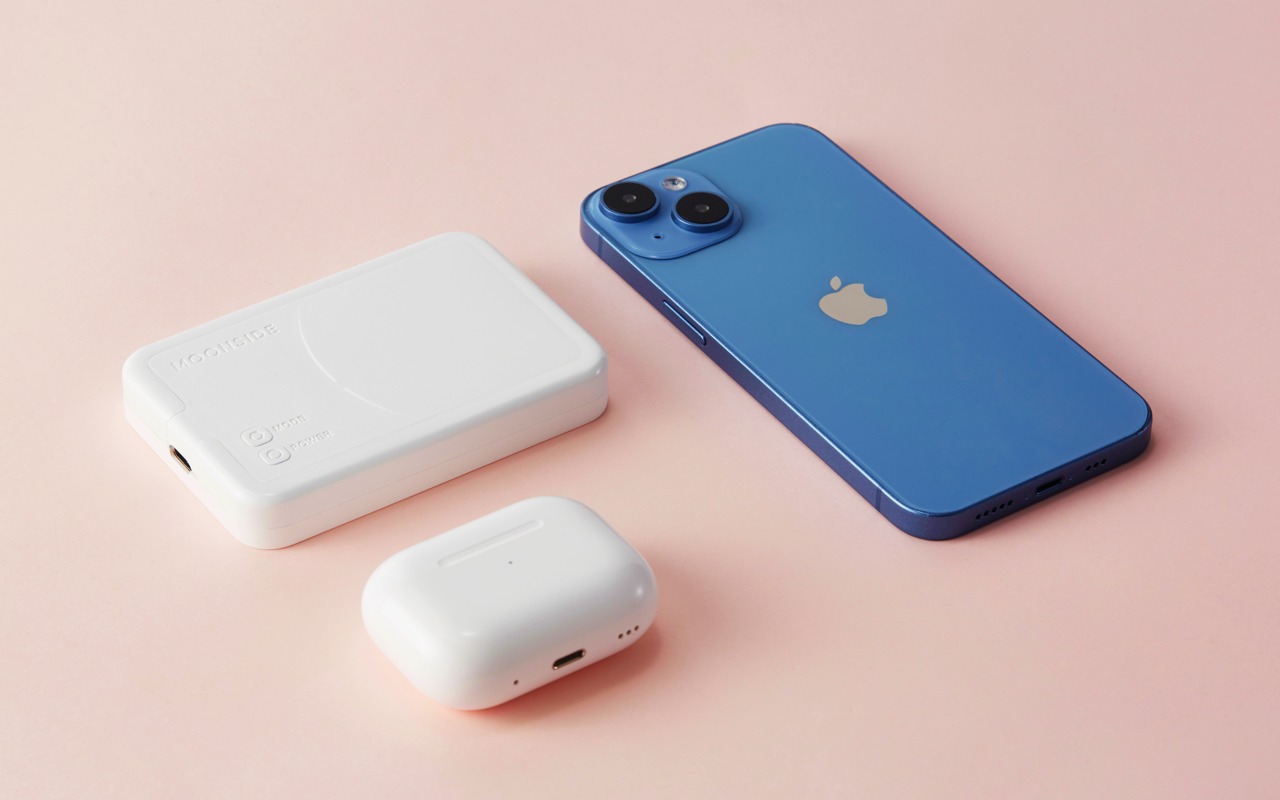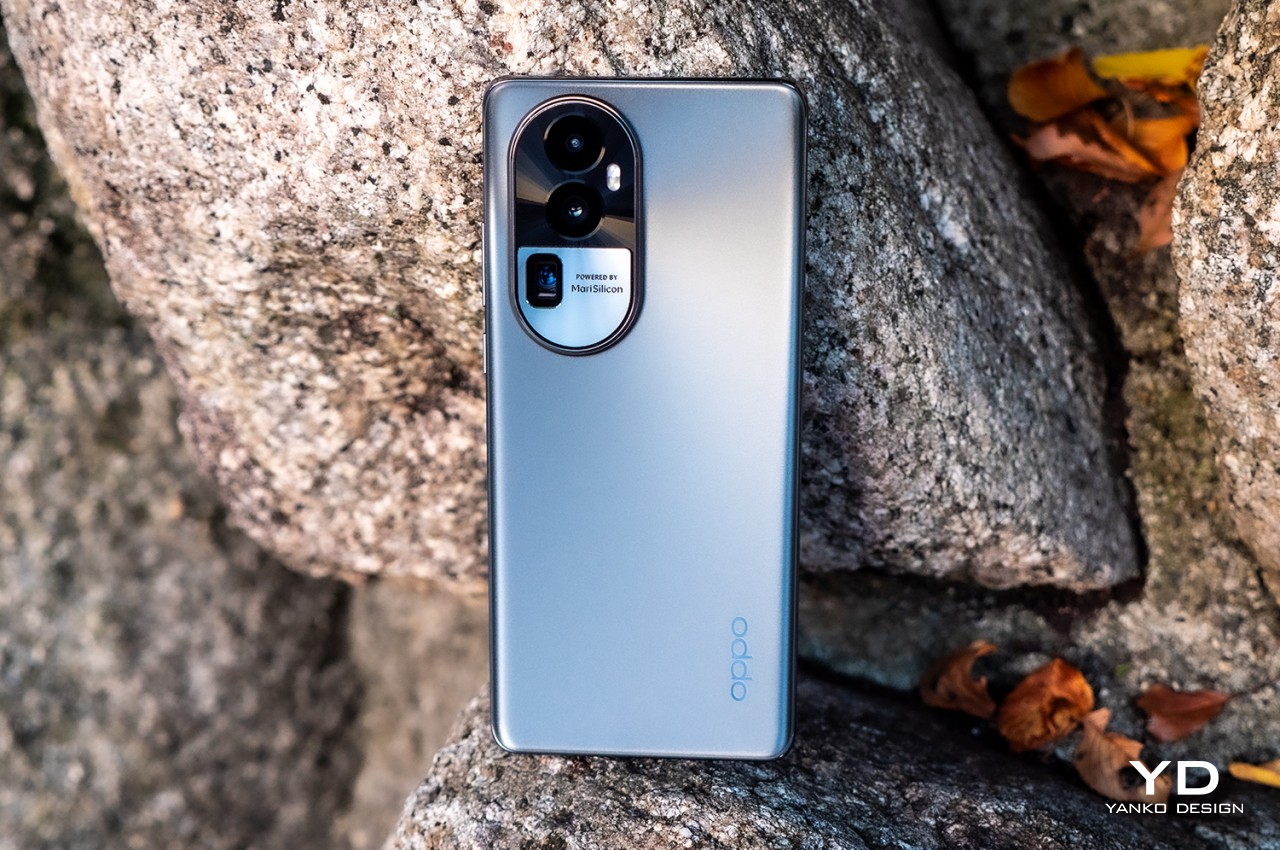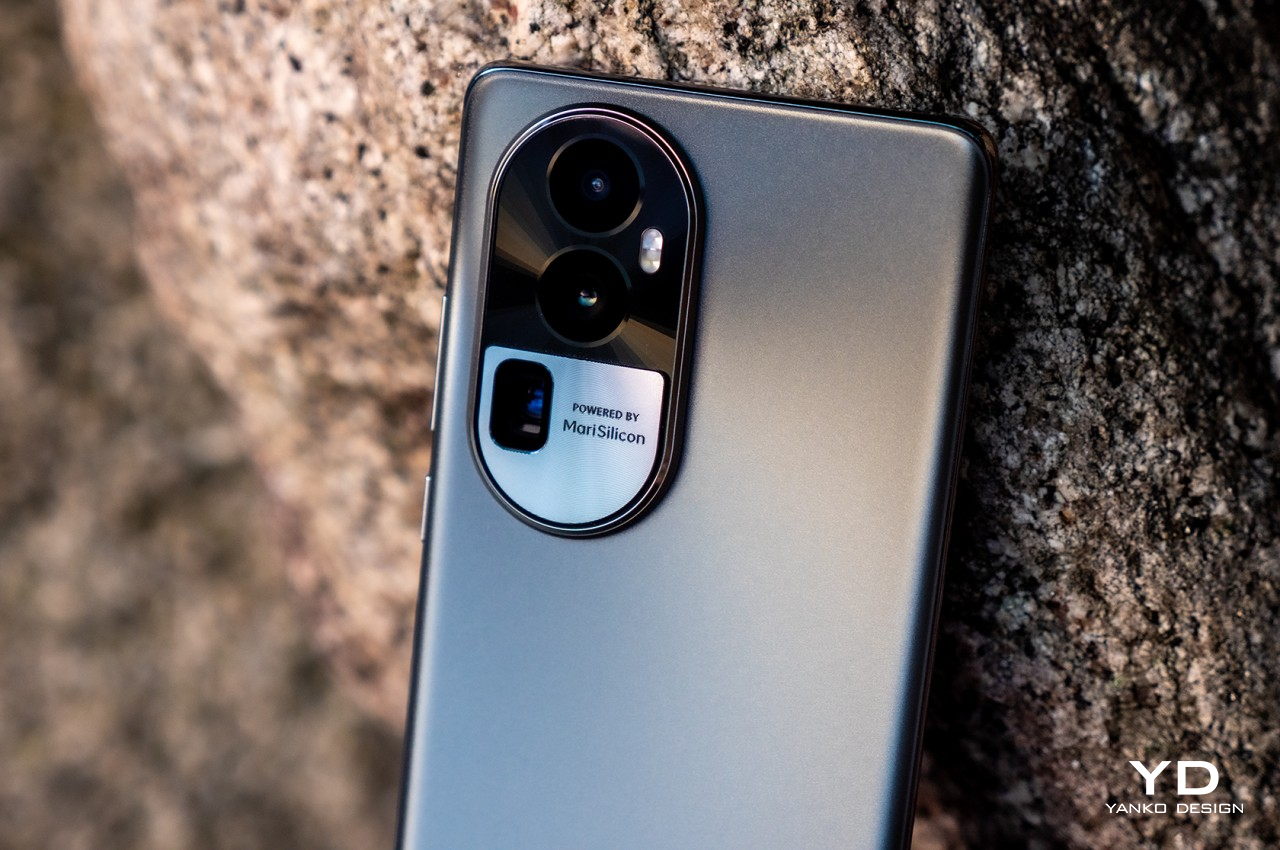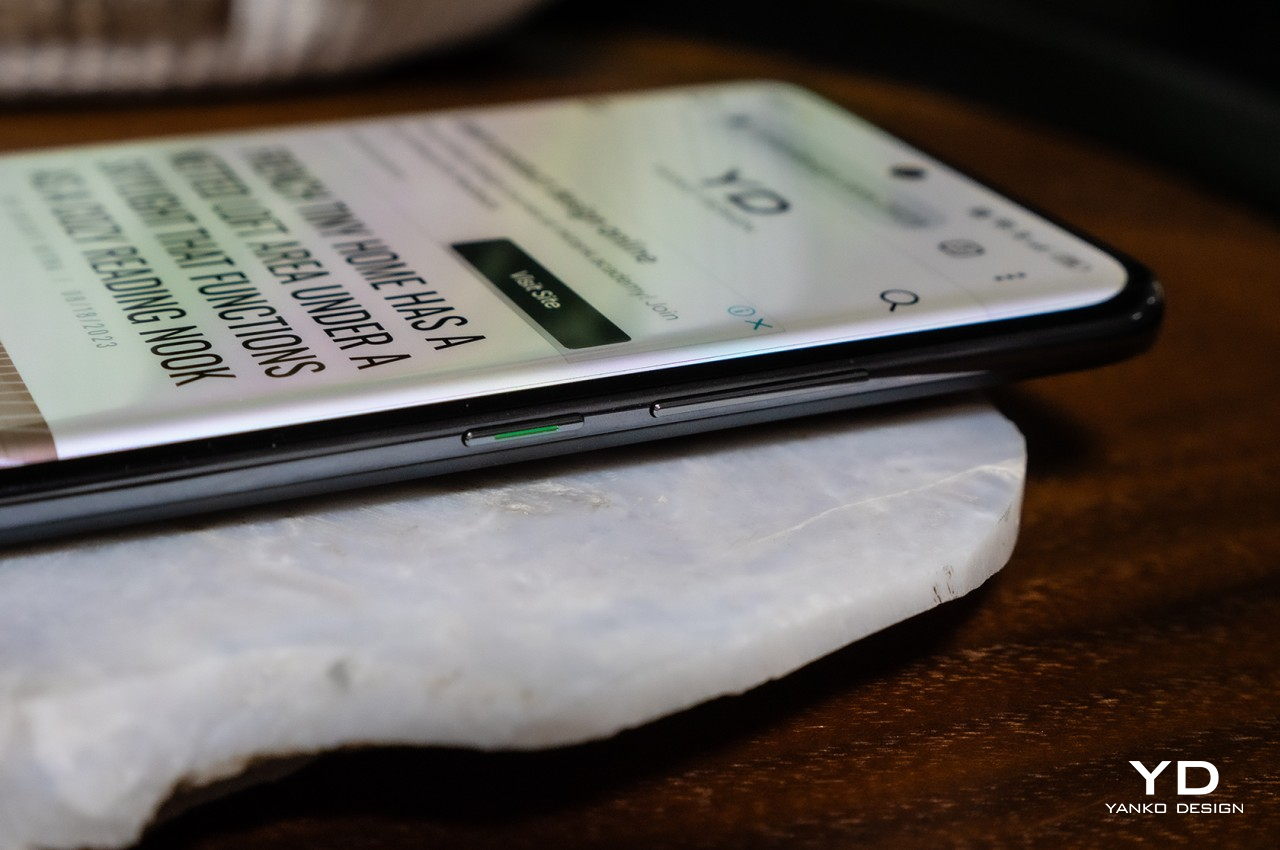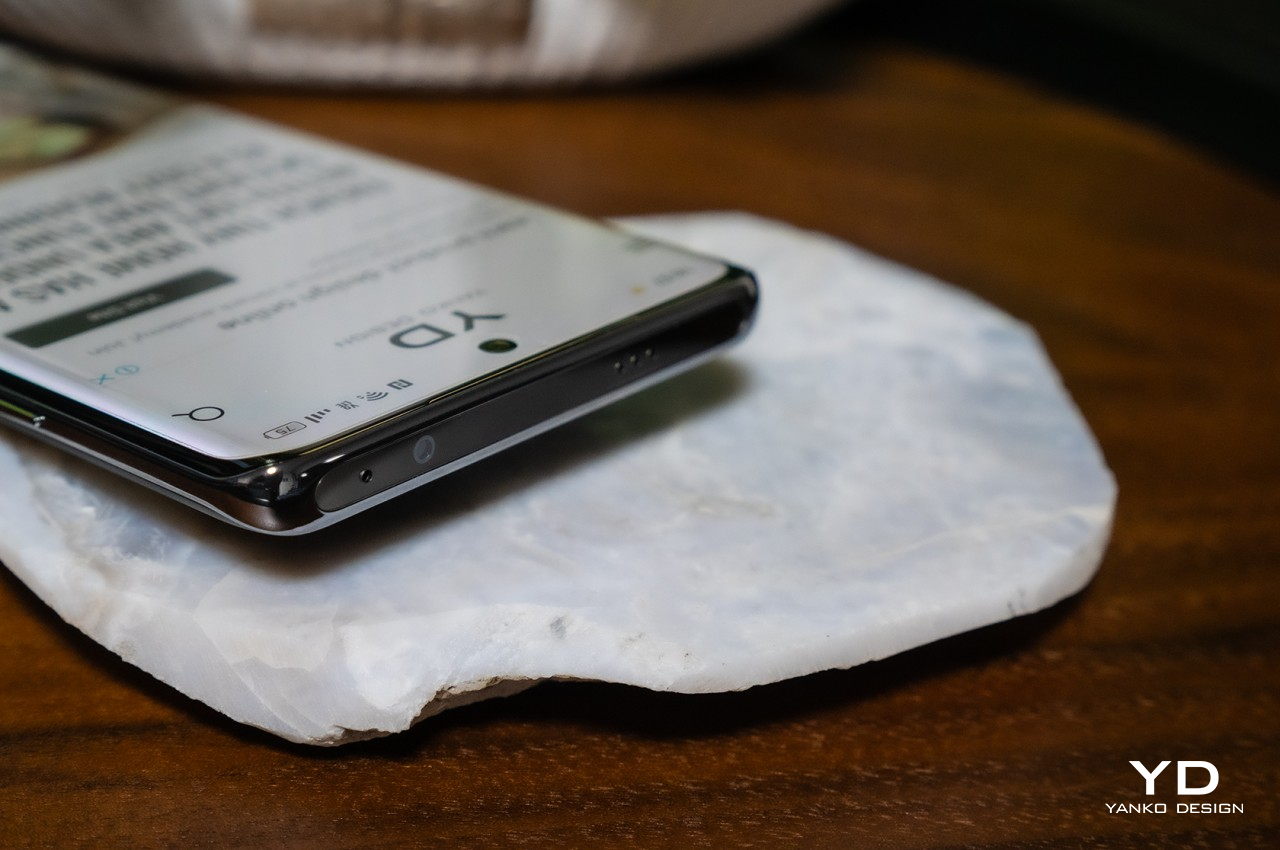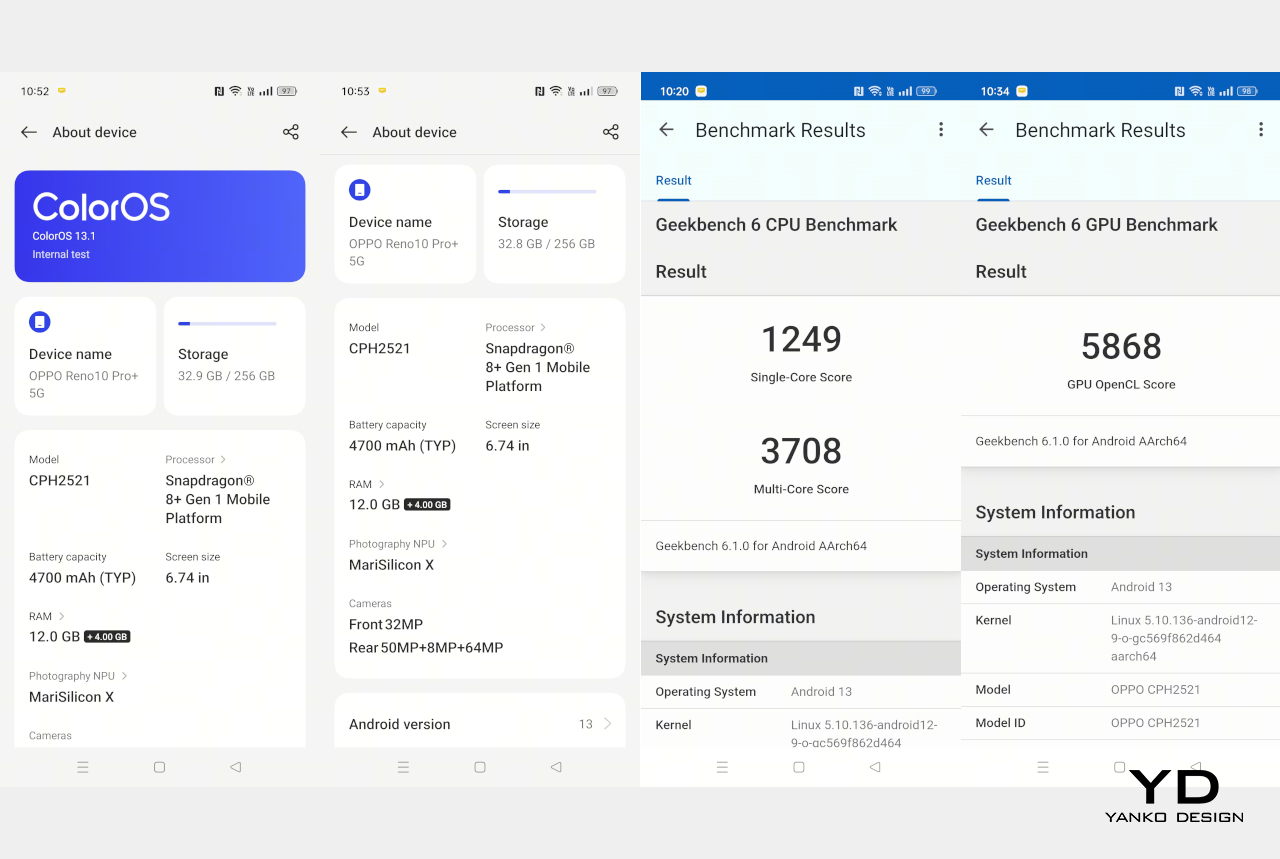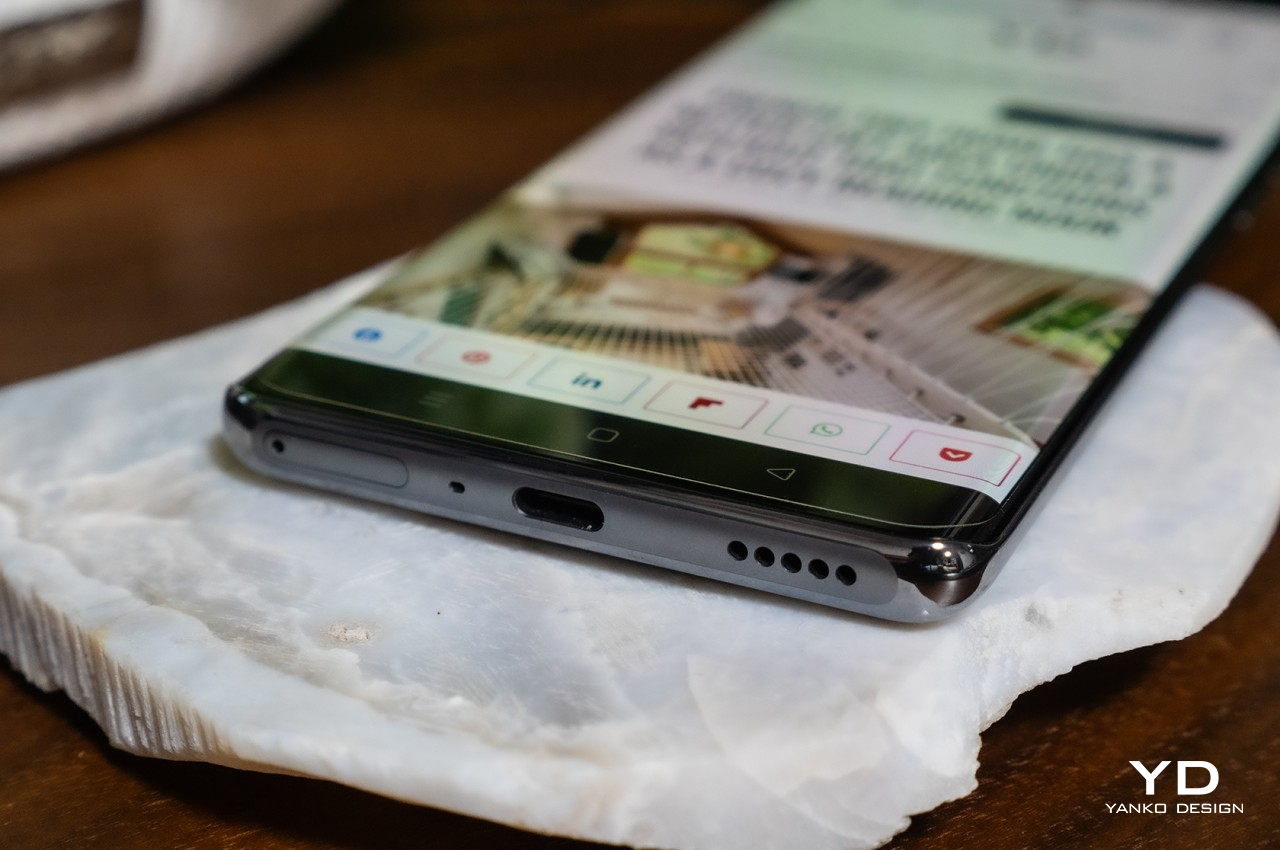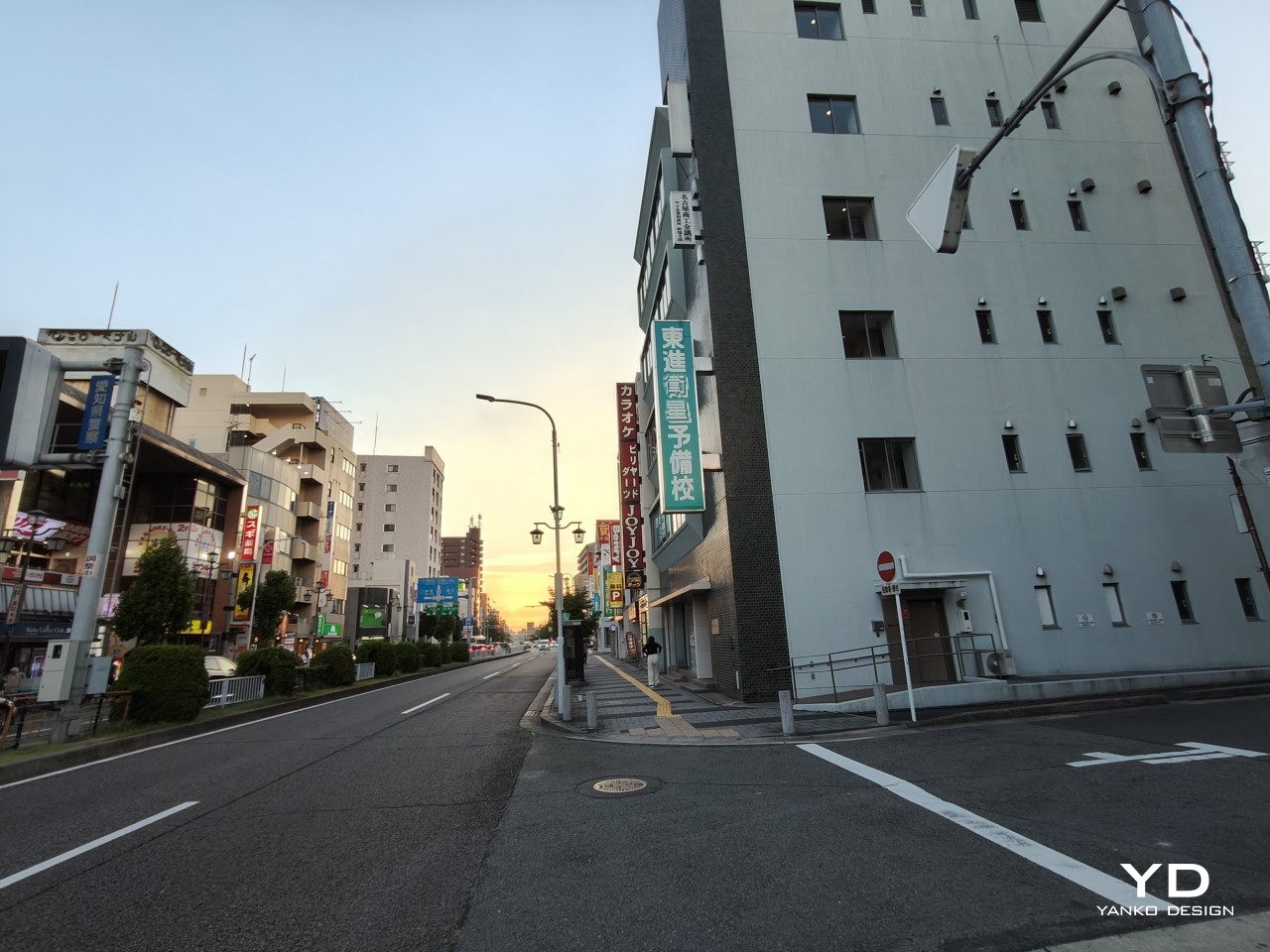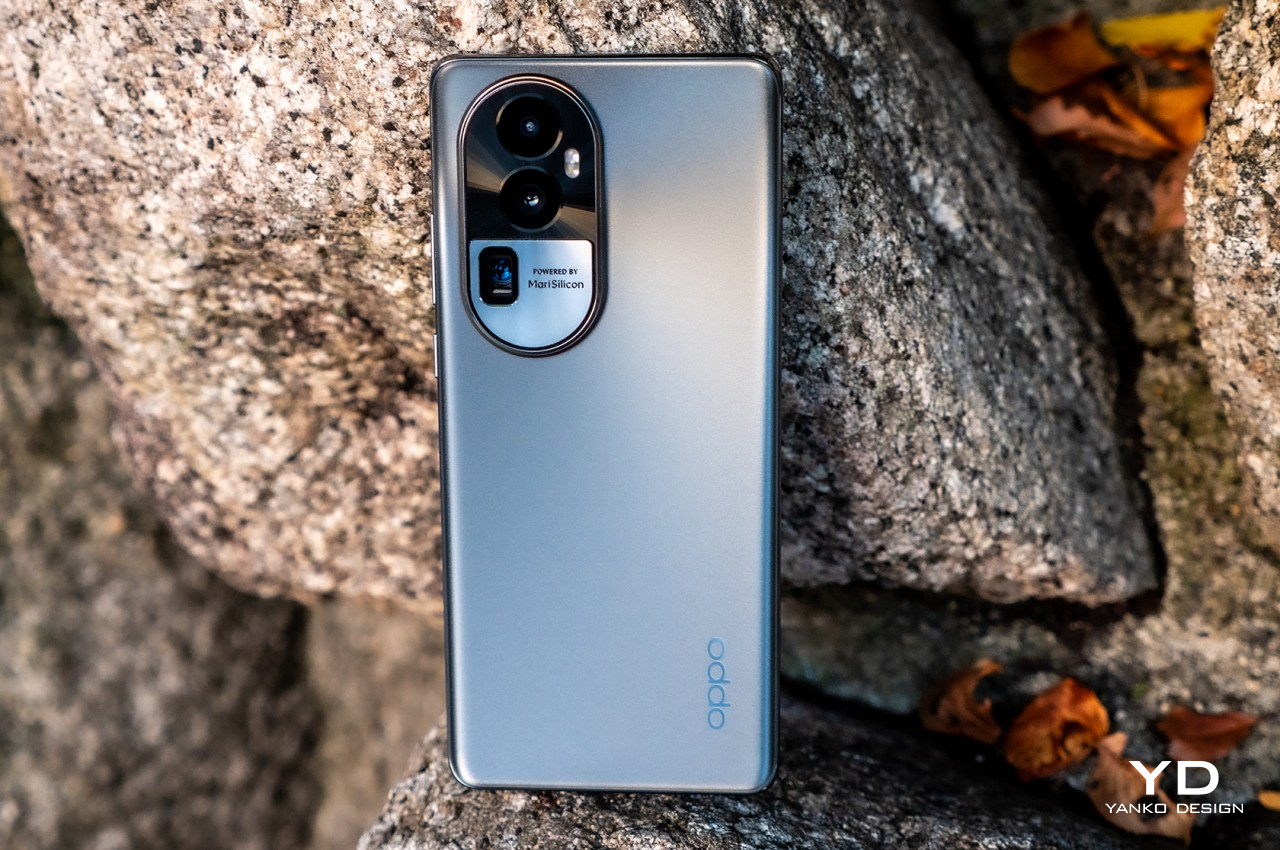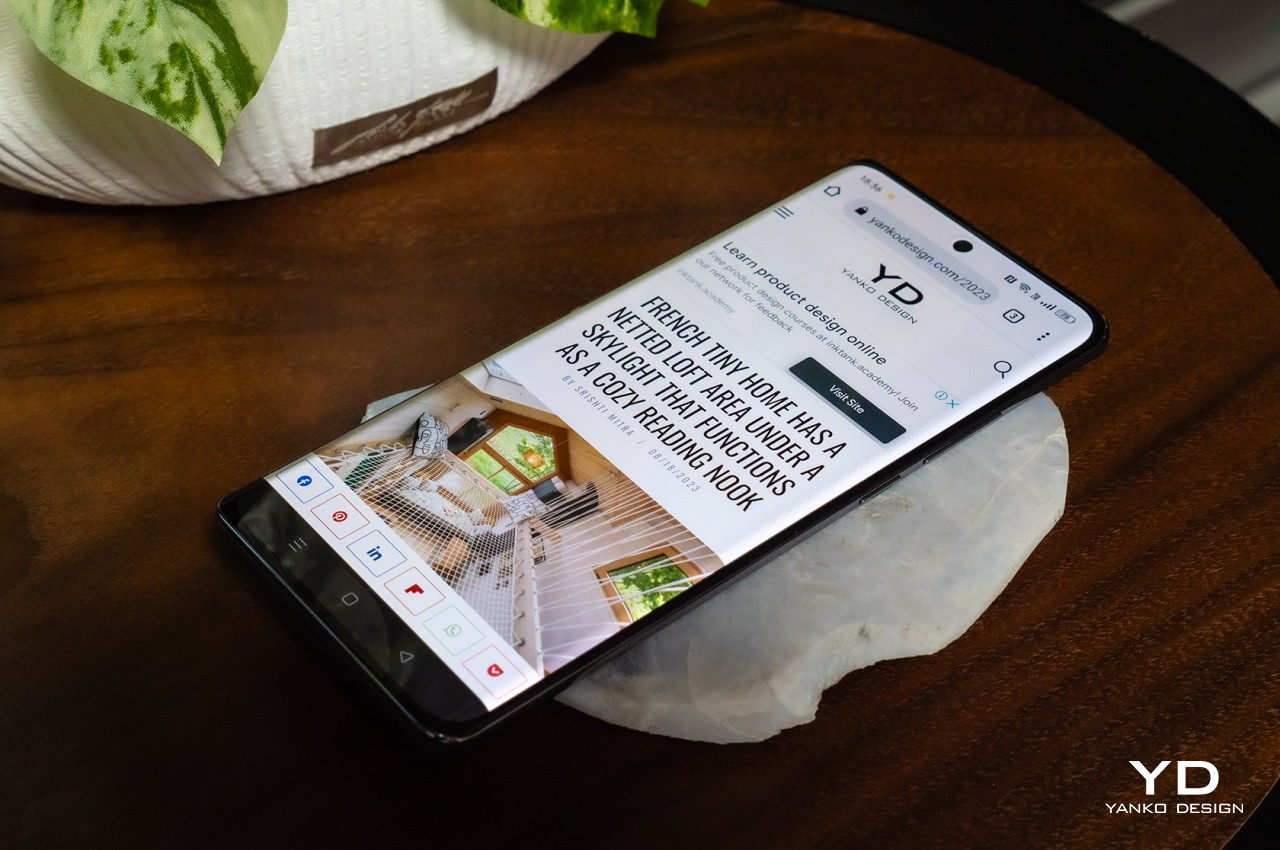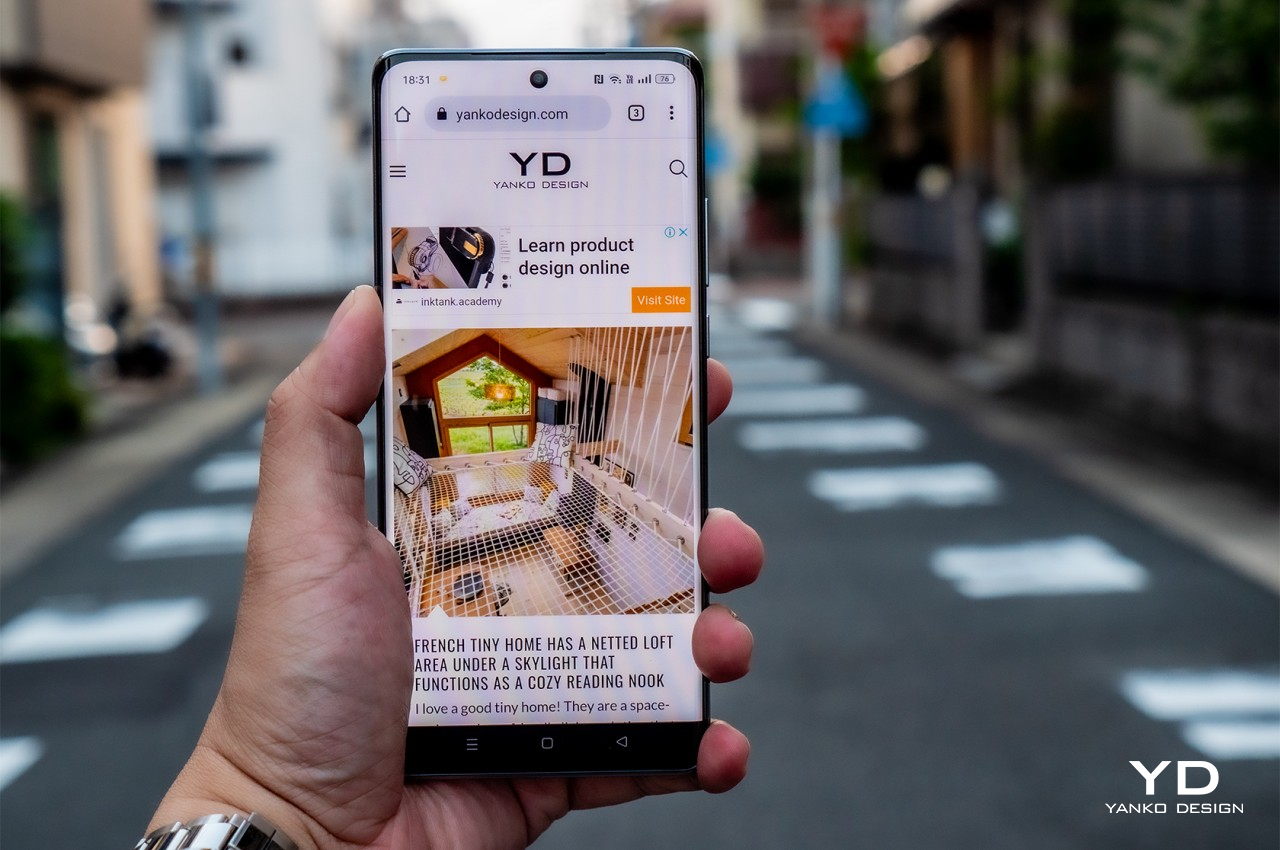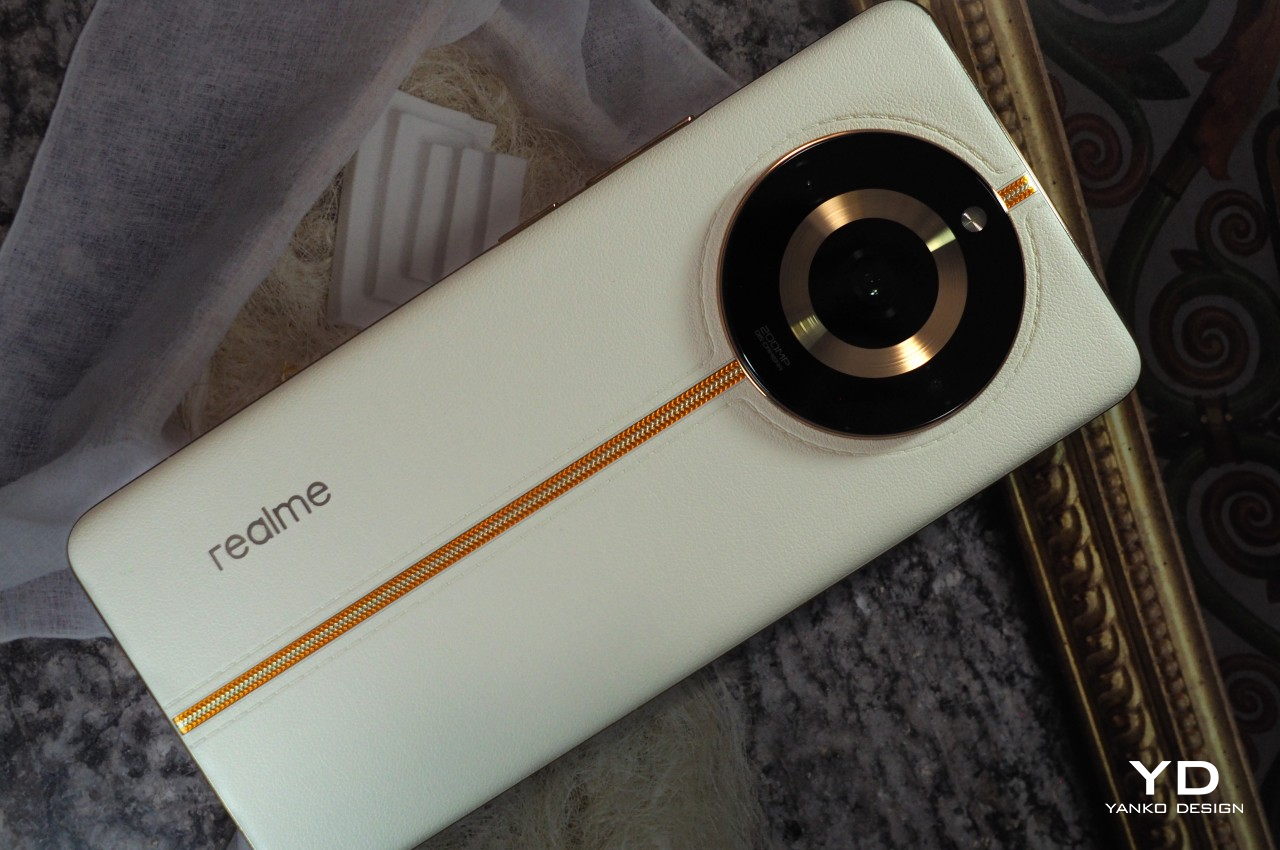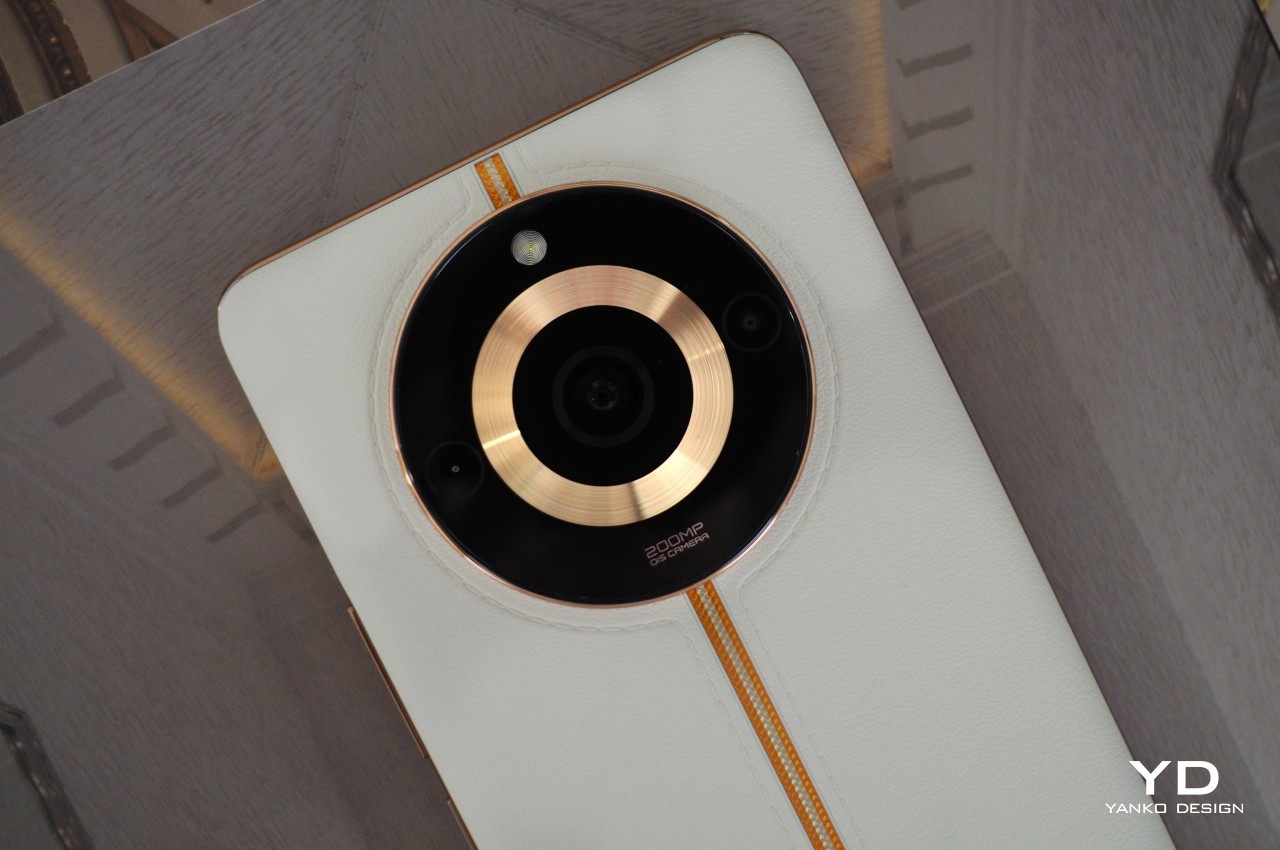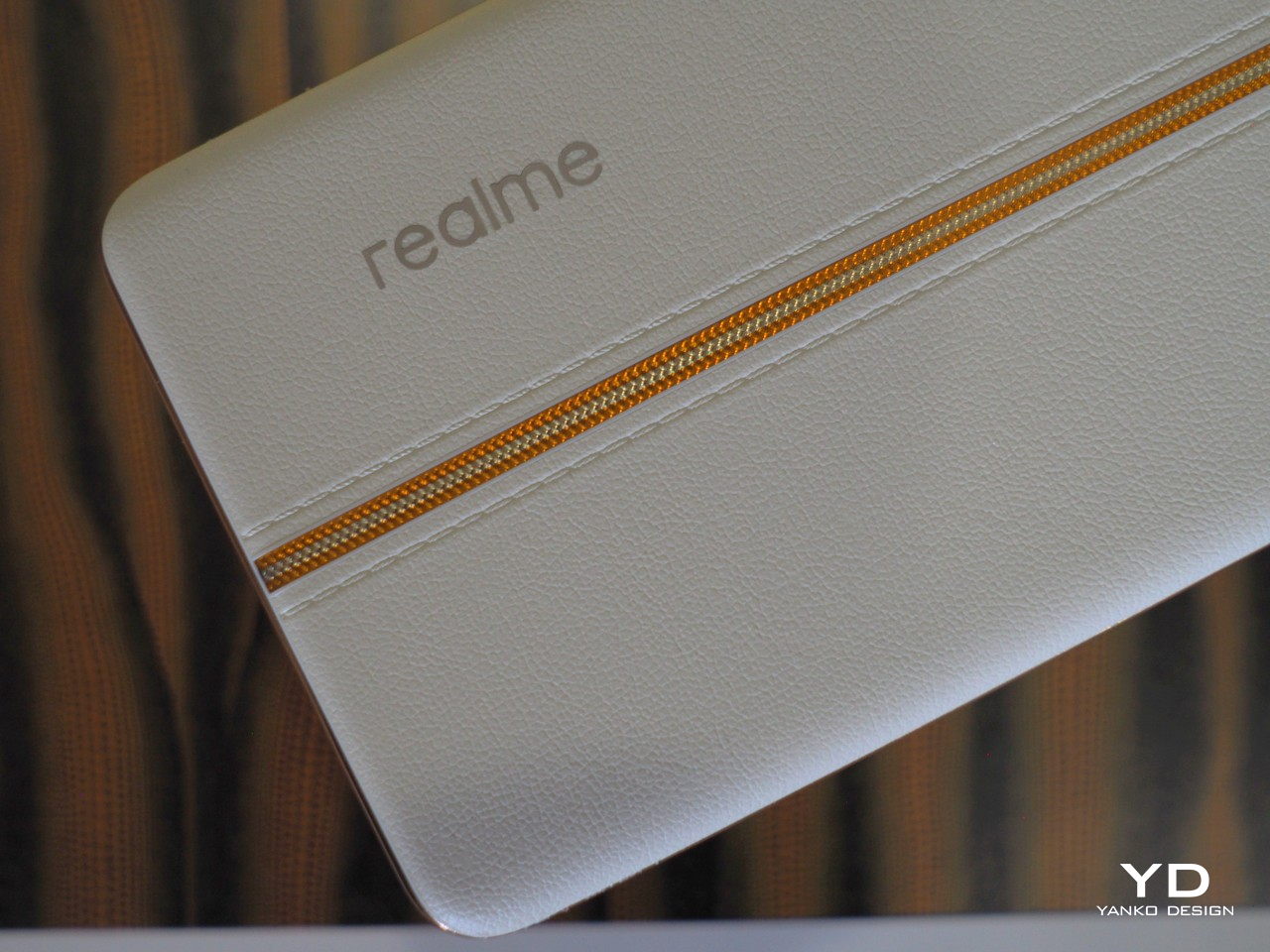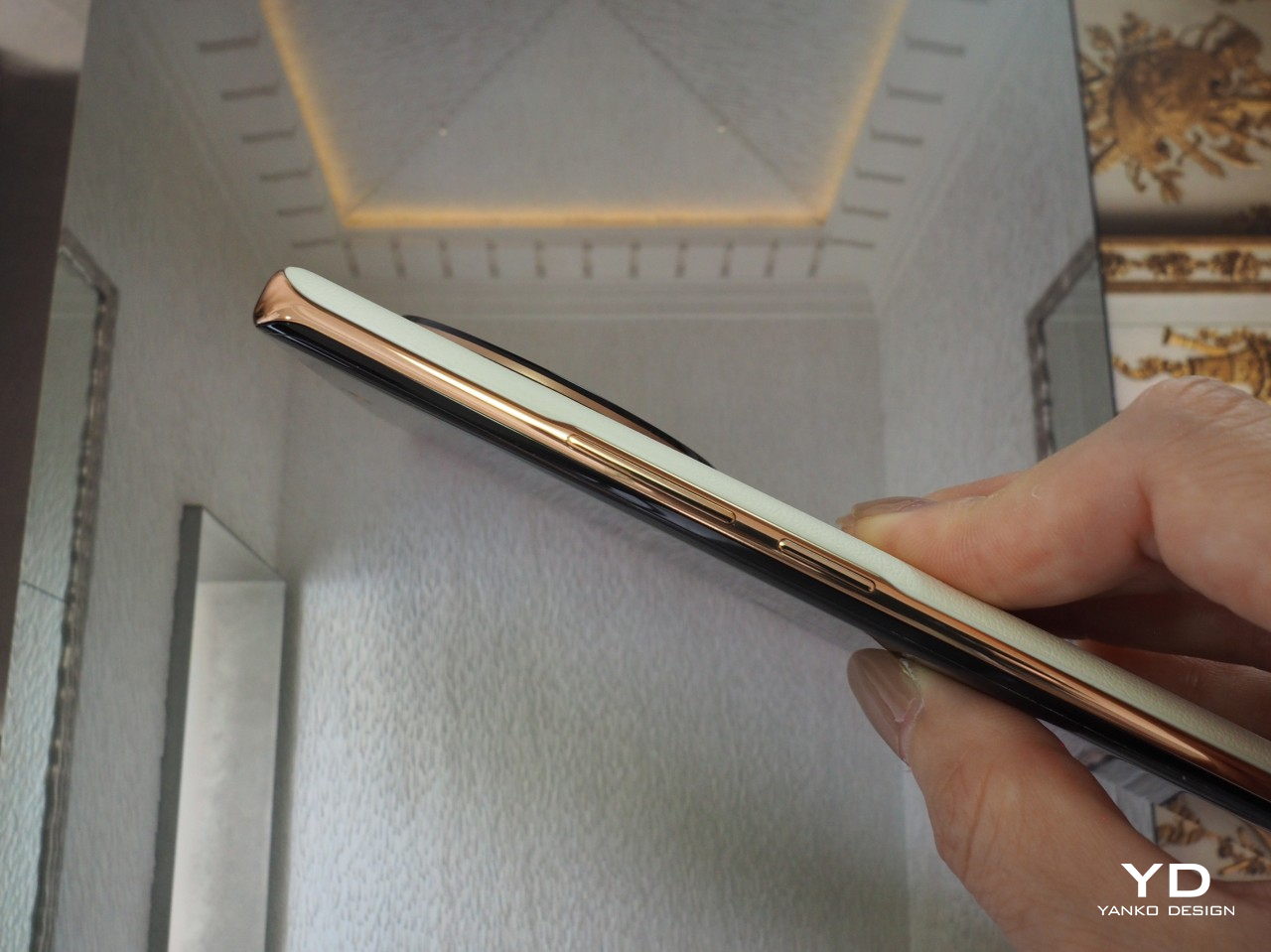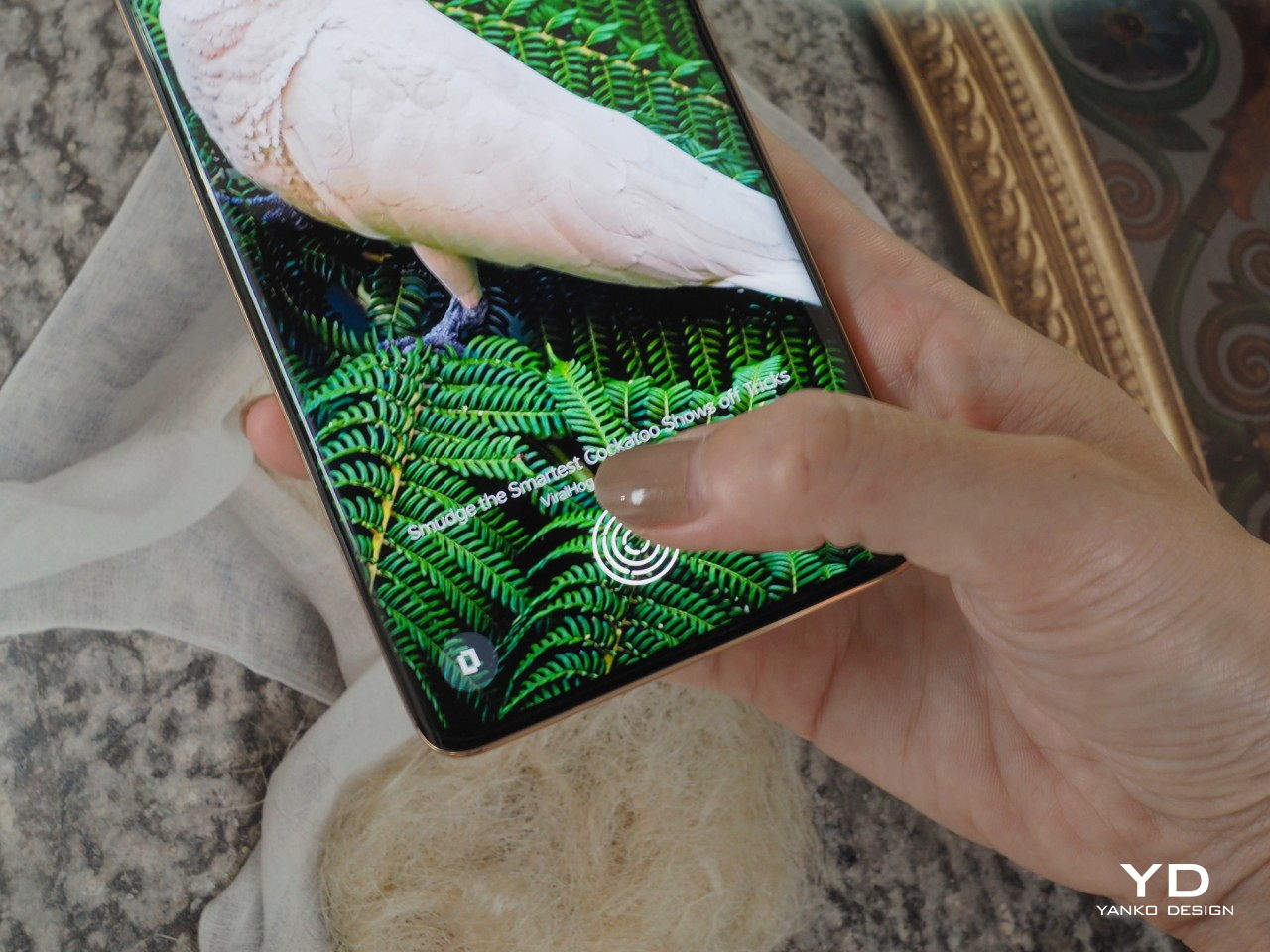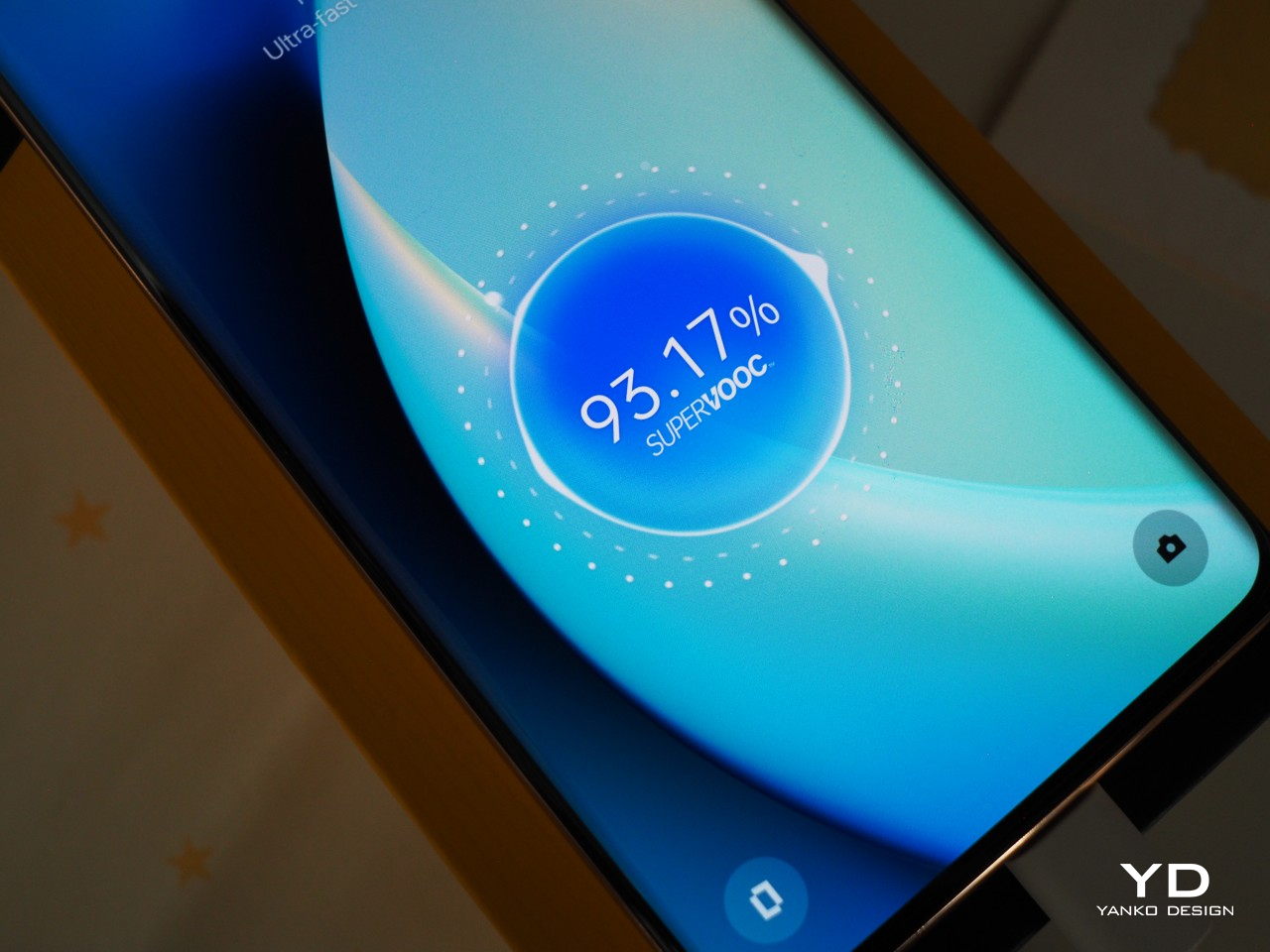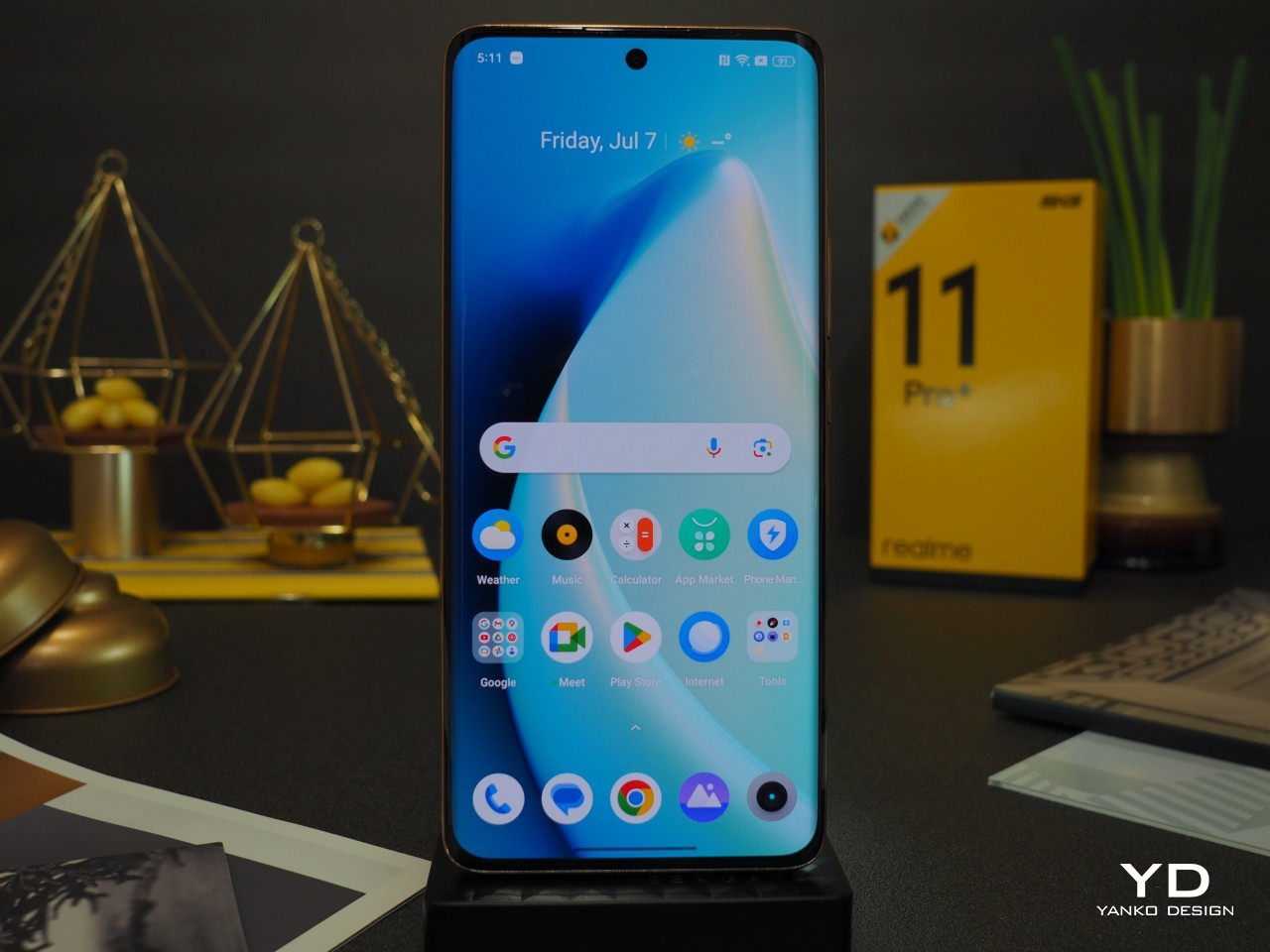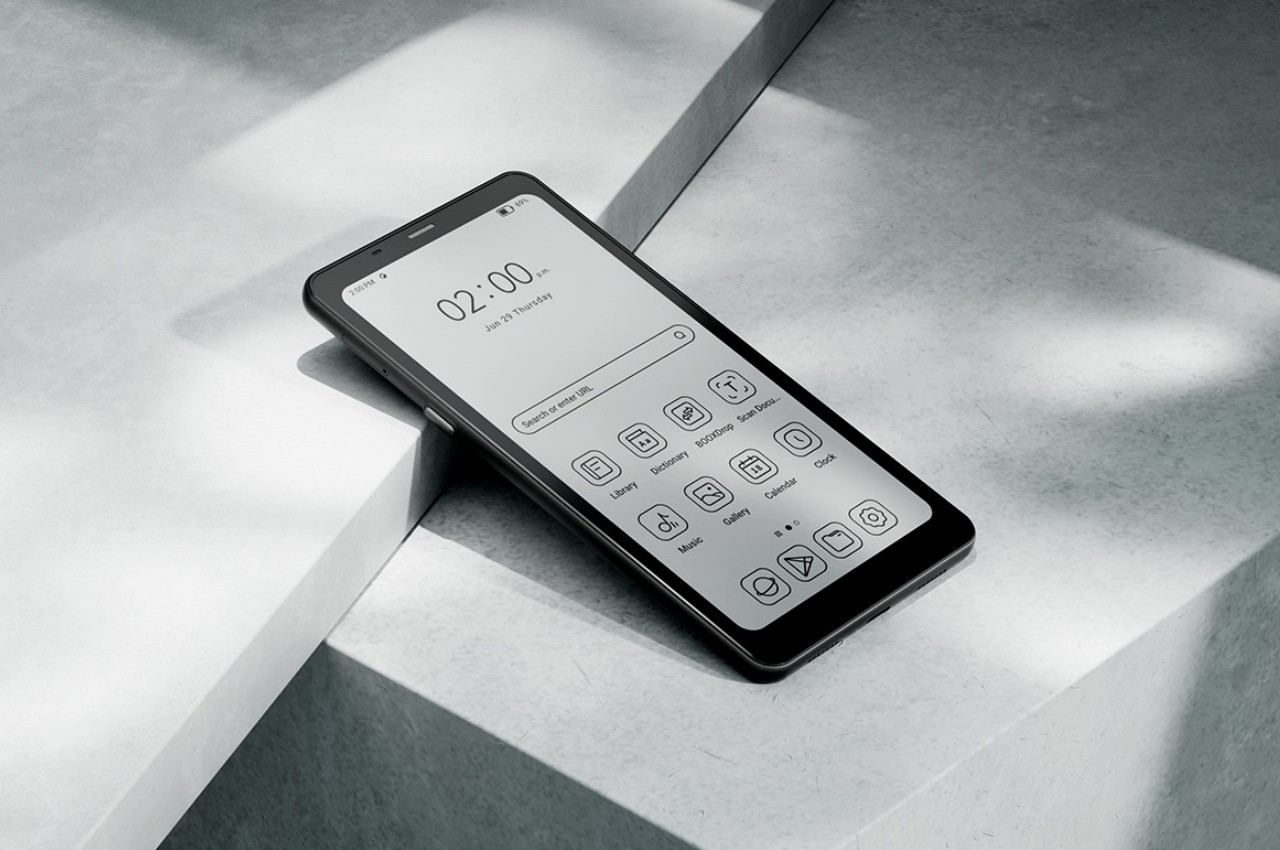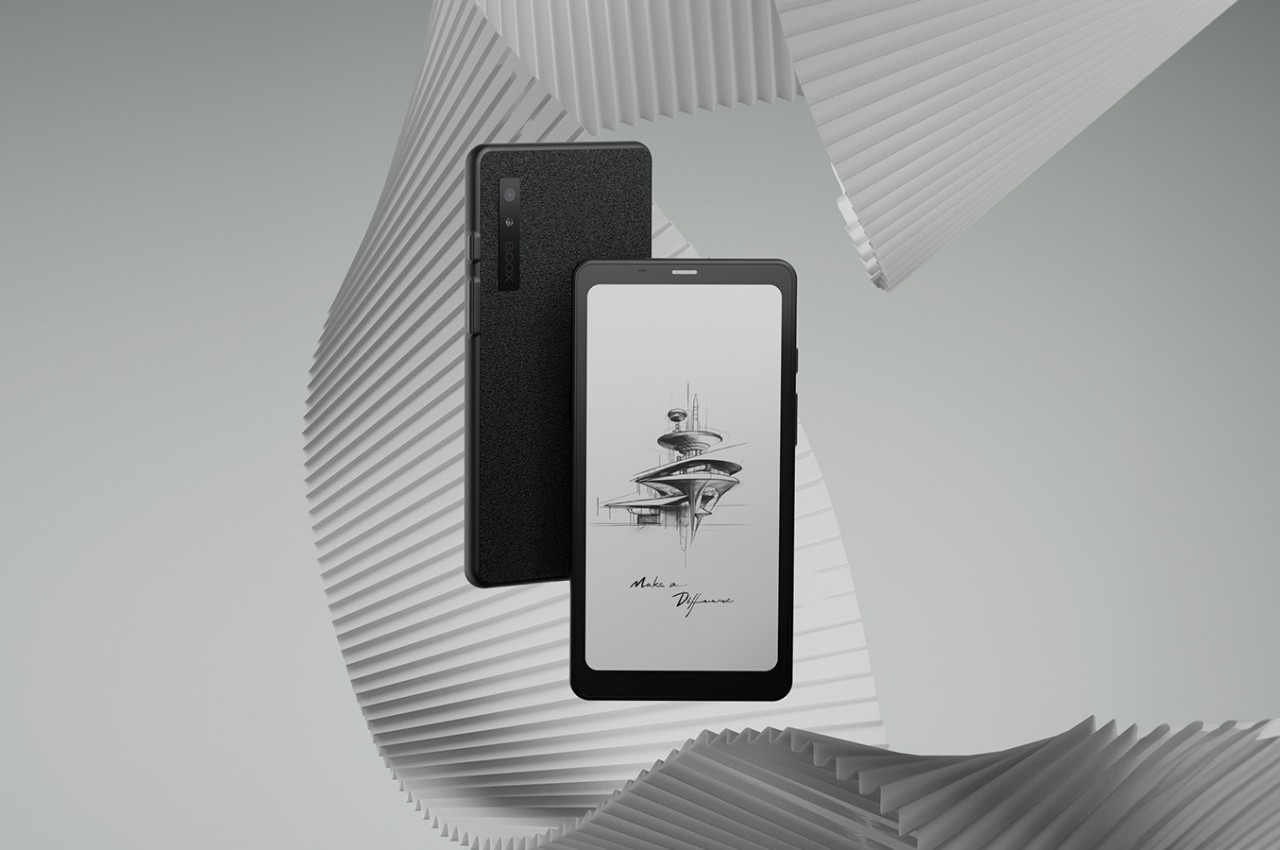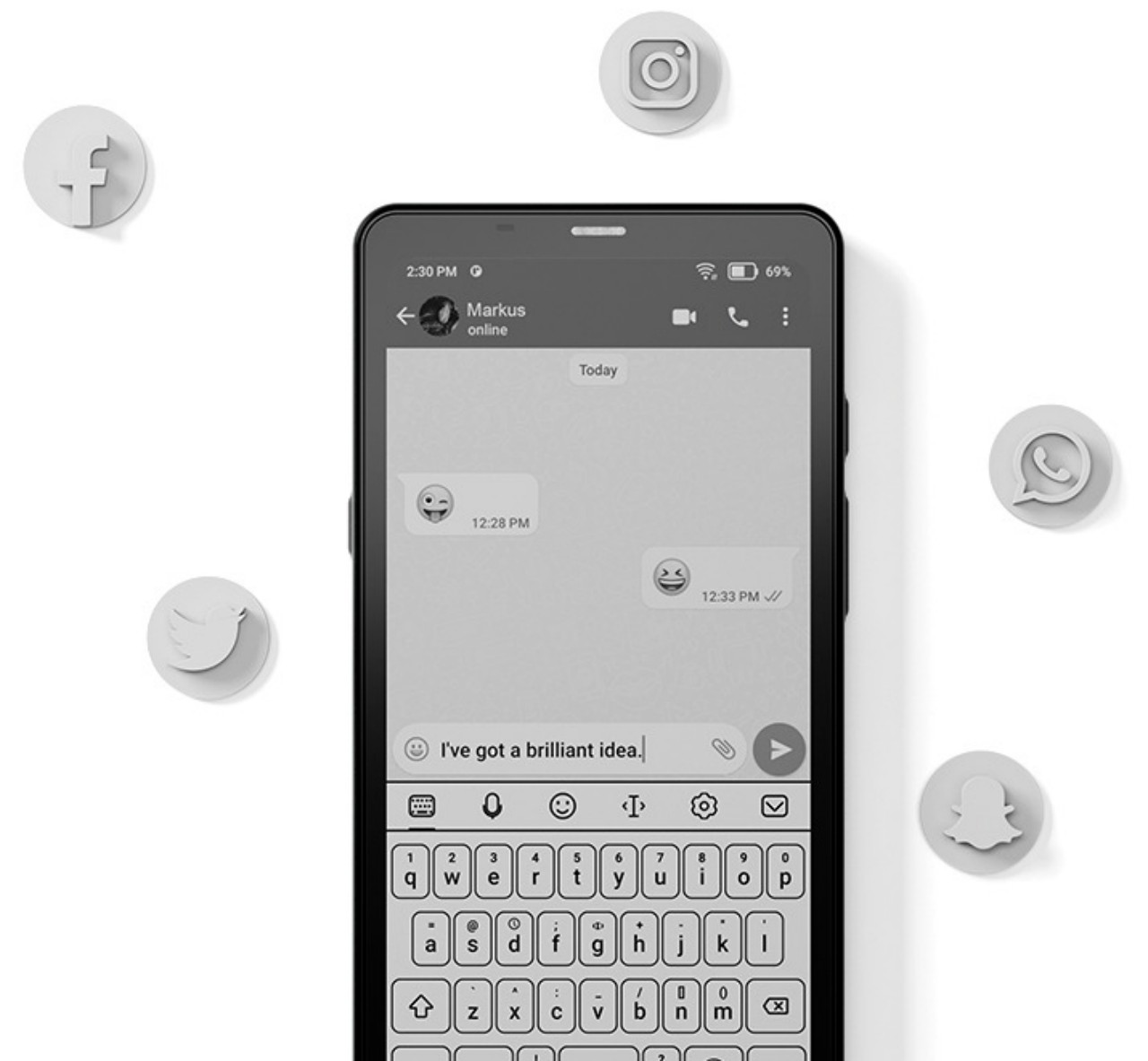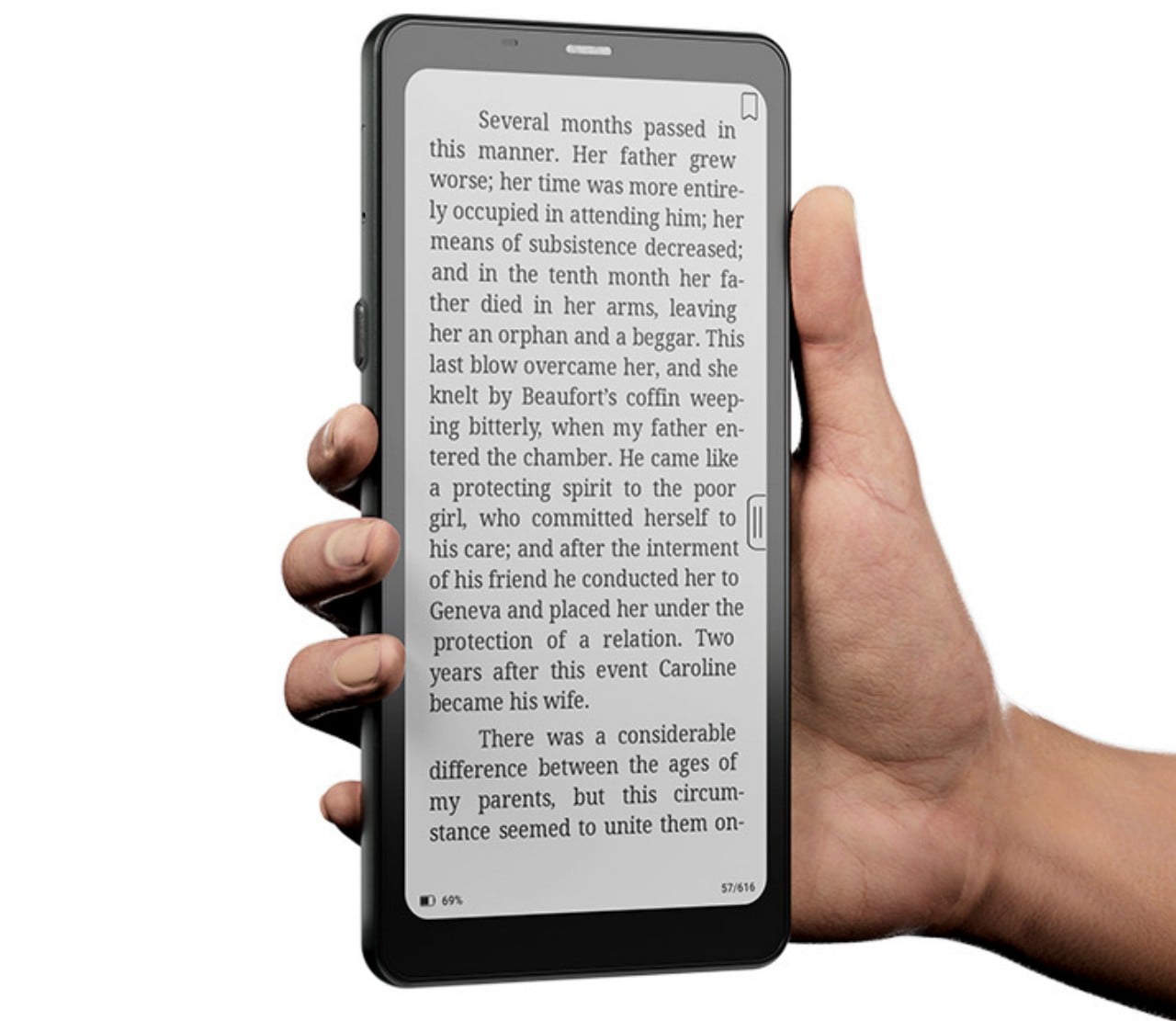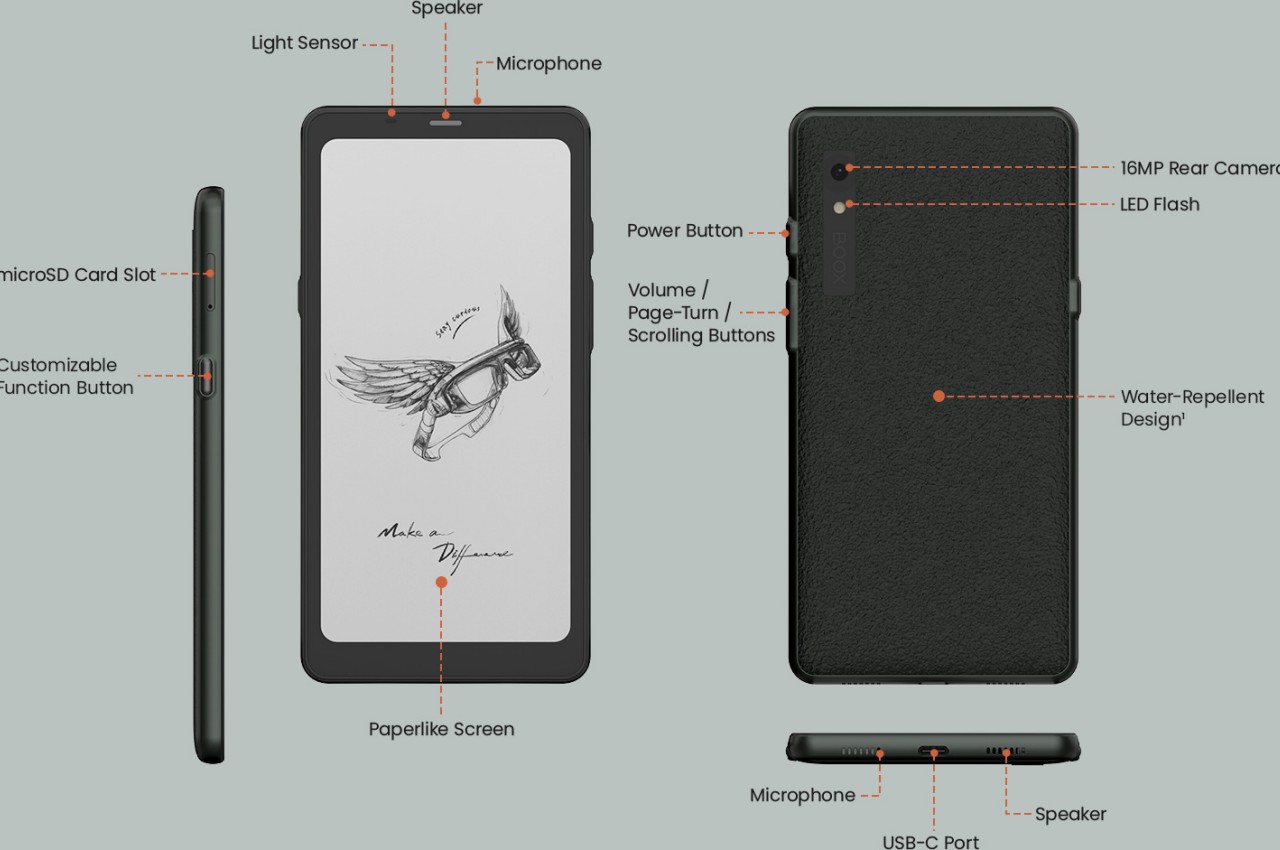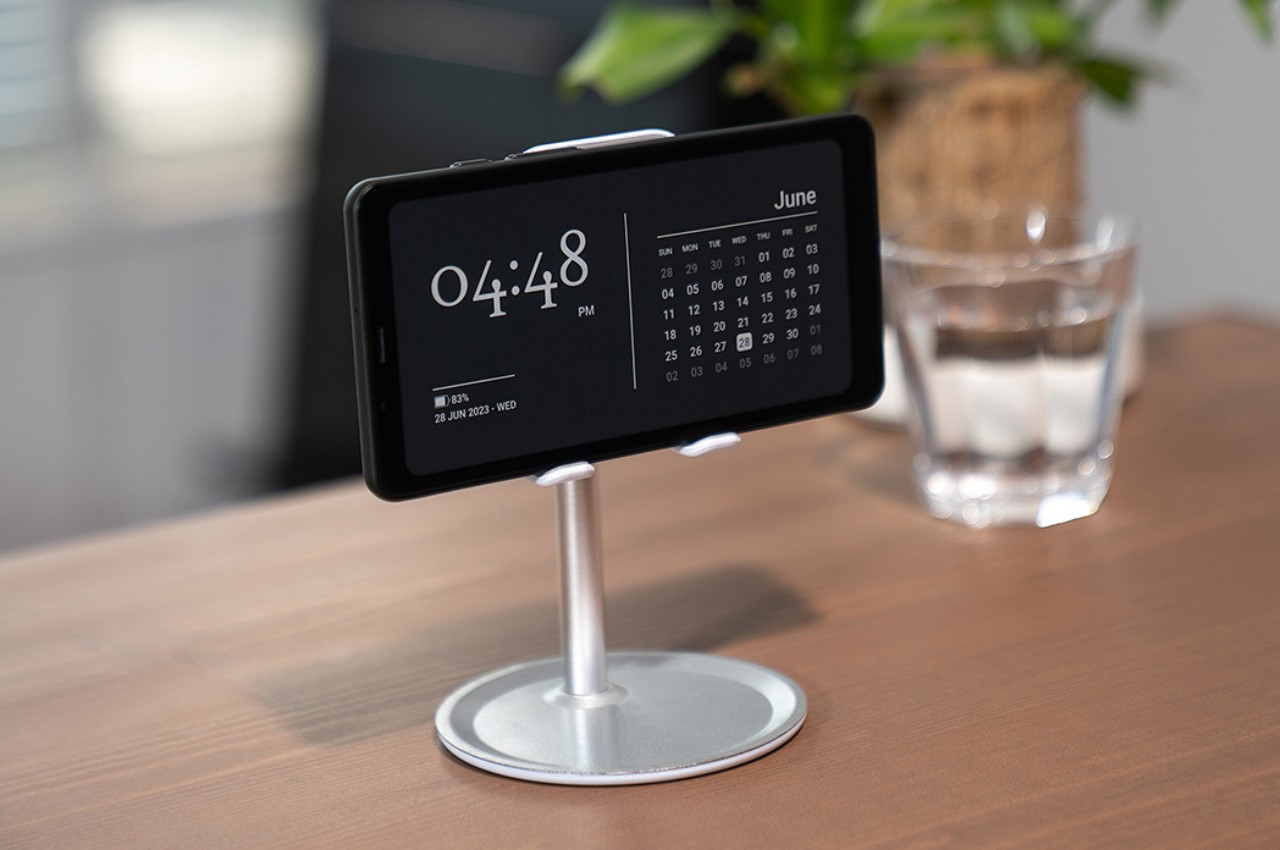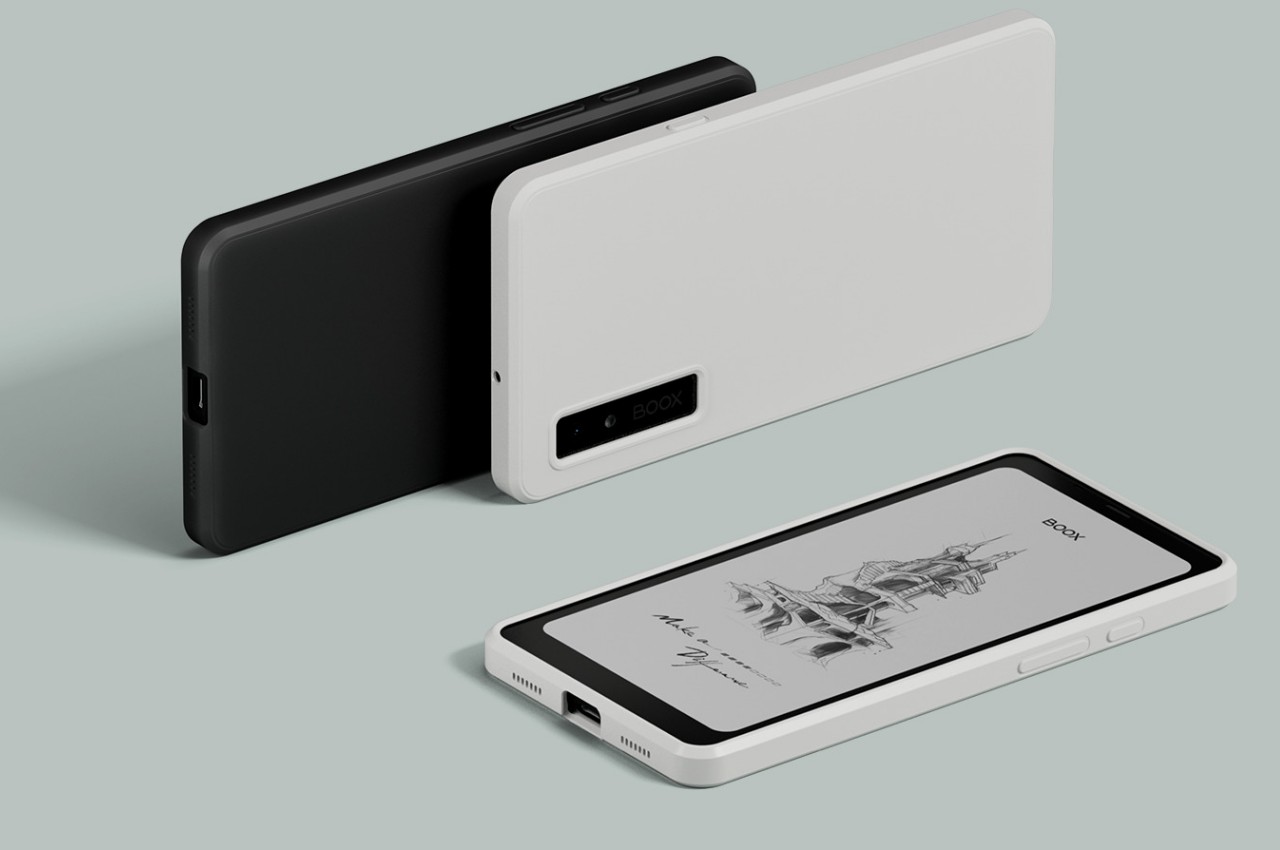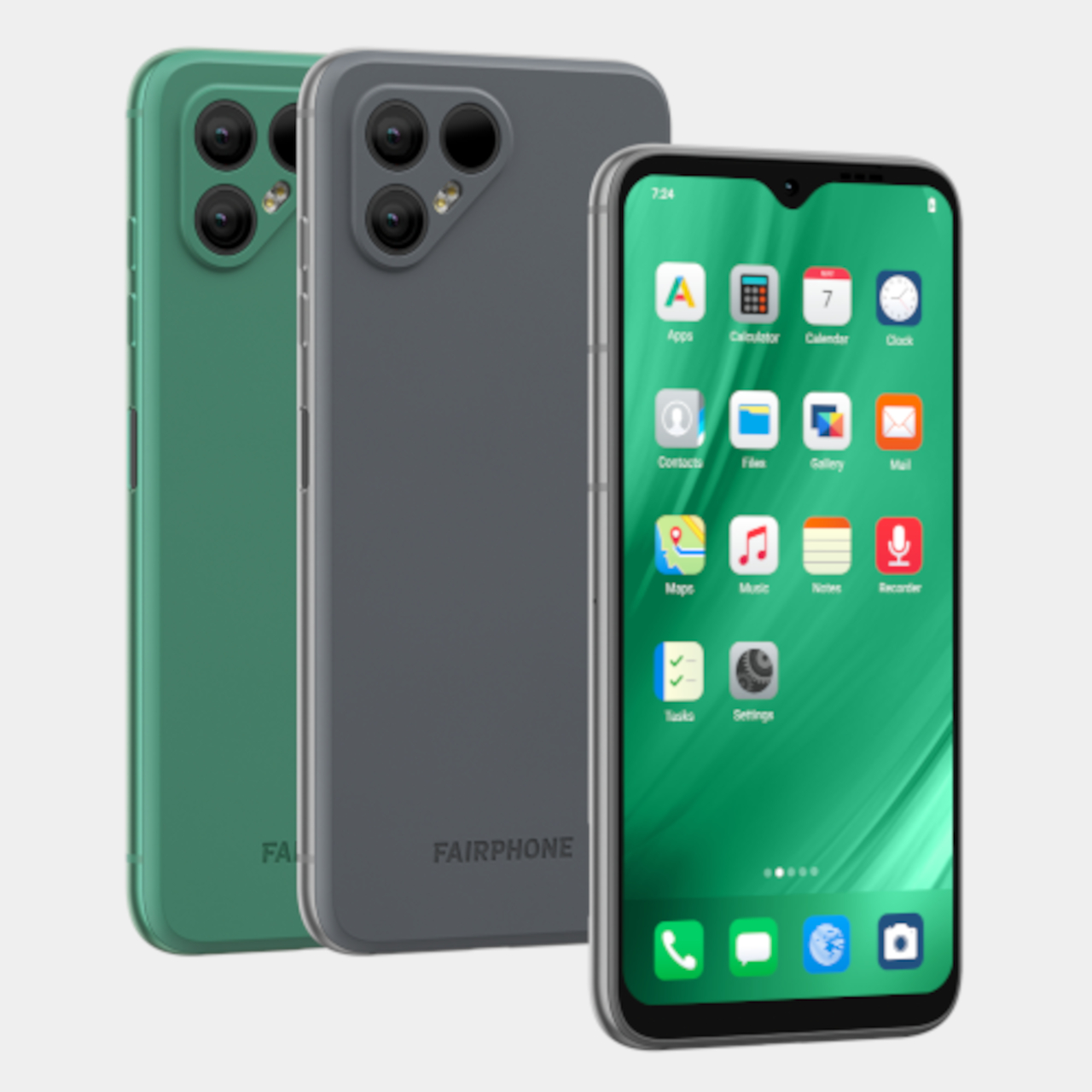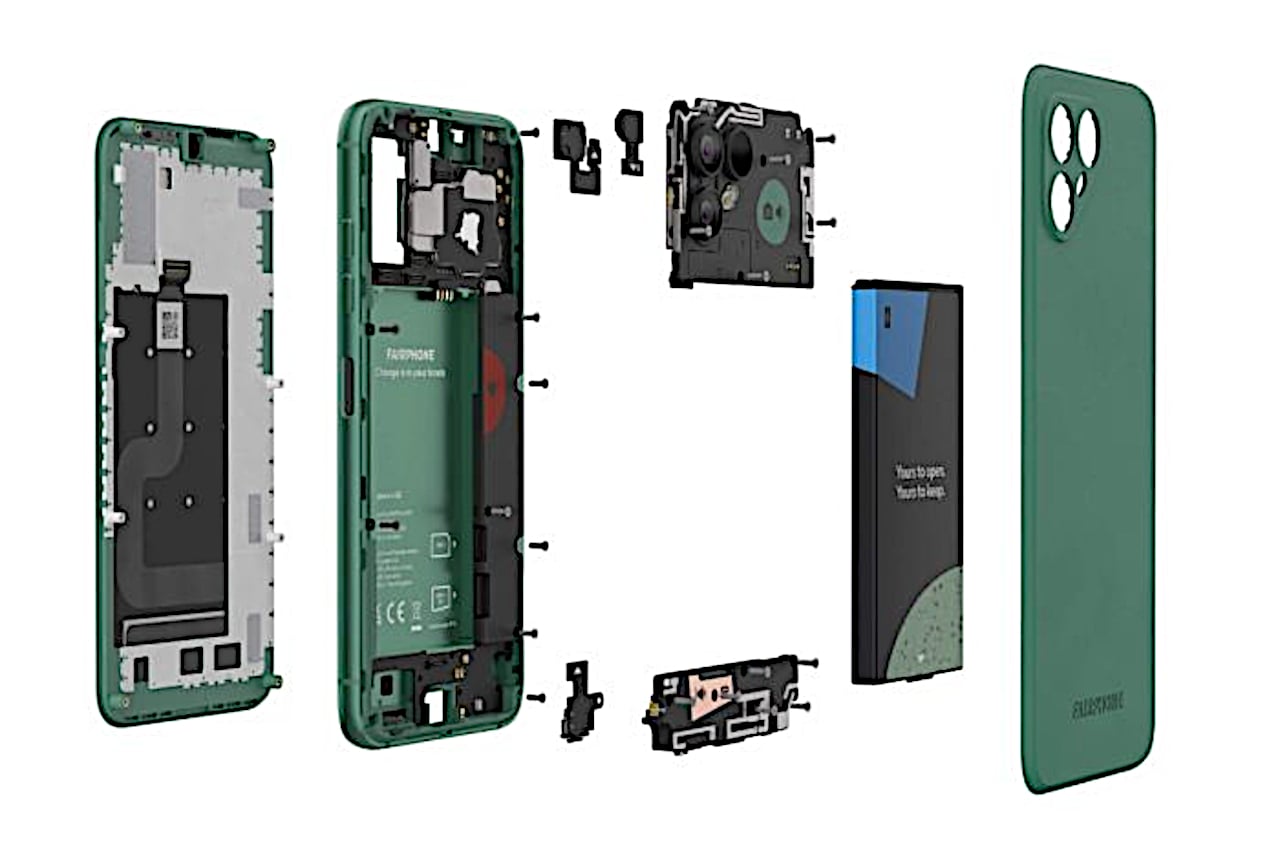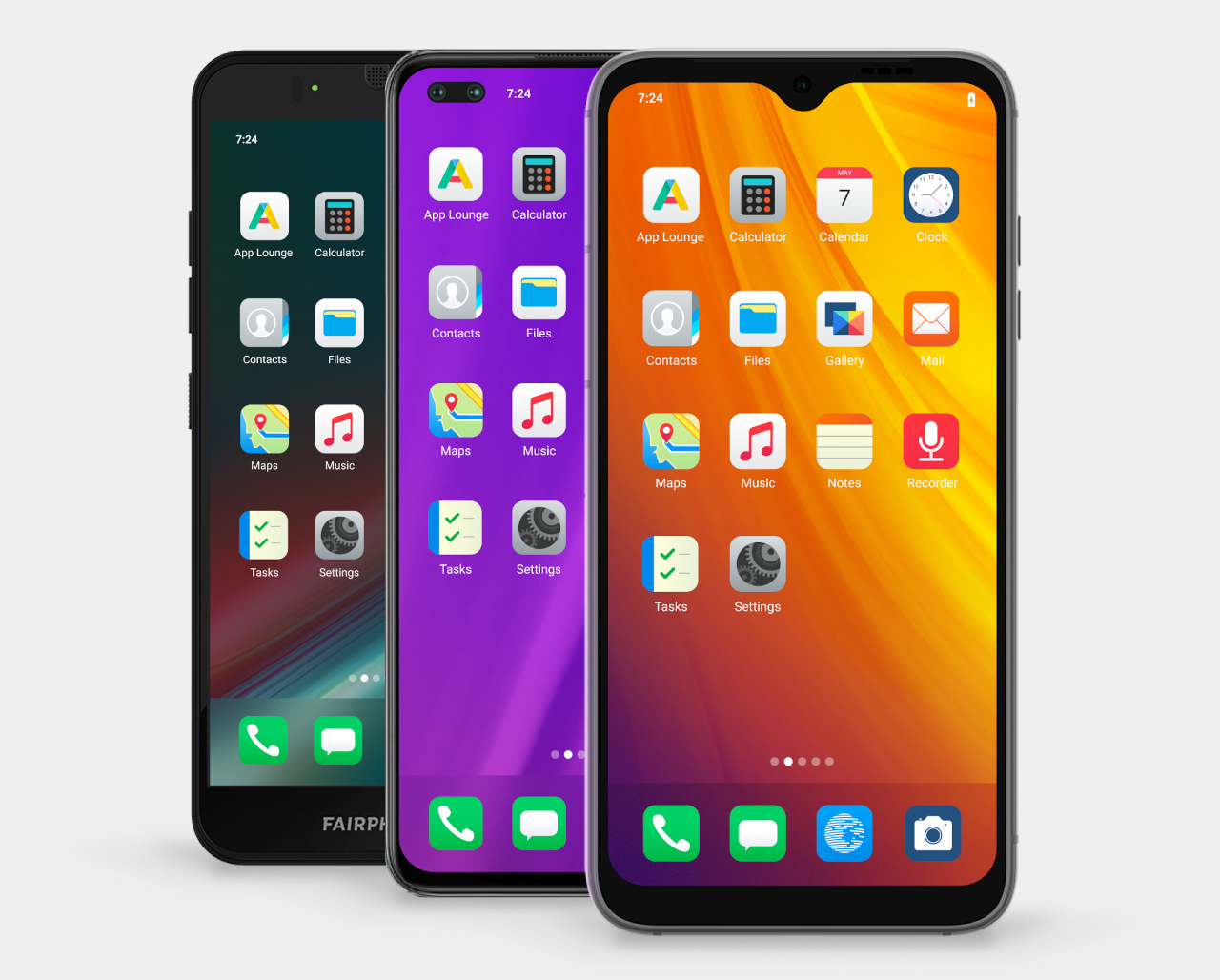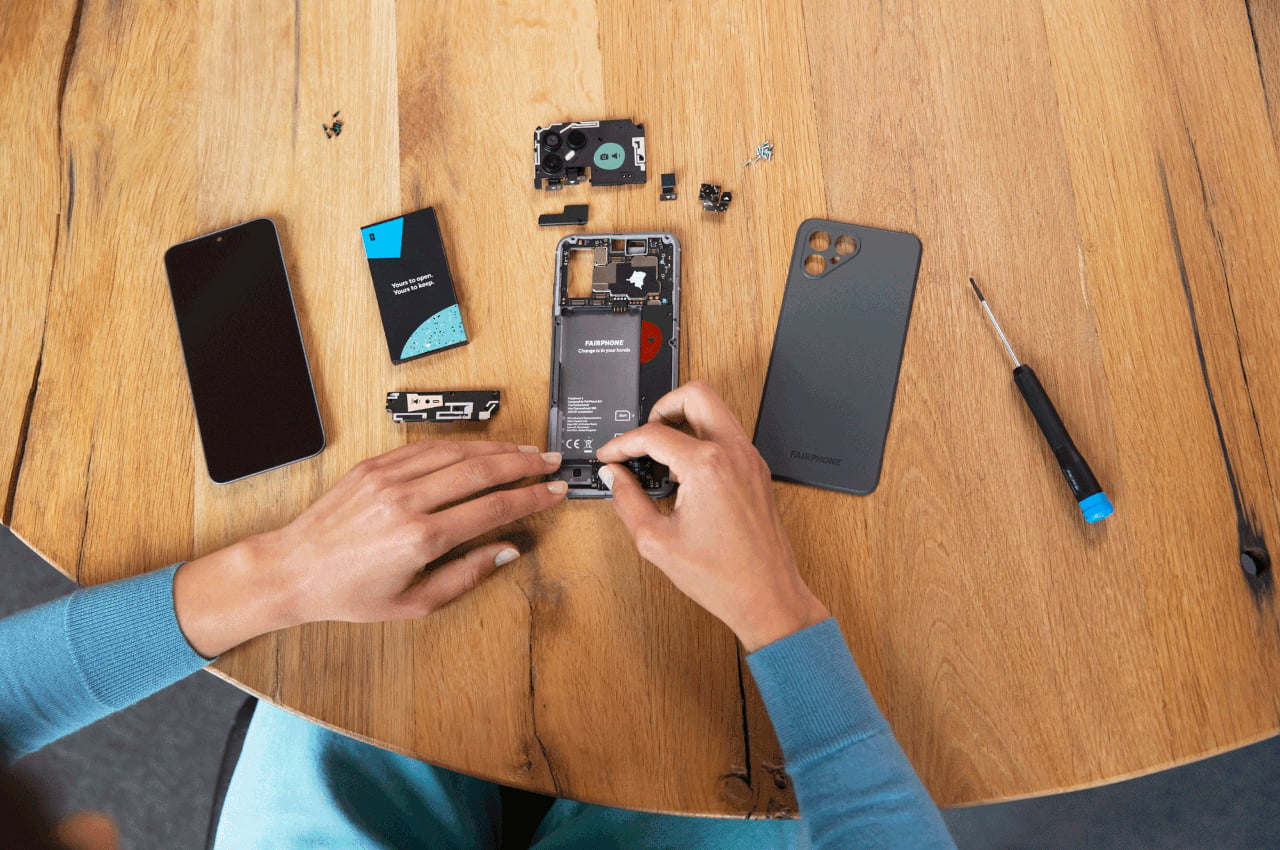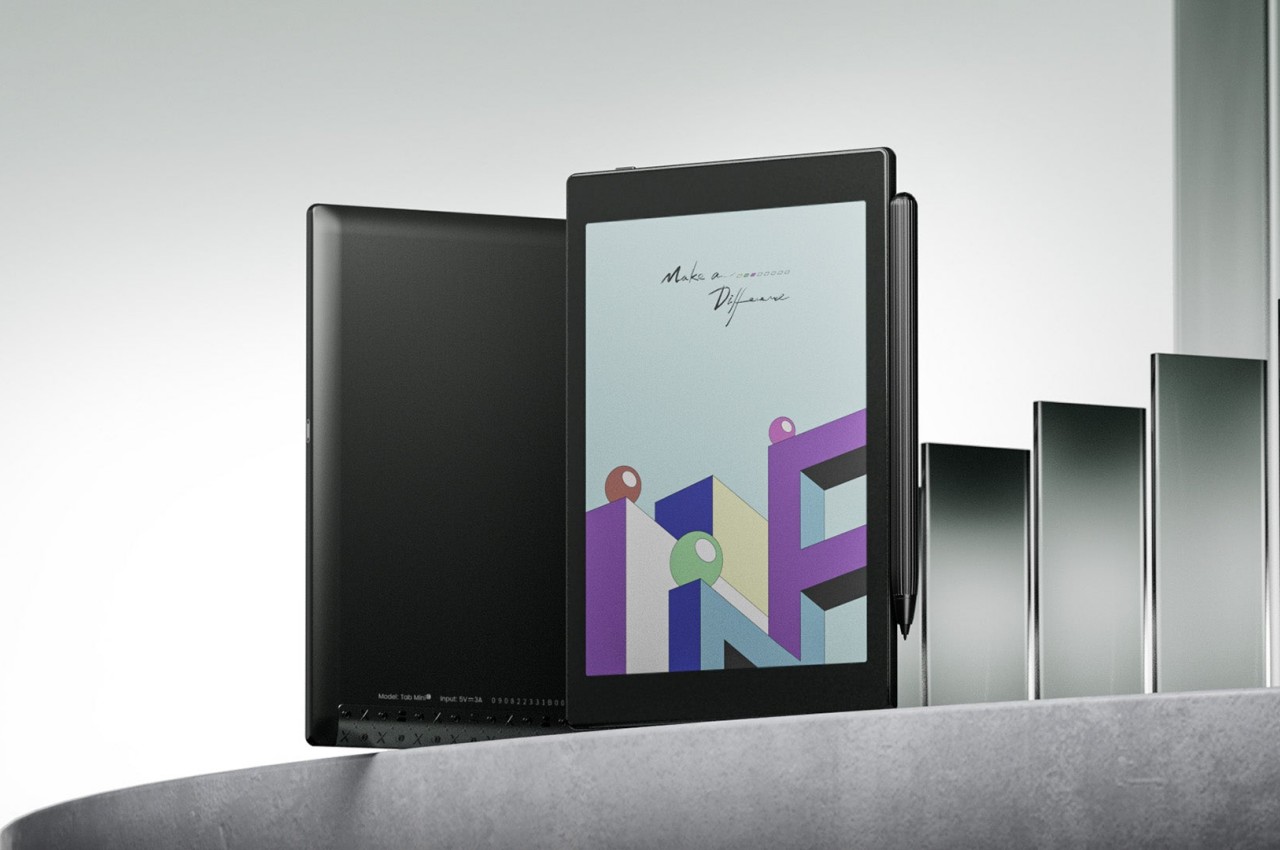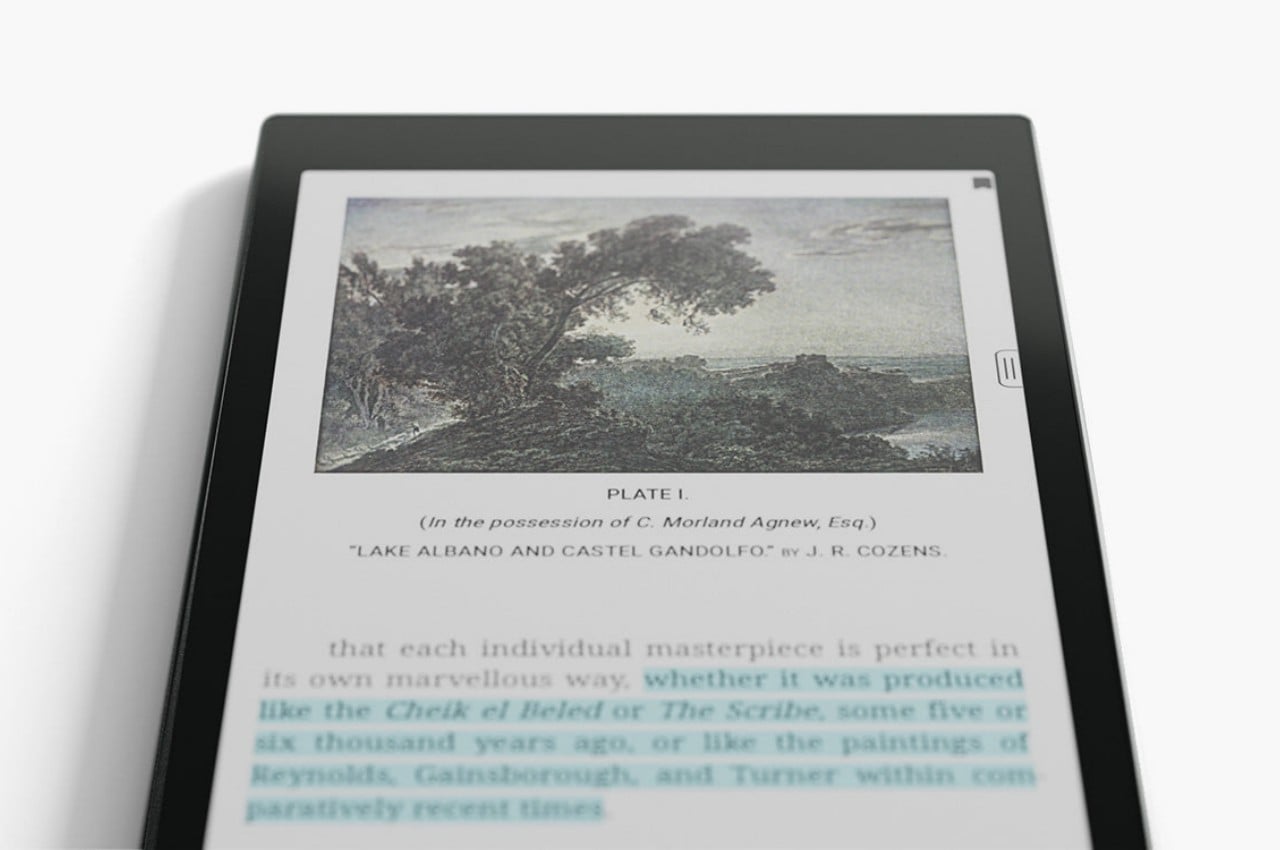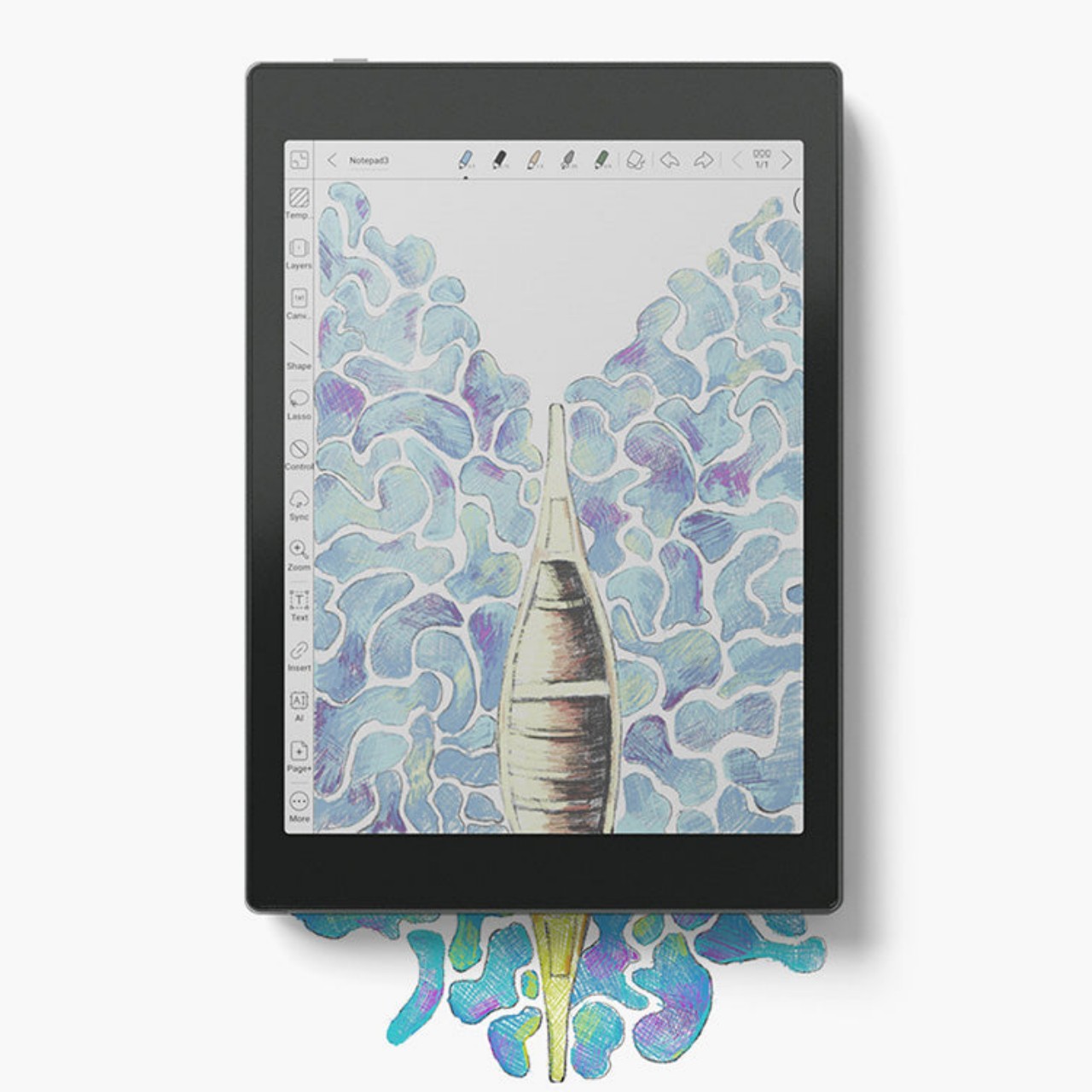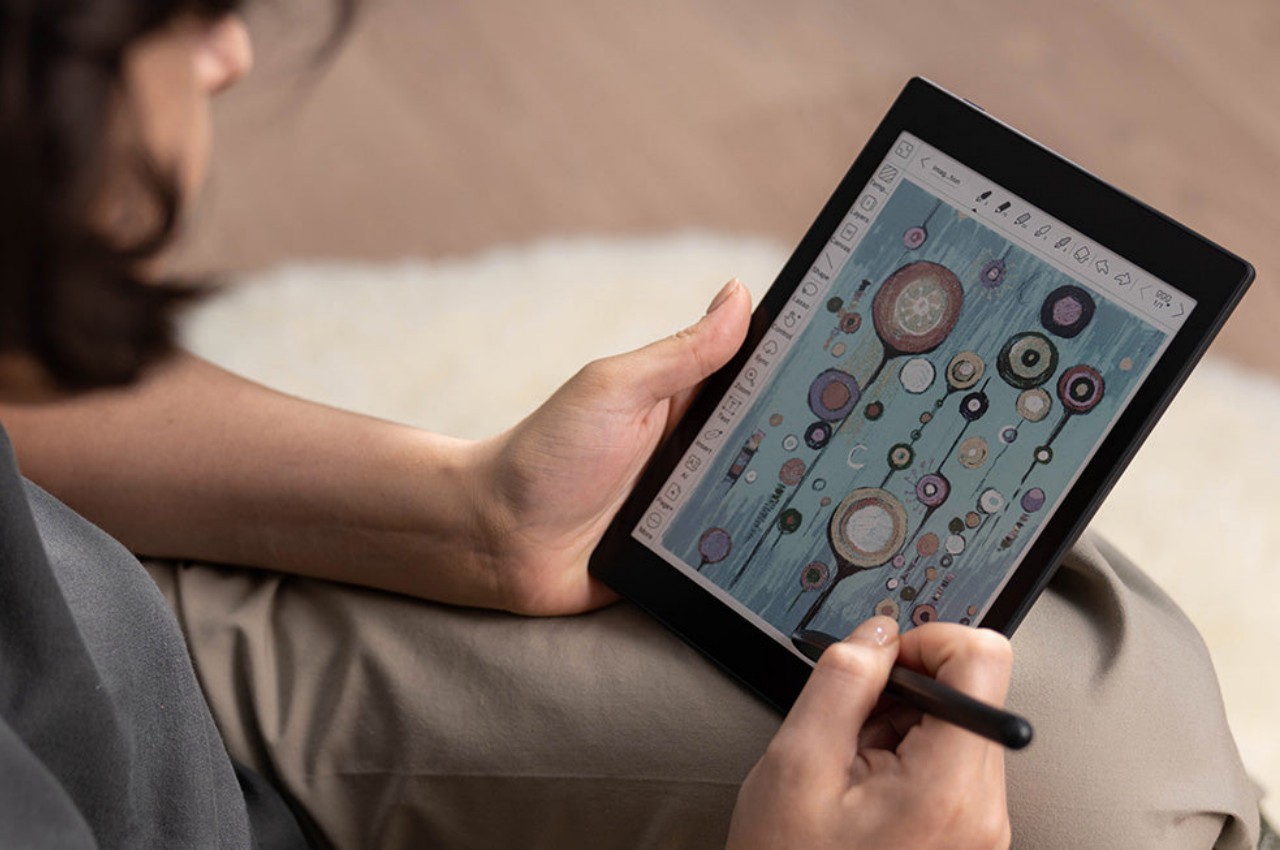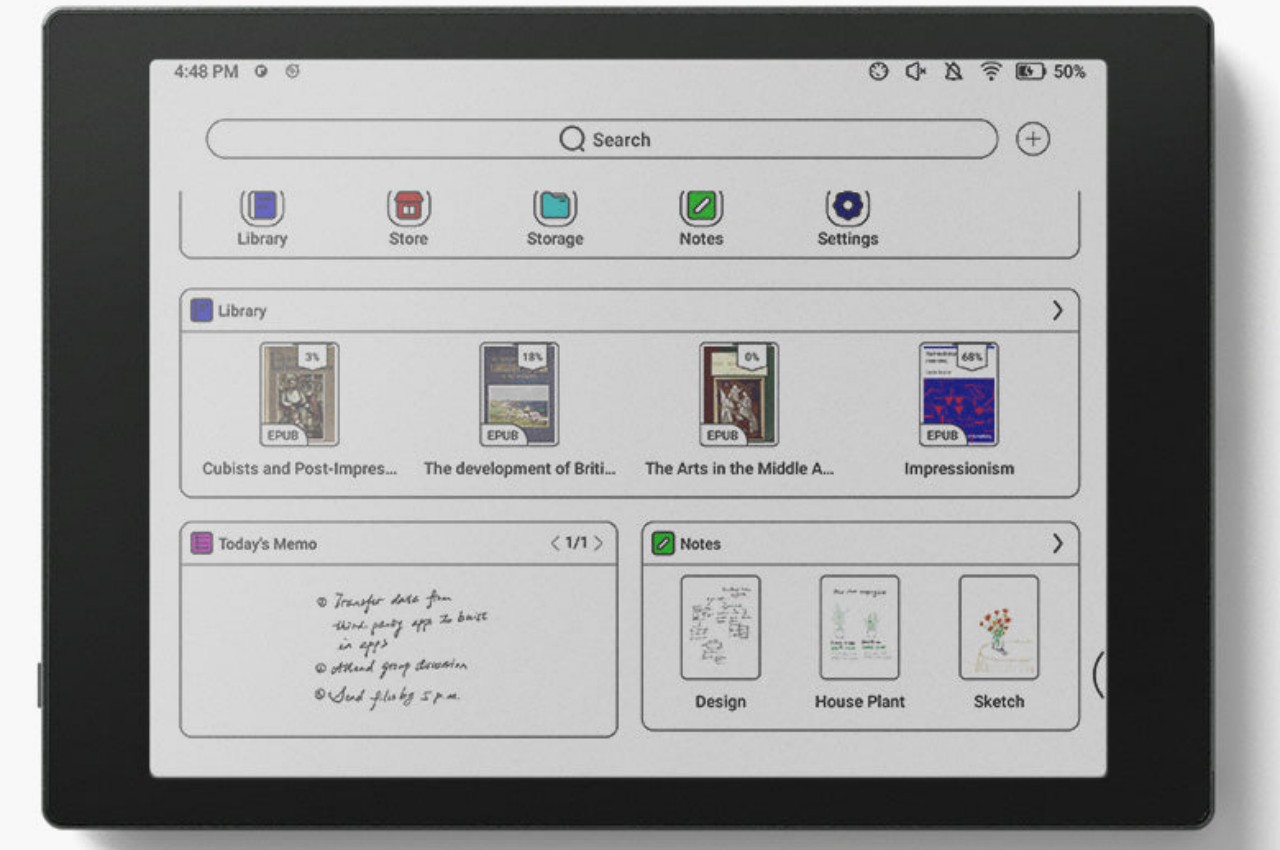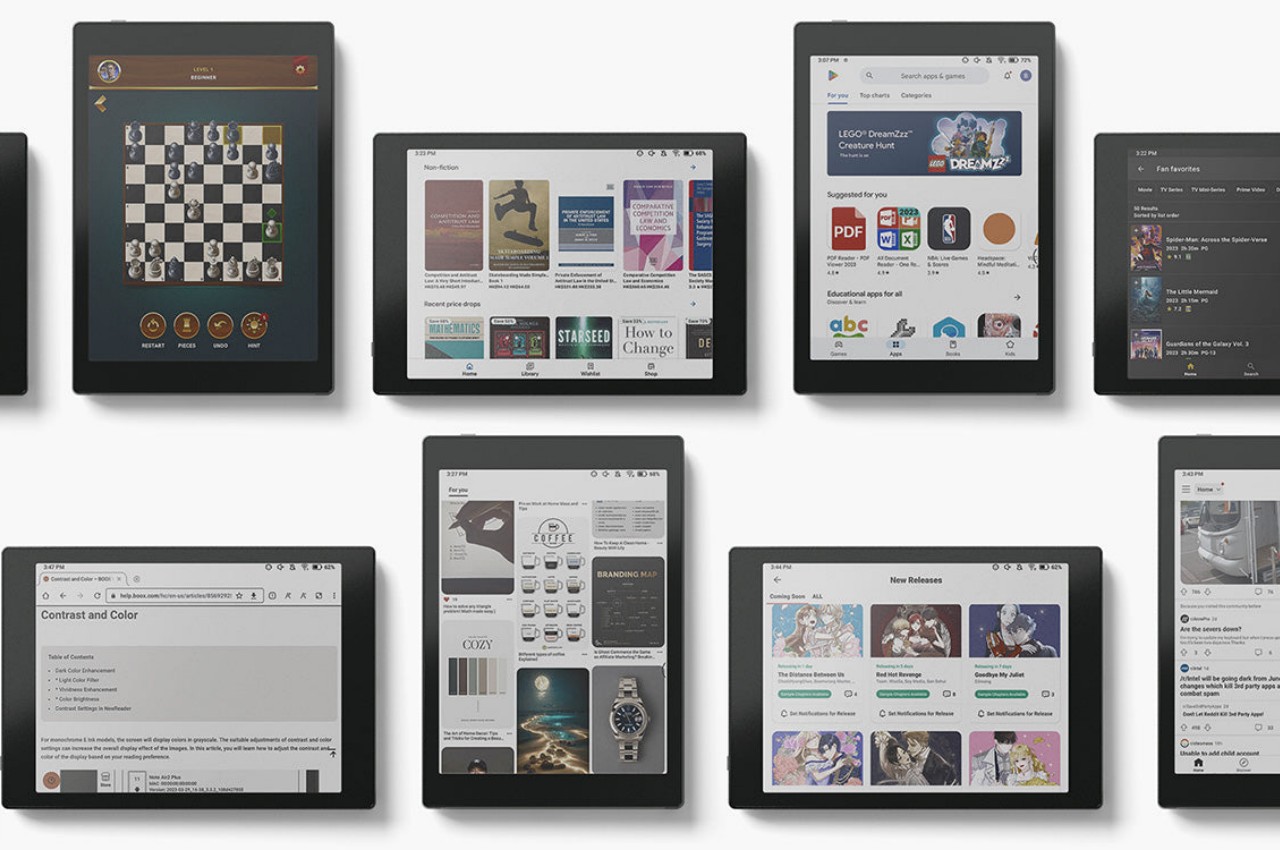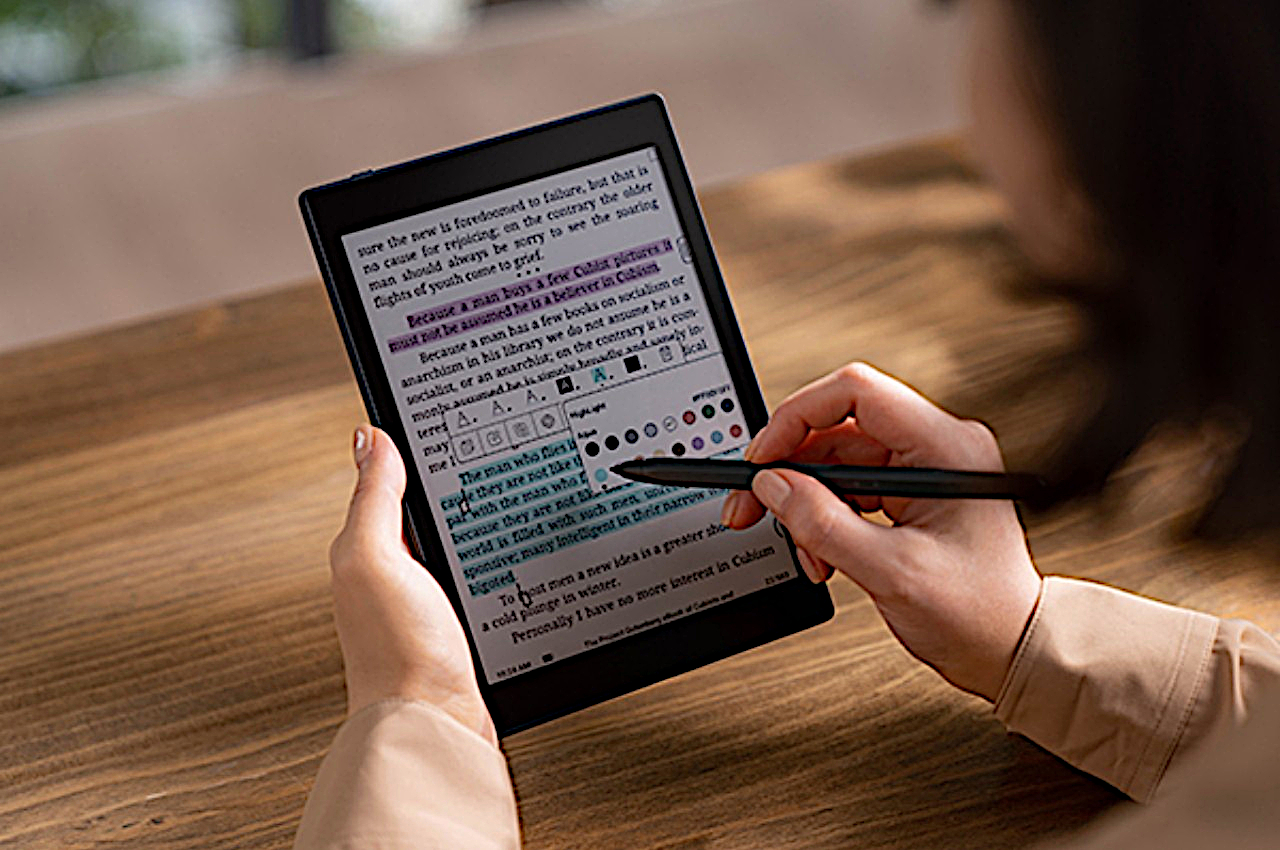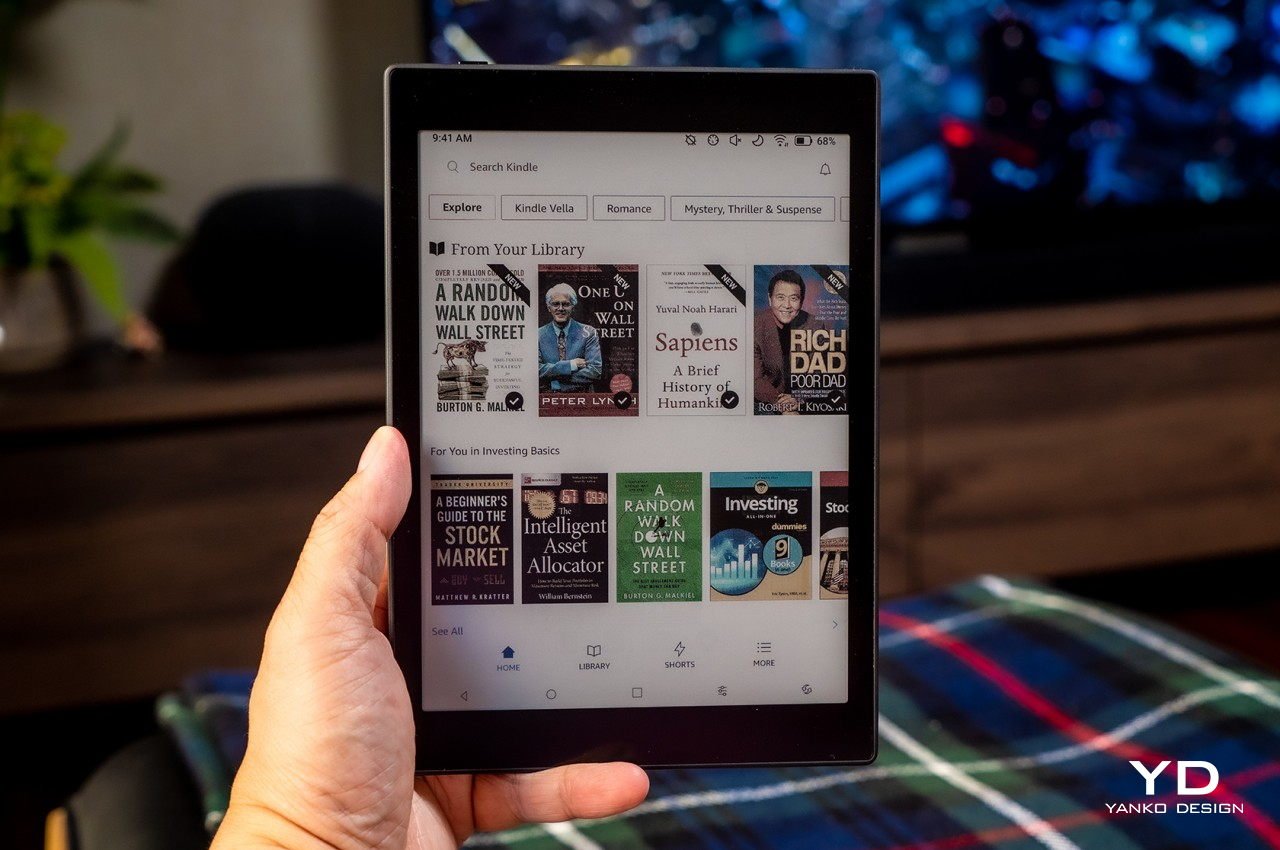
PROS:
- More comfortable and portable size
- Excellent color E Ink display
- Google Play Store pre-installed
- Impressive performance and battery life
CONS:
- A bit pricey
- Design looks a little bland
RATINGS:
SUSTAINABILITY / REPAIRABILITY
EDITOR'S QUOTE:
The Onyx BOOX Tab Mini C is a coming-of-age for E INK tablets, combining the best features in a more ergonomic and convenient size.
If you thought that eBook readers have gone the way of the dodo because of smartphones and tablets, you probably haven’t been paying attention to the tech market in the past two or so years. As people become more weary of the harmful effects of screens on their eyes and bodies, especially at night, the desire for E Ink devices has started to grow stronger. And just in time, these devices have started growing out of their humble roots, blurring the lines between extremely simple eReaders and powerful tablets. Leading this new wave of innovation is Onyx BOOX, which has been pushing the boundaries of what these devices are capable of in terms of power and size. Its latest BOOX Tab Mini C tries to distill all these new features down to a more manageable size, so we take a deep dive to see whether it successfully pulls off this hat trick or if it cuts too many corners along the way.
Designer: BOOX
Aesthetics
It’s hard not to compare the BOOX Tab Mini C with its older, larger sibling, the BOOX Tab Ultra C. Just by the name alone, you can already tell they’re related and you might easily write off the Tab Mini C as the smaller version and nothing more. There’s some truth to that, of course, but you’d be doing yourself a disservice if you stop there because you could be missing out on a device with a lot of potential. The two E Ink readers do have notable differences and, fortunately, most of them work in the Tab Mini C’s favor. Most, but not all.
The biggest difference is, of course, the size, with the BOOX Tab Mini C’s 7.8-inch display coming in a more familiar size for eBook readers. Of course, that’s just the display size, because the actual size of the device is a lot larger. That’s thanks to the substantial bezels around the E Ink screen, which sadly makes the device look more like an unappealing blast from the past. The AG glass cover does lie flat across the front, making it look a little modern, but it’s nothing compared to the sleeker look of the BOOX Tab Ultra C or, closer to its size, the new BOOX Page.
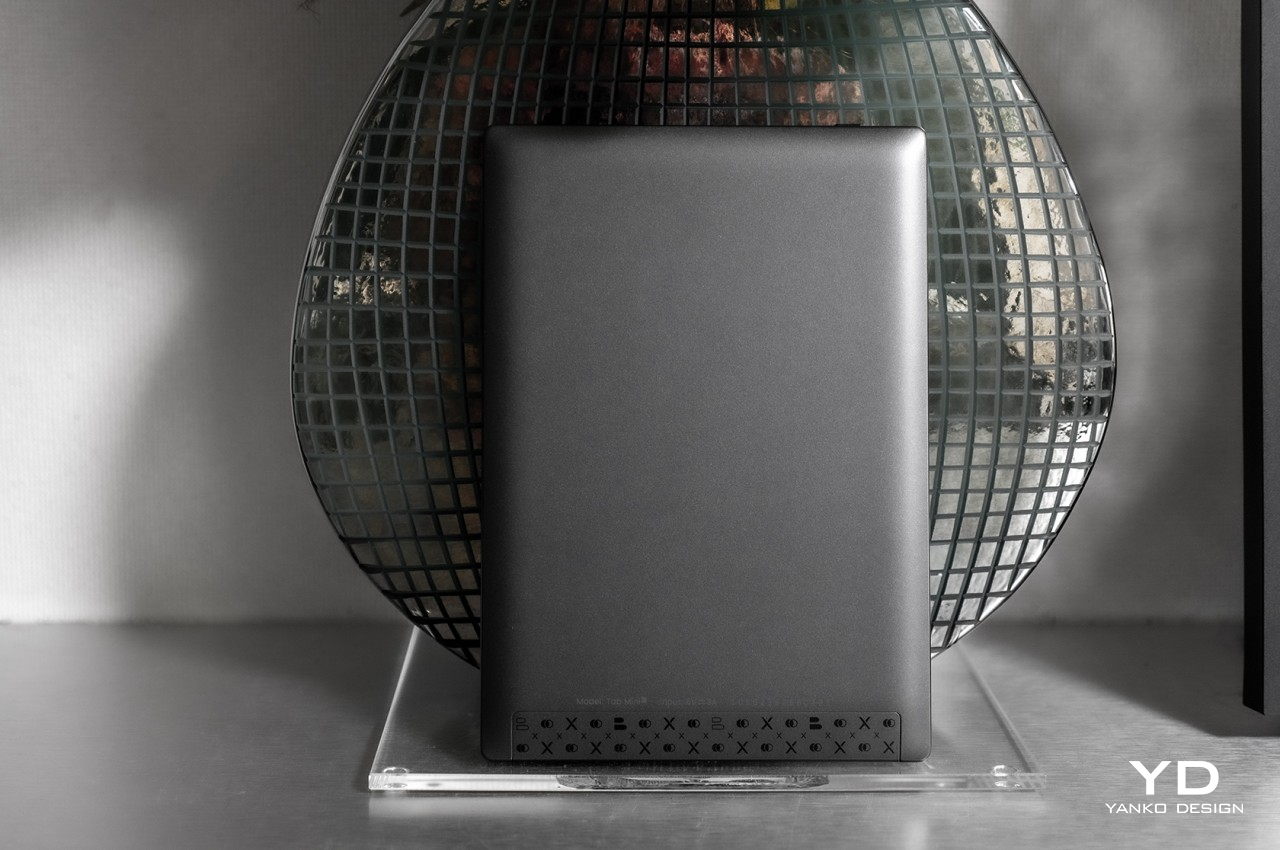
The back of the device is also very different from some of the more current selection of BOOX devices, sporting a somewhat old-school design where the edges are inclined and curved rather than completely flat. This makes the device look and feel thicker, though it also has the benefit of giving your hand a bit more comfort, as we’ll see later. Unfortunately, this along with the wide bezels make the BOOX Tab Mini C look a bit unflattering and uninteresting, if not for the E INK display that, by default, shows its colors even when the device is locked or powered off.
Ergonomics
Size does matter, especially when it comes to portable devices like phones and tablets. It defines what you can and can’t do with the product, at least on a comfortable level, and it dictates how portable and convenient it really is. That’s definitely the case with the BOOX Tab Mini C, which addresses one of the biggest pain points of the BOOX Tab Ultra C, no pun intended.
Weighing only 310g, the BOOX Tab Mini C makes the device easier to hold for longer periods of time, especially with just one hand. It’s a little over the size of an iPad mini, but significantly lighter than its Ultra sibling. The curved edges of the tablet’s back help with that comfort, too, letting it settle into your hand with fewer sharp edges to cut into your skin. In short, this is the ultimate color E Ink reader in terms of comfort and portability, ensuring that you’ll want to have it in your hand all the time.
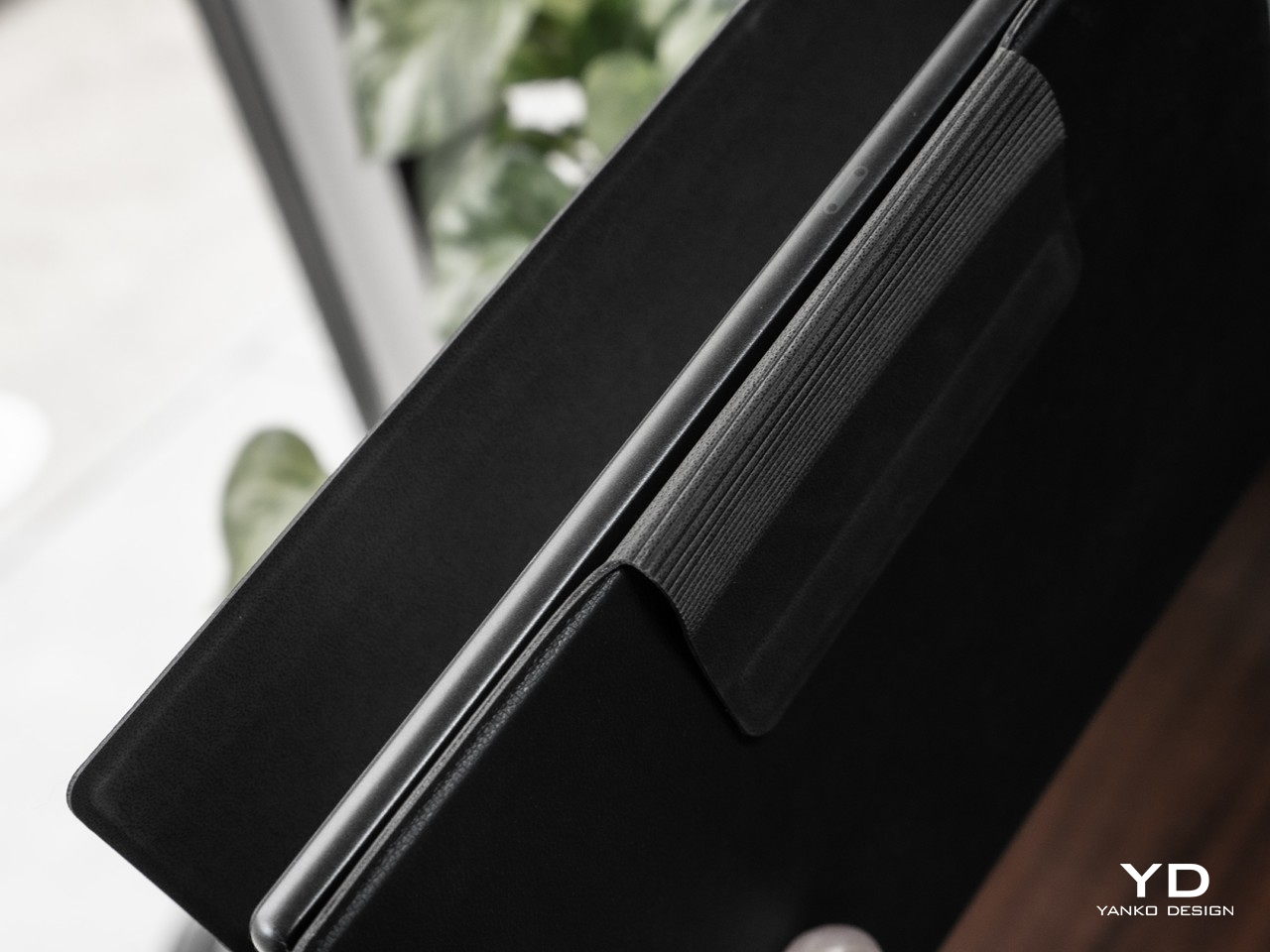
When it comes to comfort, its selling point is, of course, that 7.8-inch Kaleido 3 E ink display. It doesn’t strain the eyes as a regular LCD or OLED screen would because it doesn’t shine light in the direction of your eyes. It doesn’t even have backlighting but instead employs front lights that let you pick not only the brightness but also the temperature warmth, mixing it up to your comfort depending on what you’re reading. And since it supports 4,096 colors rather than shades of gray only, this eye-friendly benefit applies not only to ebooks but to every piece of digital content as well, from comics to PDFs to webpages and, if you’re really up to it, social media. It’s the ultimate reader’s dream, now in a more convenient package.
Performance
What sets Onyx BOOX’s devices apart from the older generation of eBook readers is the fact that they’re really Android devices, both in terms of hardware and software. Nowhere is that more evident than in the BOOX Tab series, including this newest arrival. You could even call them Android tablets with E Ink displays and you wouldn’t be off the mark.
In terms of specs, the BOOX Tab Mini C would be the equivalent of a mid-range Android tablet, powered by an unnamed octa-core Qualcomm Snapdragon processor with 4GB of RAM and 64GB of storage. Interestingly, these are the very same specs as the larger Tab Ultra C, save for half the internal storage capacity. It even has the same dedicated graphics processor that is responsible for the display’s unbelievably fast performance. You do have options of whether to prioritize speed over quality, but the Tab Mini C is able to deliver satisfactory results on every level.
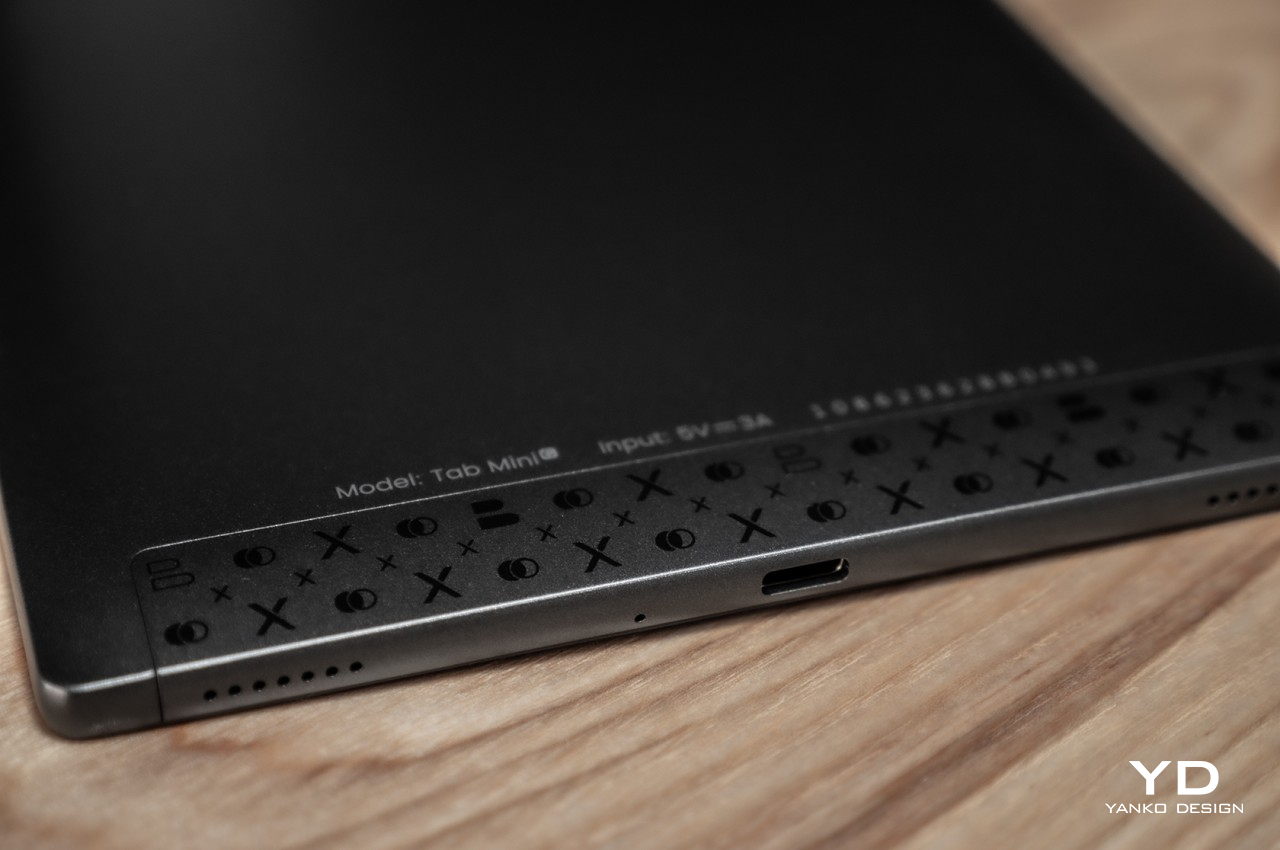
The small eBook reader slash Android tablet houses a large 5,000 mAh battery, which, truth be told, isn’t that significantly lower than the 6,300 mAh on the Ultra model. Battery life is what you’d expect from an E Ink device, lasting for days or weeks rather than hours. The one caveat is that it’s actually shorter than your average eBook reader, depending on how many non-reading apps you use. It’s a powerful device that can run almost any Android app, but that comes at the cost of battery life, especially if you leave some of those running in the background.
Rounding up the specs is Bluetooth 5.0, which you will mostly use for hooking up wireless earbuds, USB-C for charging, and Wi-Fi 802.11b/g/n/ac for Internet connectivity. There’s also a gyro sensor that’s useful for automatically rotating the user interface depending on the device’s orientation. Unlike its larger sibling, there is no rear camera for document scanning. The BOOX Tab Mini C ships with a stylus, though the BOOX Pen Plus is the kind that doesn’t have an eraser on the opposite end of the tip.
The Tab Mini C runs Android 11 with Onyx BOOX’s special skin running on top. It’s not exactly the latest Android release, but that’s not surprising for the brand either. Although Onyx does support devices for about five years with regular updates, they rarely upgrade the Android version during their lifetime. The Onyx BOOX OS, as it is sometimes called, has changed a lot since the early days, and this most recent incarnation brings it closer to being a more familiar Android interface without completely removing the eReader experience. It even comes with Google Play Store already pre-installed, so you’re just a few simple steps away from installing your favorite Android apps. The device comes with Onyx’s own Neoreader, which is quite impressive for its wide support of file formats and a plethora of features. You aren’t limited to that, however, and you can install any kind of eBook app or library you want, including Amazon Kindle, Kobo, Comixology, and more.
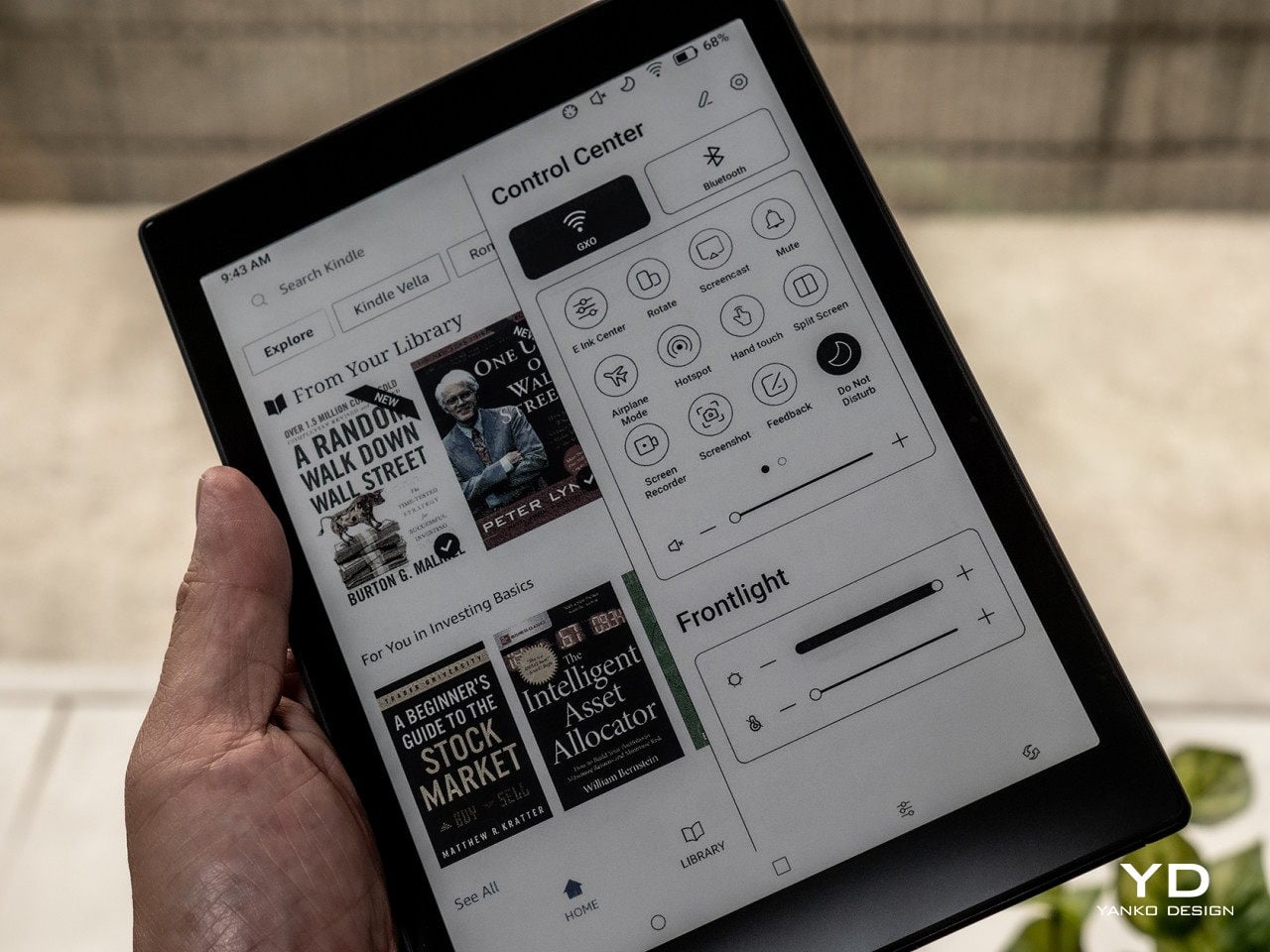
The device’s crowning glory is really that color E Ink display, now available in a more convenient size. With a pixel density of 300 ppi for black and white and 150 ppi for color, text always comes out crisp, regardless of their color. Those colors are also vibrant, at least as far as 4,096 colors go, and they’re well-saturated and not washed out. The 7.8-inch size is perfect not just for reading books but also for comics, manga, magazines, and PDFs, hitting the sweet spot between small and large screen sizes. That said, it isn’t an ideal size for A5, much less A4, documents, which is where larger devices like the BOOX Tab Ultra C shines. It’s not that big of a sacrifice, though, especially if you’re getting convenience and comfort in return.
The BOOX Tab Mini C is more than just a reader, though, especially with that stylus it ships with. The BOOX Notes app and Neoreader’s built-in annotation capabilities transform it from a consumption device to a learning tool and more. Writing on the screen is smooth and fluid, and the matte glass surface adds a bit of toothiness and resistance that makes it almost feel like writing on paper. It only supports the most basic colors, of course, but true colors are viewable on regular screens once you export the note as a PDF or image. One important caveat, however, is that the pen’s smooth performance really only applies to BOOX’s first-party apps and a few choice ones like OneNote, Evernote, and the WPS Office Suite. There is a considerable lag when using other apps, which is something that avid note-takers might want to consider.
Sustainability
Although Onyx has been playing the eReader game for a long time, it hasn’t yet jumped on a trend that is gripping big device manufacturers. Given the ubiquity and relative affordability of these kinds of devices, it almost behooves Onyx to also have a strong sustainability commitment in place. Unfortunately, we have yet to see that happen, though it’s also reassuring that it is at least doing some minor steps in that direction, intentionally or otherwise.
Using aluminum-magnesium alloy for its casing, for example, helps reduce the amount of plastic each device uses, and keeping the packaging to a minimum also helps a bit. Onyx doesn’t ship with a charger either, so that’s another point in its favor. Long-term software support helps keep the device running smoothly and securely for years, though eReaders, even Android-based ones, aren’t as high-maintenance as their full tablet counterparts anyway. Unfortunately, it doesn’t have much going for it when it comes to repairing and servicing its products, forcing owners to send in their devices to a few authorized service providers spread in a few countries. We’re still keeping our fingers crossed that Onyx BOOX will step up soon and be a role model in this industry.
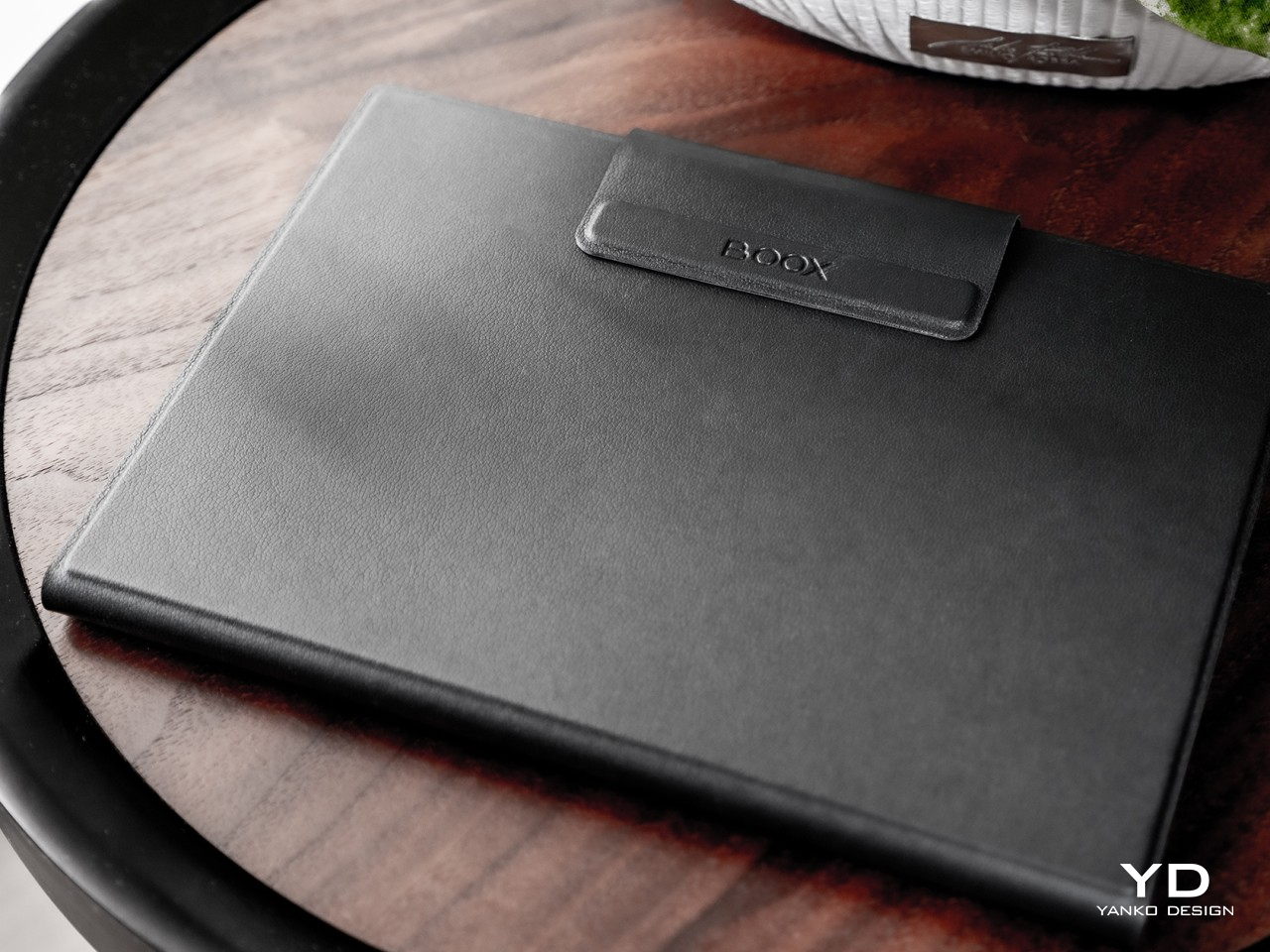
Value
The Onyx BOOX Tab Mini C is definitely a smaller version of the Tab Ultra C with very few differences, and you might ask why you would favor it over the “fuller” version at all. That said, the question works the other way around as well, where you might ask why you’d even want a larger and heavier tablet if you can have one that is lighter, more comfortable, and more convenient to carry around. It all boils down to what you’d use an E Ink device for.
The BOOX Tab Ultra C is clearly marketed more as a productivity device, one whose reading capabilities are put at the service of learning and working. It’s best for A5 or even some A4 documents, which is what most academic or scientific papers come in, not to mention magazines and periodicals. The larger screen size is also conducive for having two documents or apps side-by-side, and it supports a decent-sized keyboard for typing out notes, emails, and the like.
While it’s possible to do all those on the BOOX Tab Mini C as well, it isn’t as conducive for these use cases with its smaller display. Split screen, for example, will feel very cramped, and since there’s no official keyboard folio case, you’ll have to arrange for a separate Bluetooth keyboard for your typing needs. The hardware is very much capable of doing almost everything, but the smaller and lighter device feels best for reading and writing on the go rather than working on a desk.
As far as price goes, the Tab Mini C isn’t exactly inexpensive, though that $449.99 price tag, fortunately, includes a magnetic folio case. Compared to other E Ink devices, it’s quite pricey, but it is also in a class of its own. There are very few color E Ink readers that come in this compact size, and the closest competitors are either using older E Ink Kaleido technology or are even more expensive. At the moment, there is pretty much no contest when it comes to a pocket-book size color eReader, making the BOOX Tab Mini C one of a kind.
Verdict
There is thankfully a resurgence in consuming text content that goes beyond scrolling through social media, whether it’s reading ebooks or tons of articles on the Web. This trend, however, has also made people more aware of how common screens wreak havoc on our eyes and our health, especially at night. ePaper Displays are becoming more popular because of this, to the point that there are even computer monitors that use it on the side or in their entirety. For readers of all kinds, however, a portable E Ink device is a better choice and investment.
Of these, the Onyx BOOX Tab Mini C probably represents the culmination of all the innovations available in this segment to date. Its 7.8-inch E Ink Kaleido 3 display brings a splash of color in a more ergonomic and comfortable size, while tablet-like hardware and a Google-enabled Android platform bring all the power and functionality you need on a portable device. Yes, it’s a bit on the pricey side and its design isn’t exactly inspiring, but these thankfully tend to get out of the way once you start immersing yourself in a world of text and colors that bring joy to your life without straining your eyes.
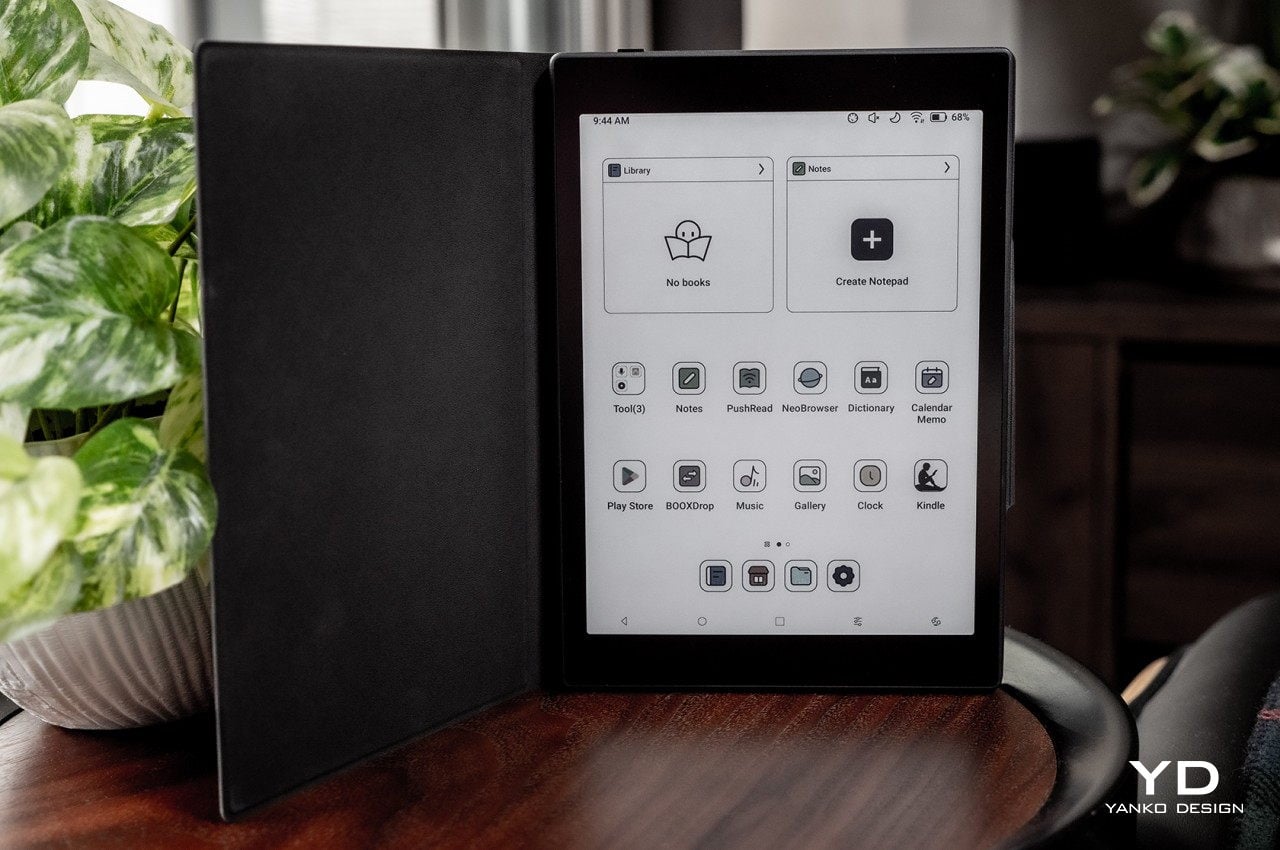
The post Onyx BOOX Tab Mini C: Color, Productivity, and Fun in a More Convenient Package first appeared on Yanko Design.
